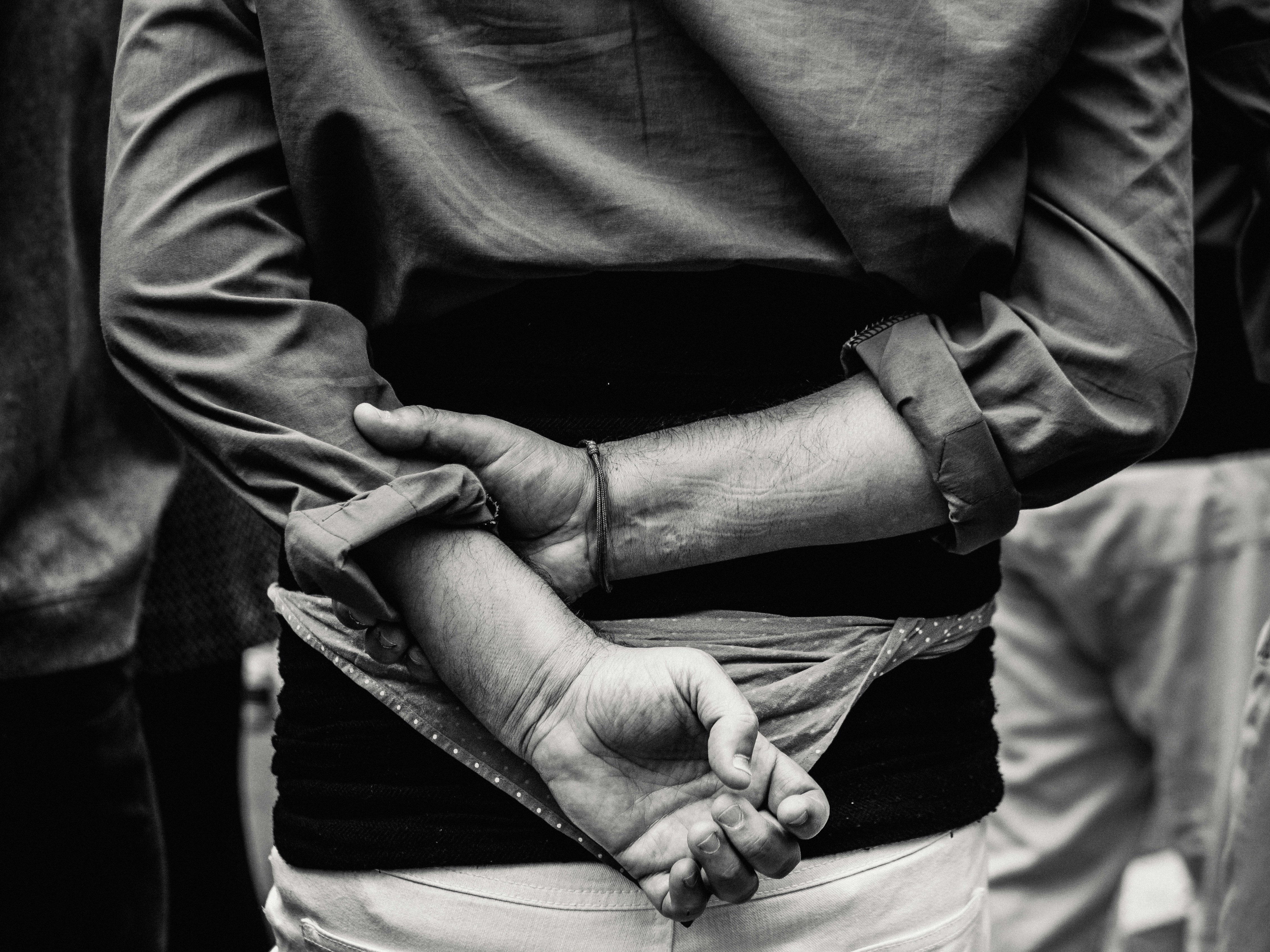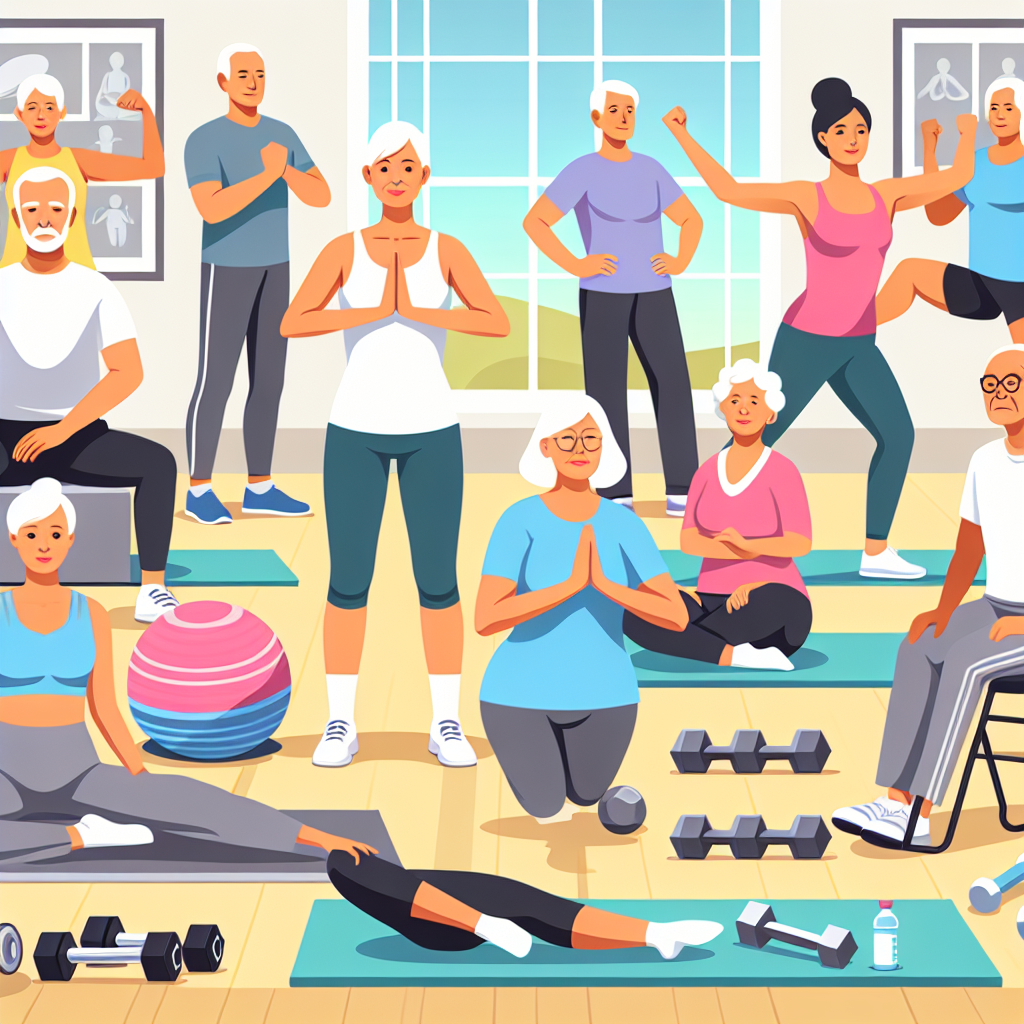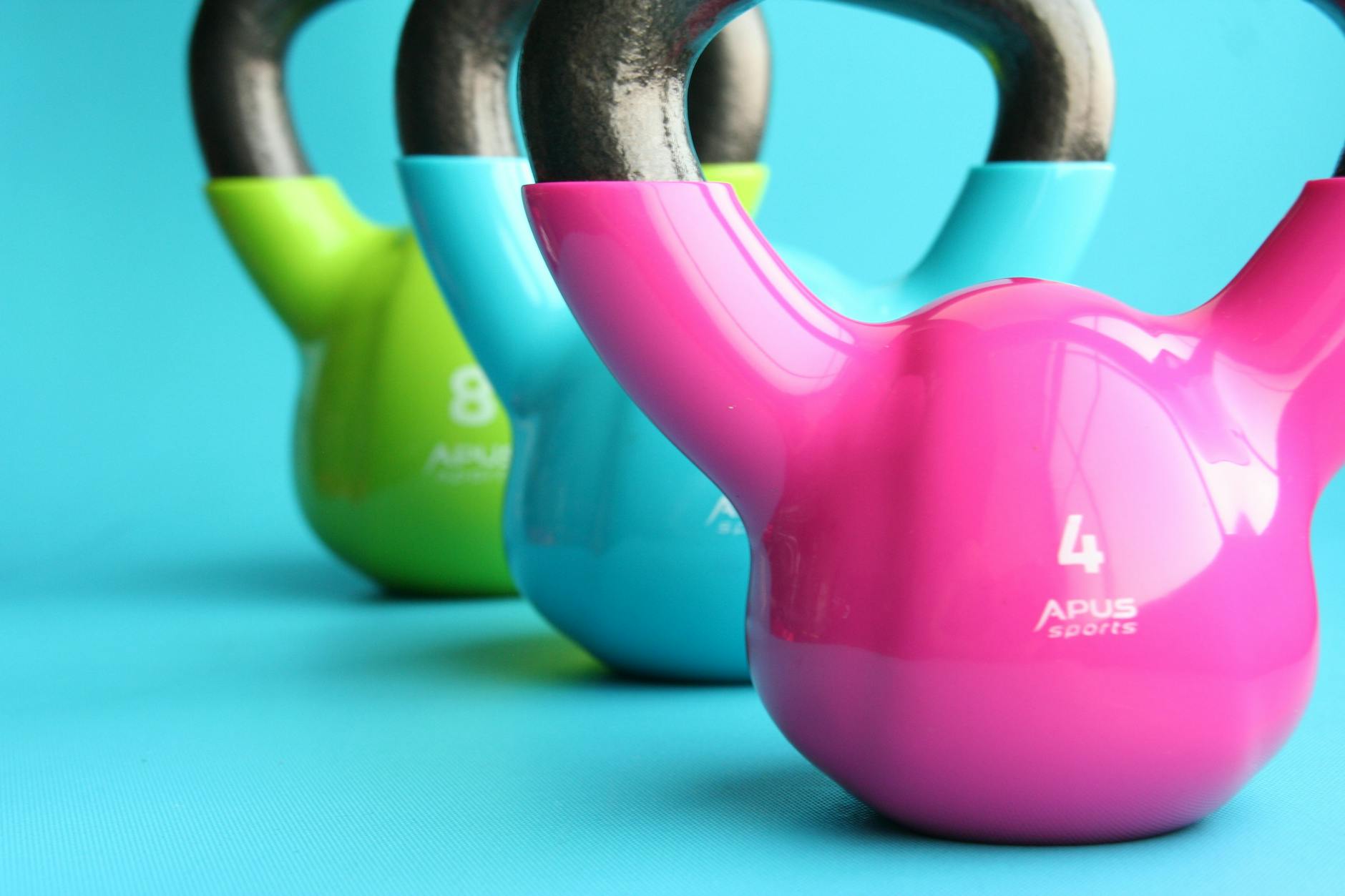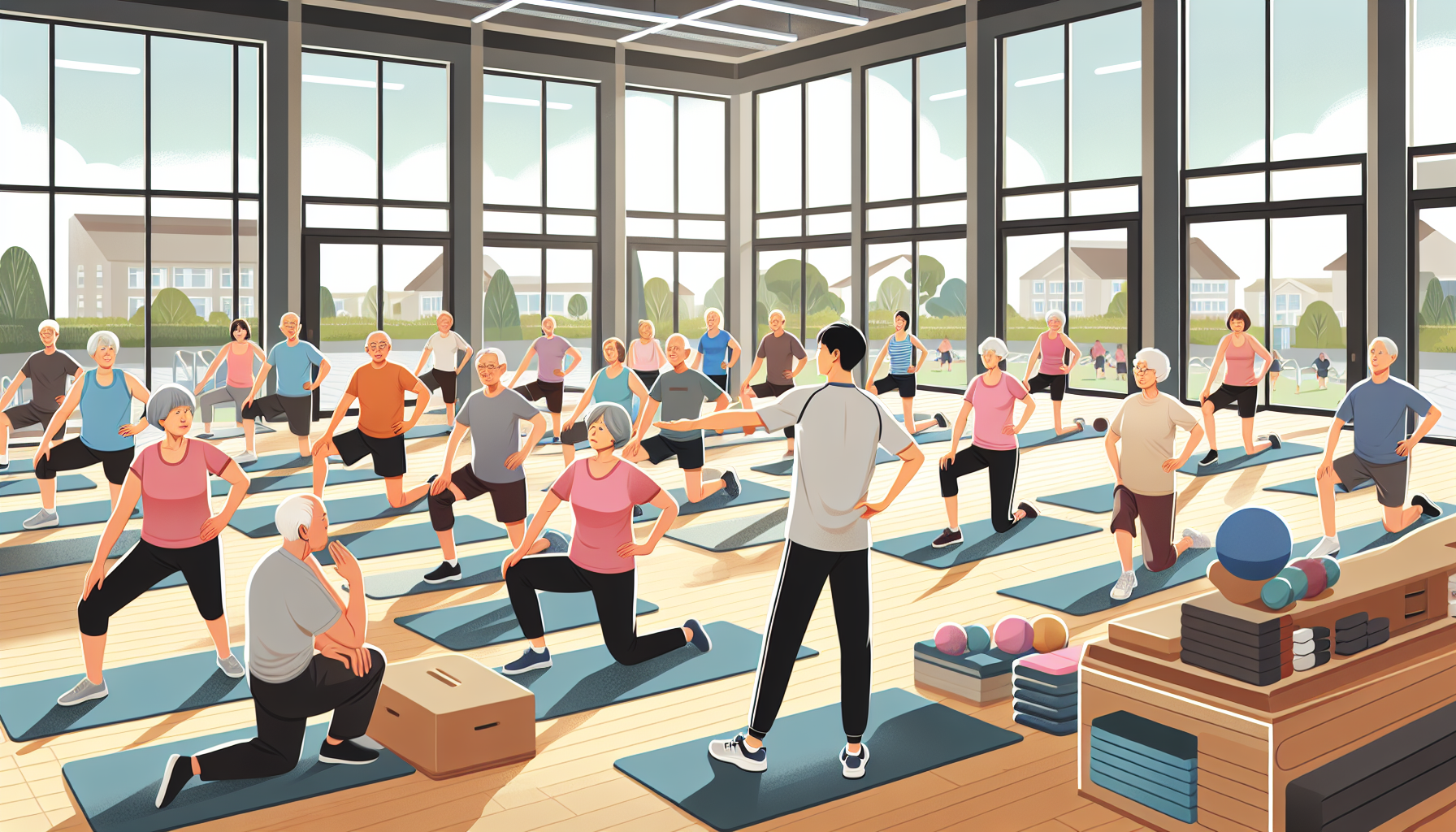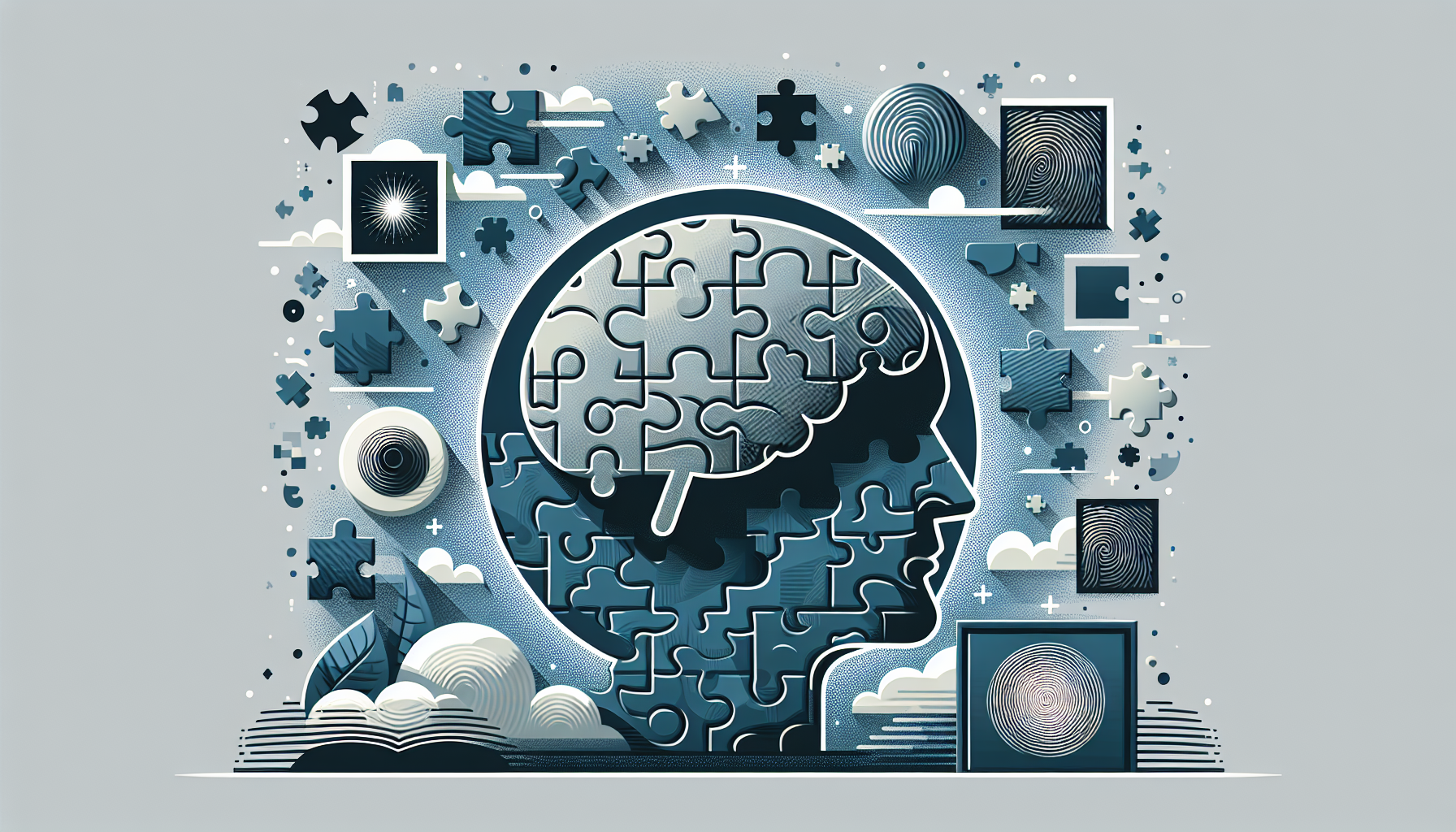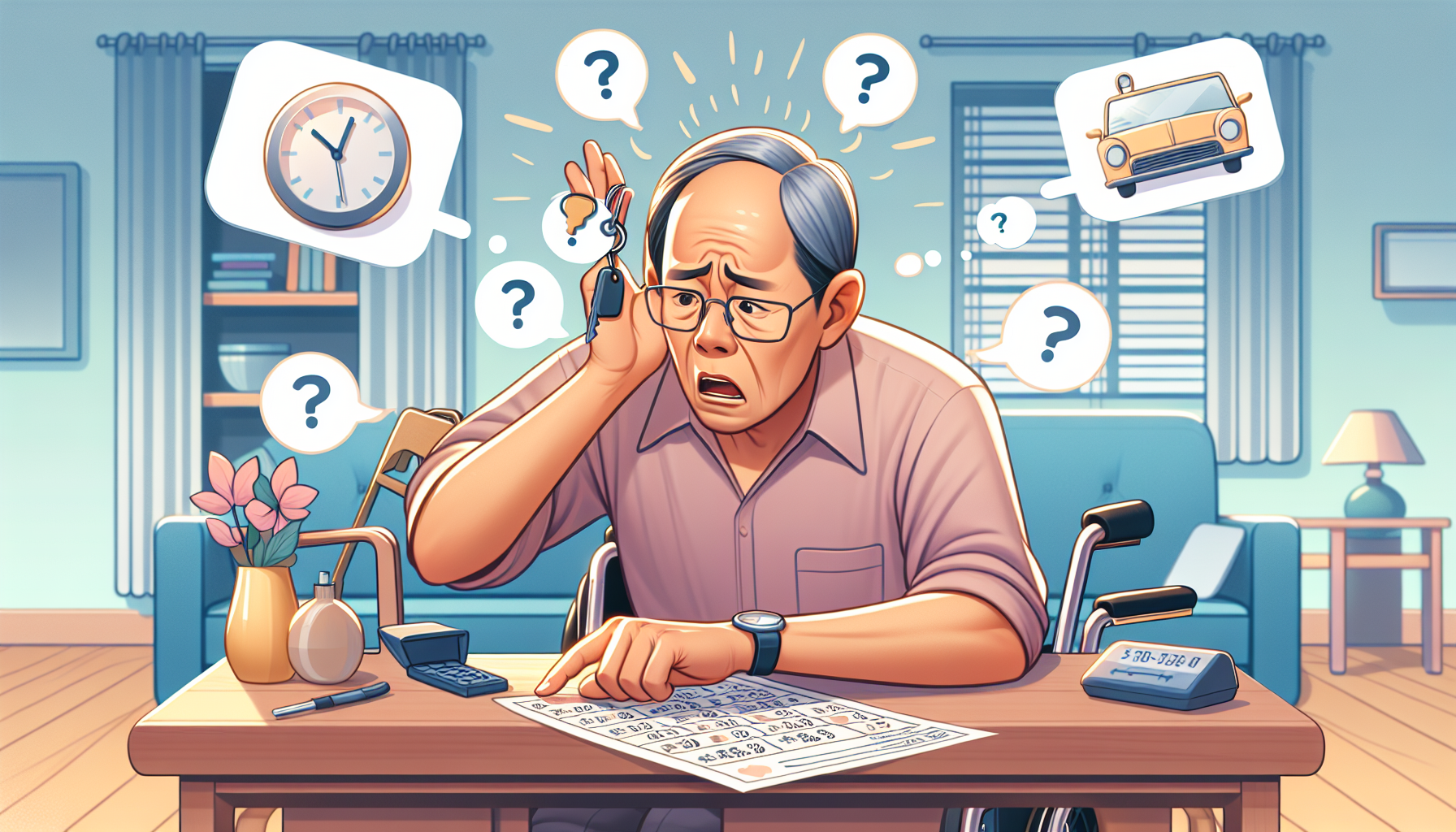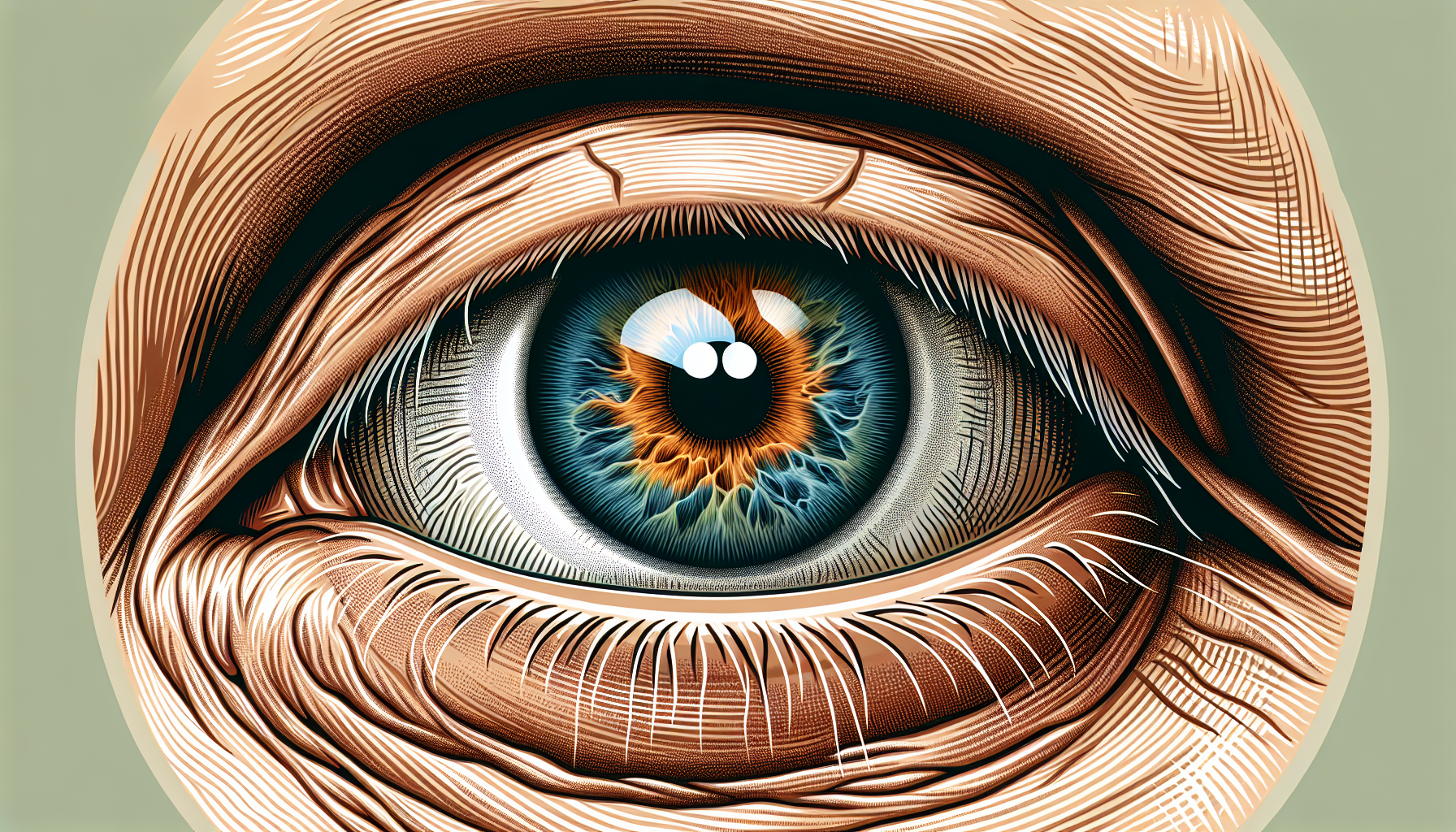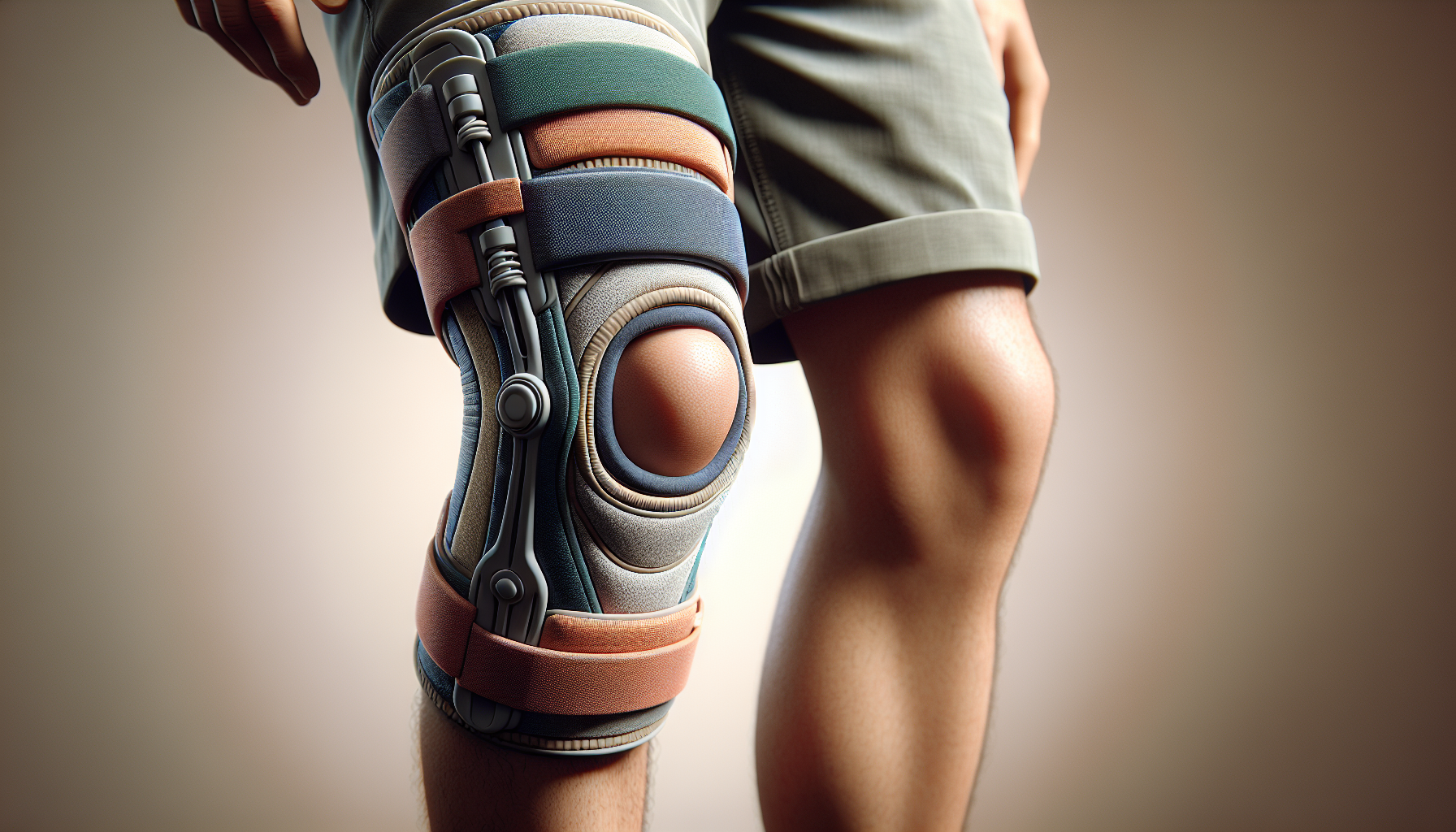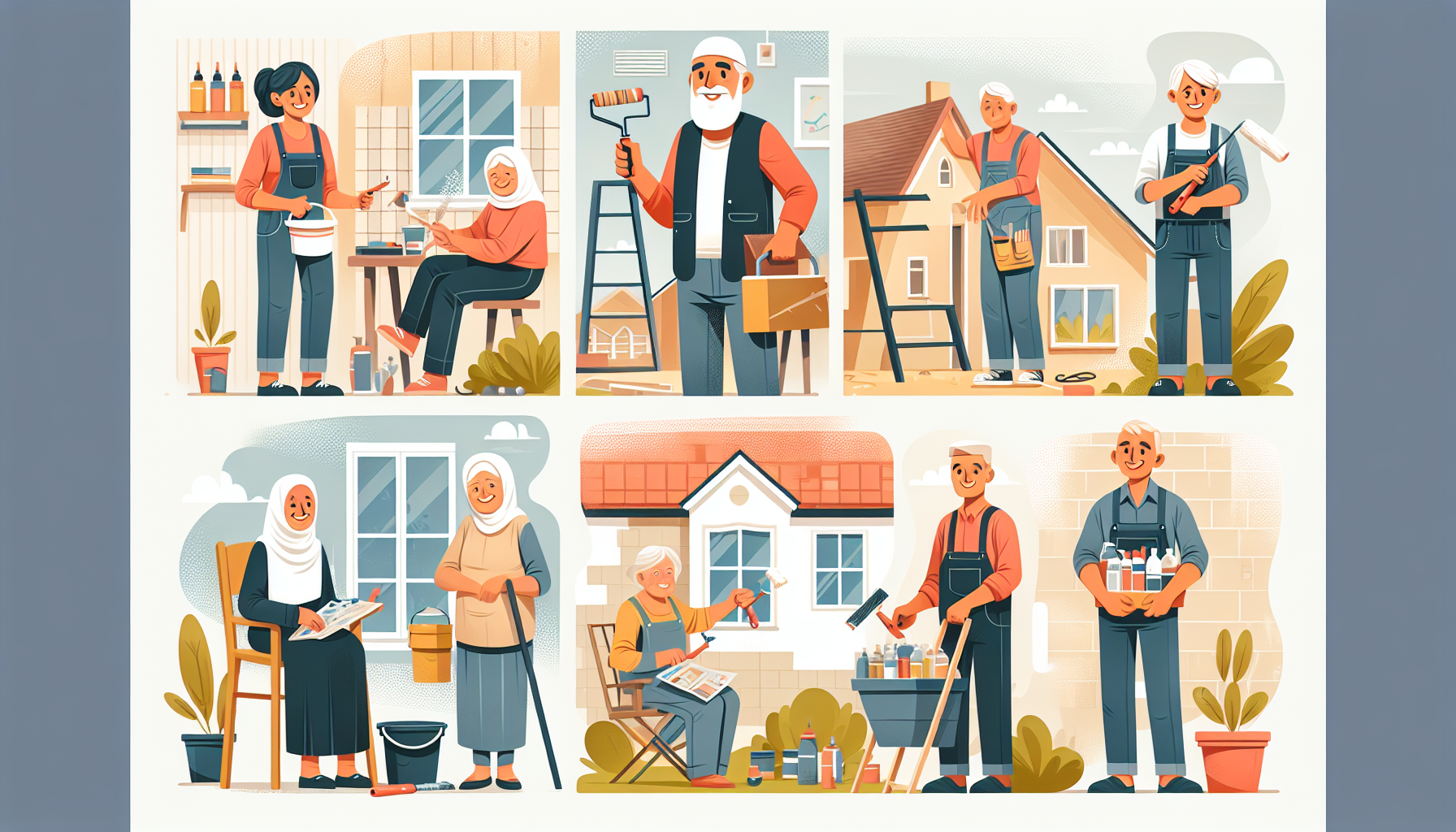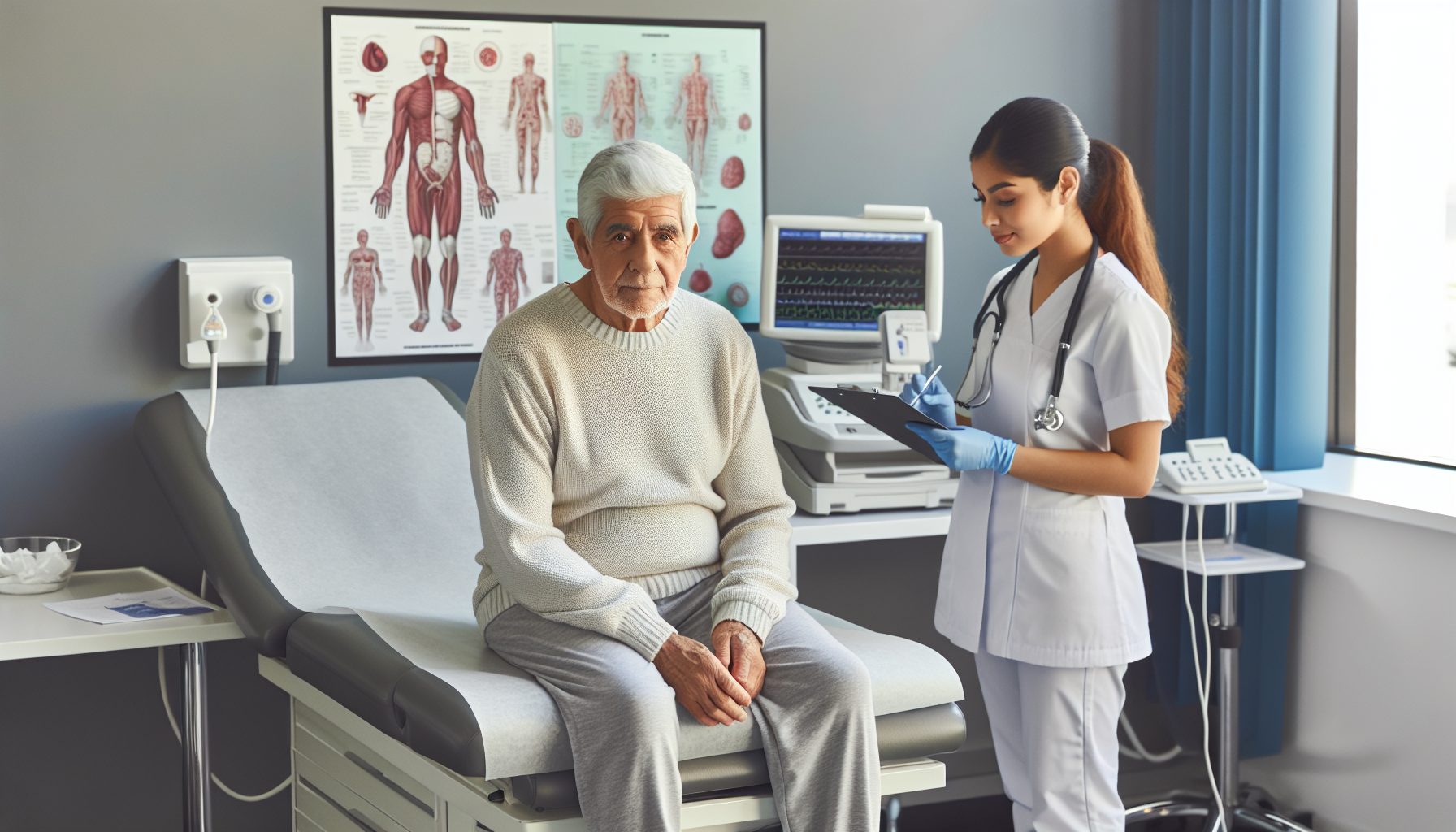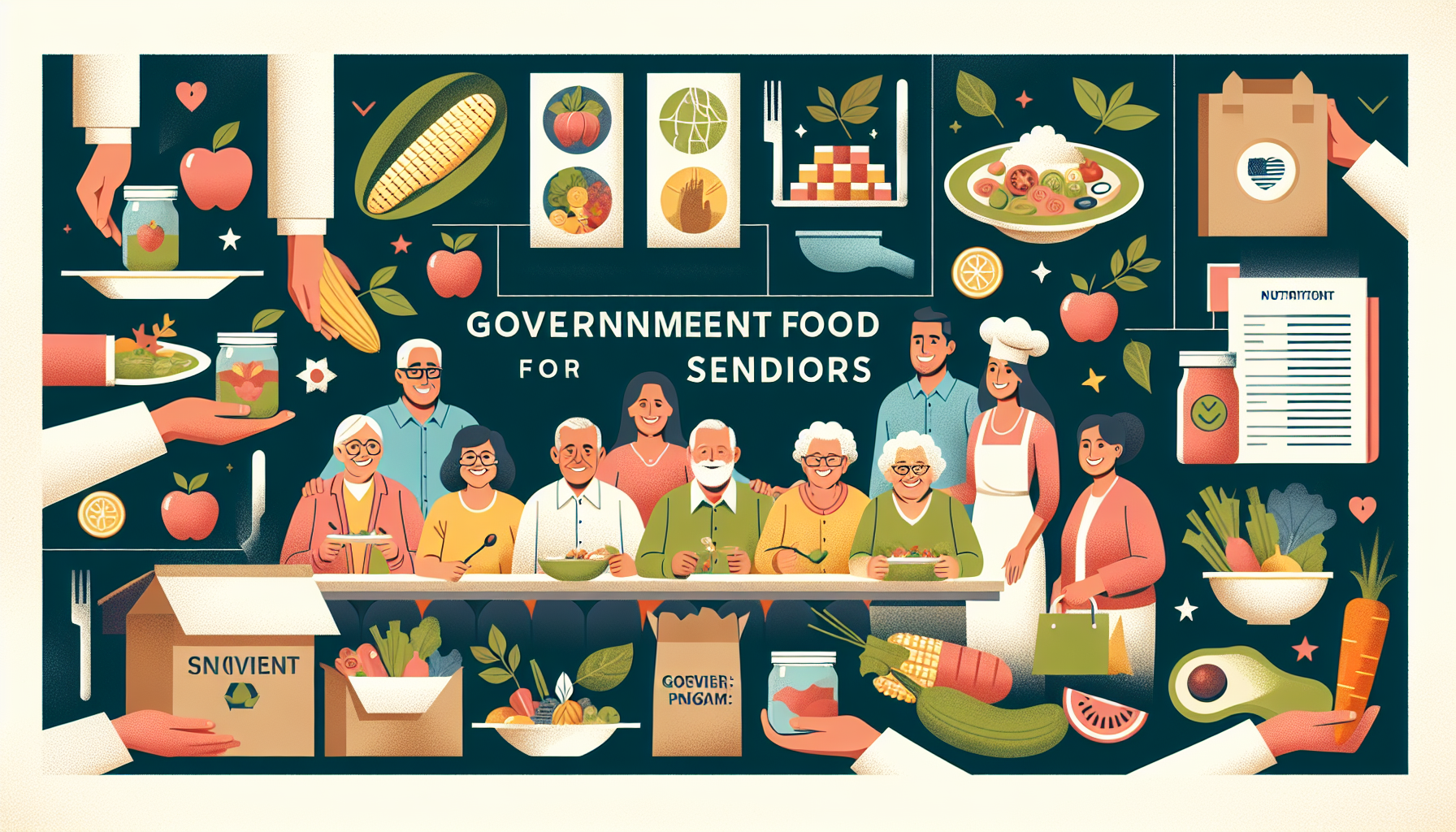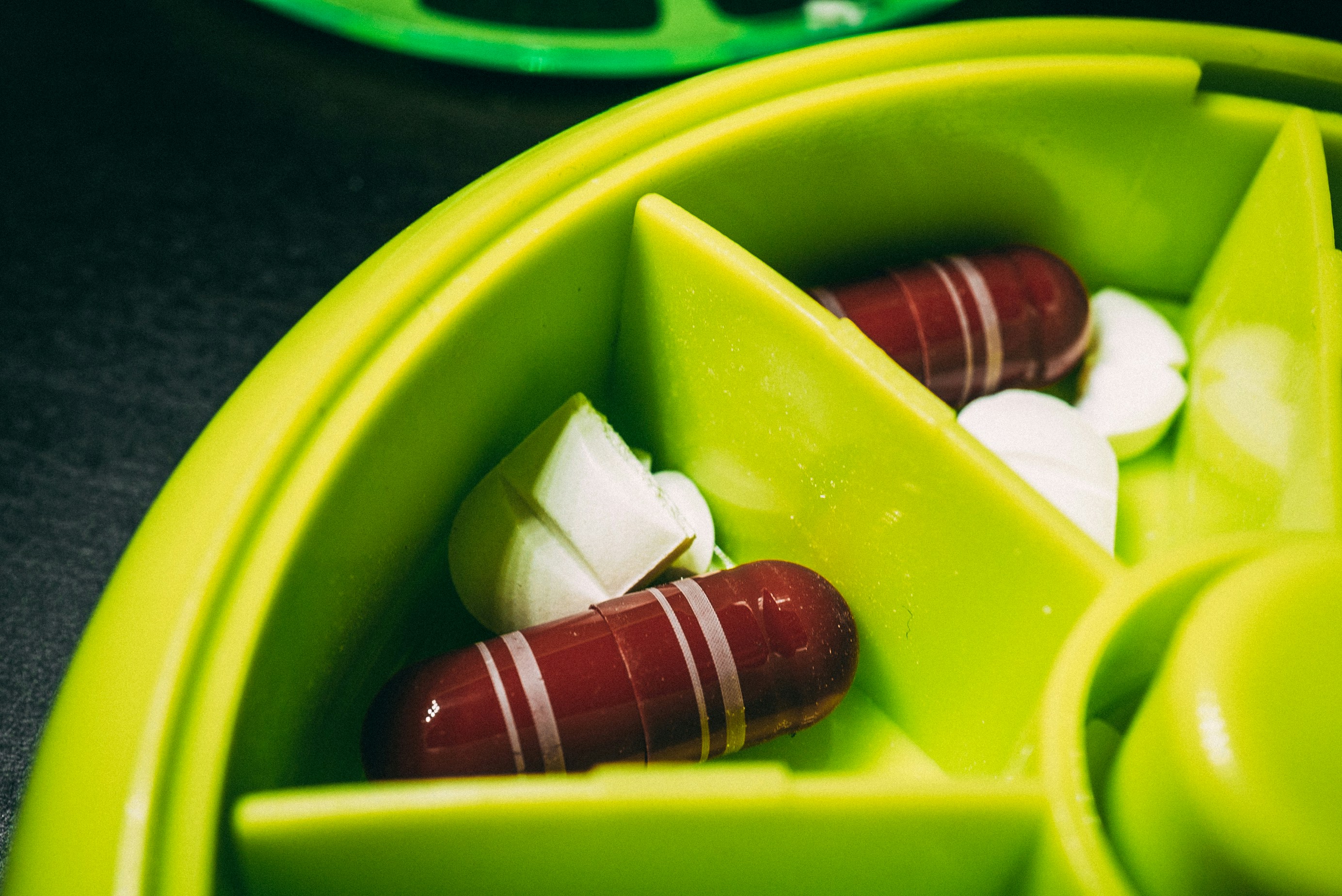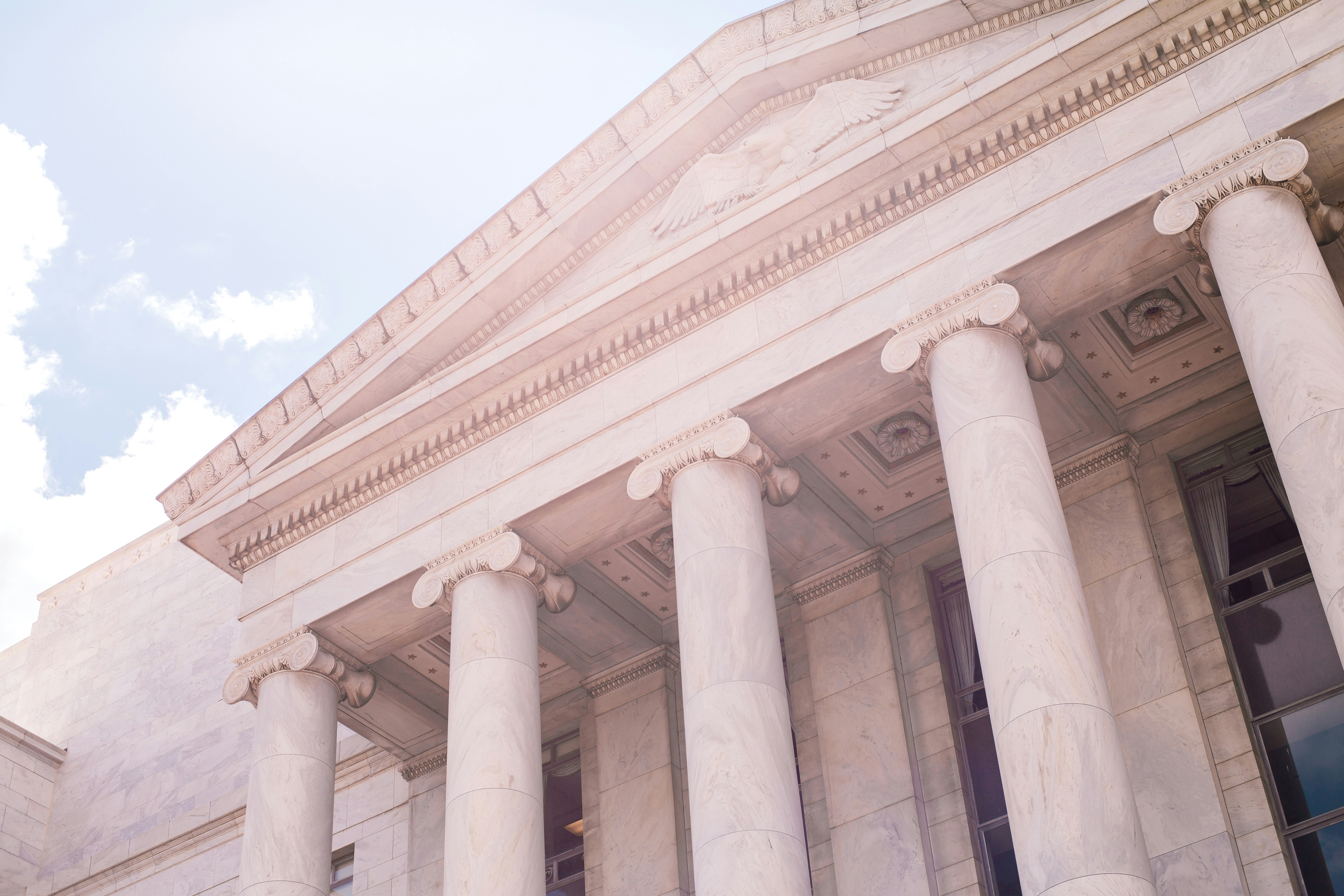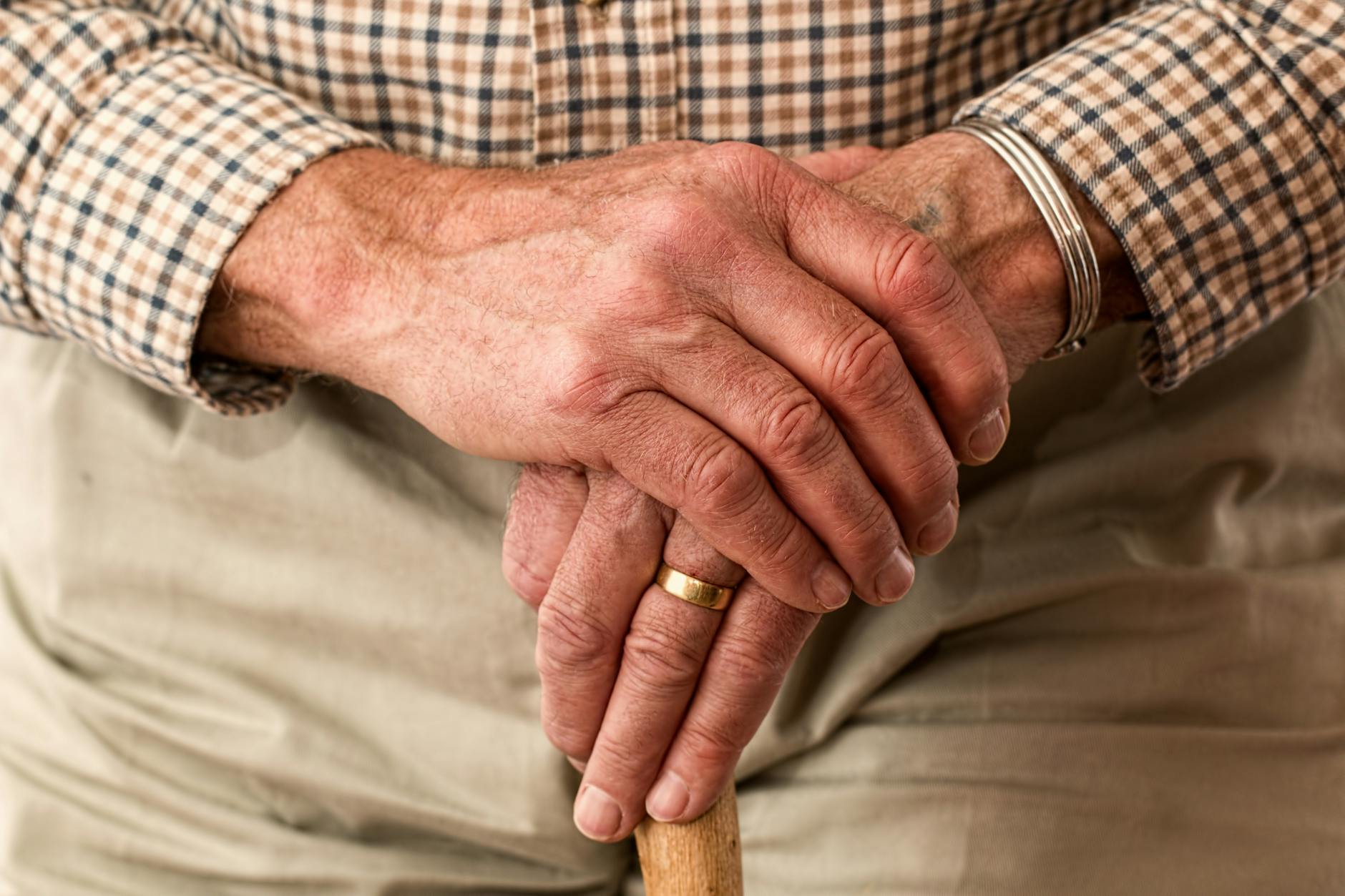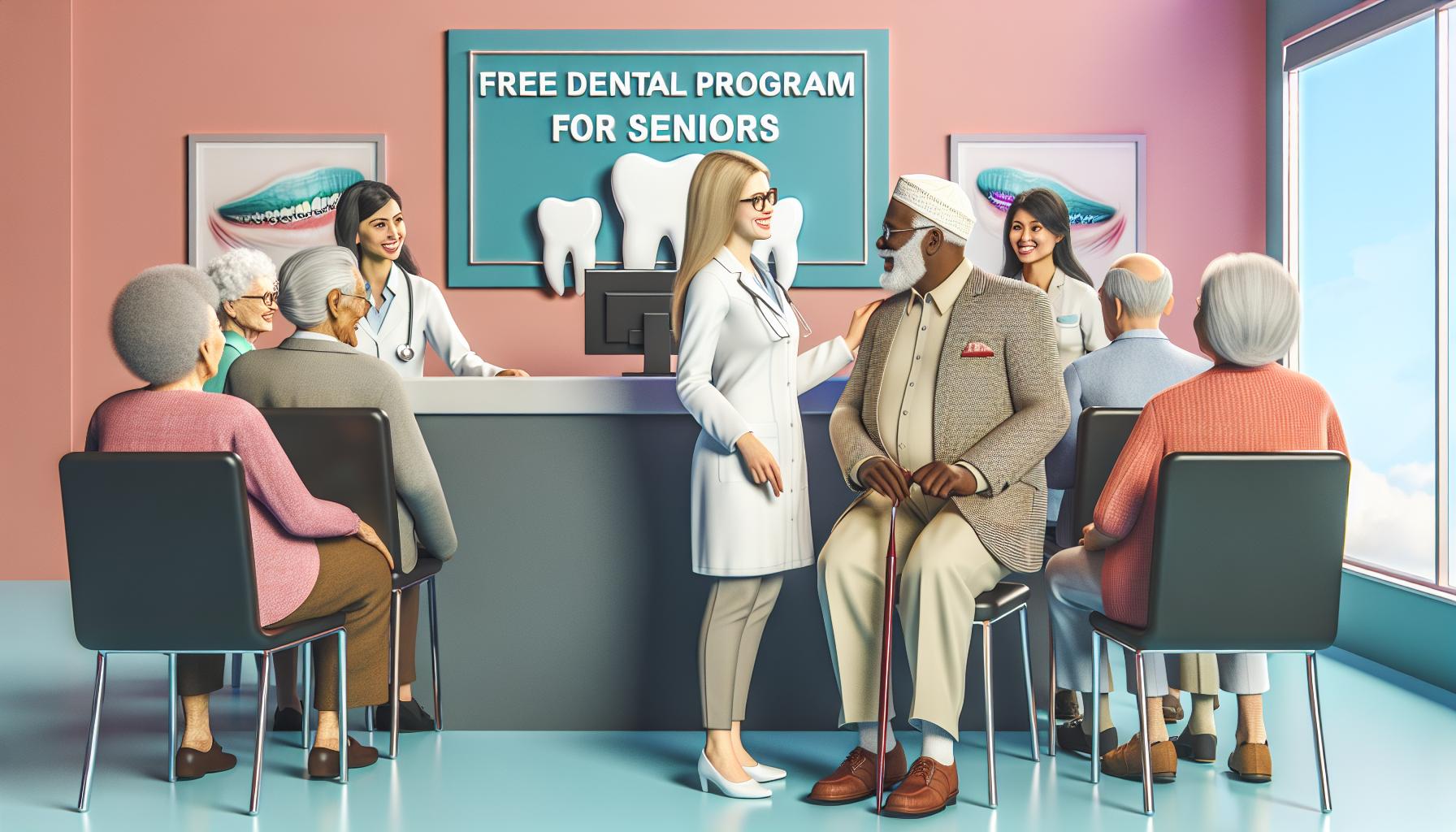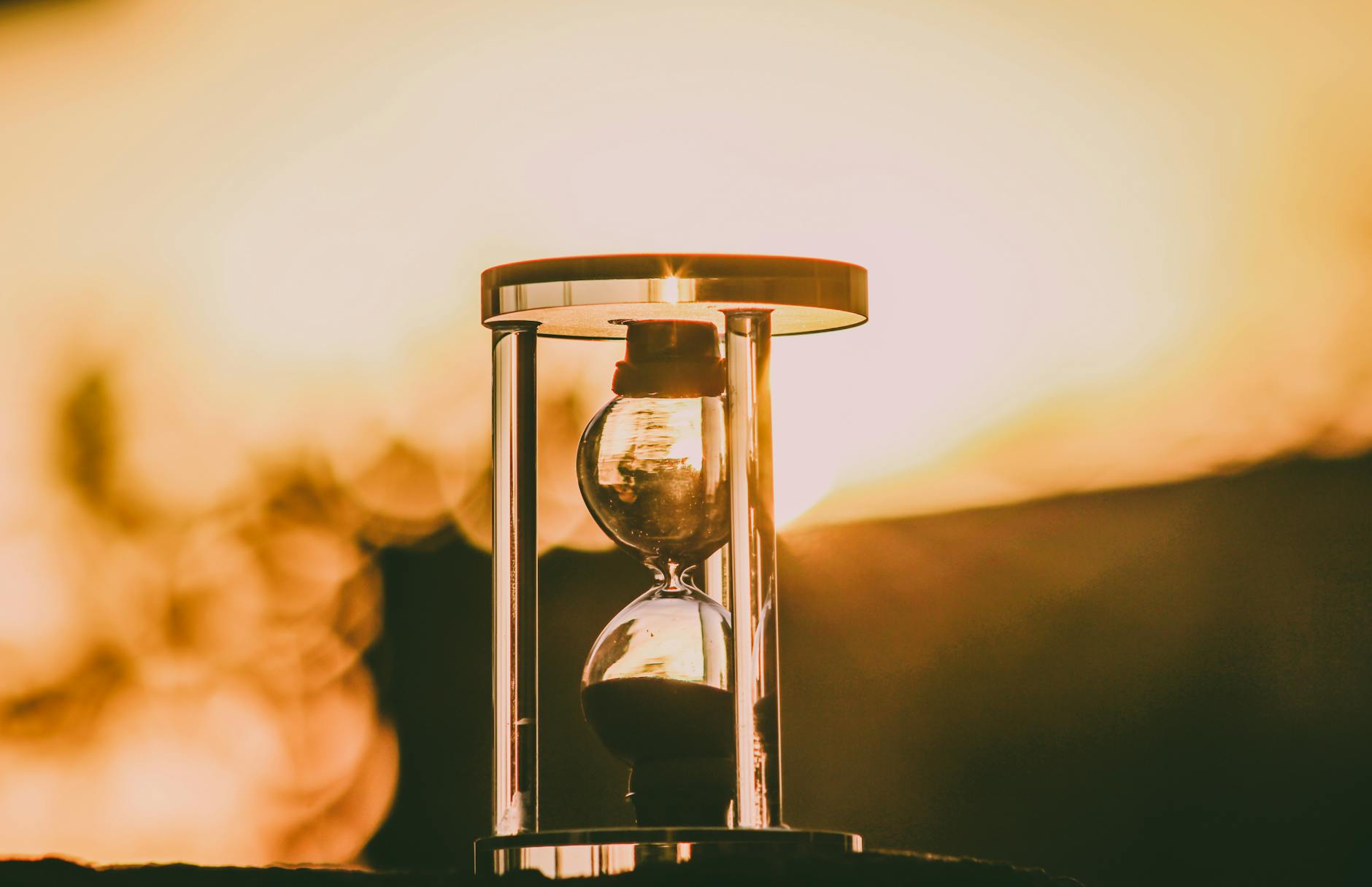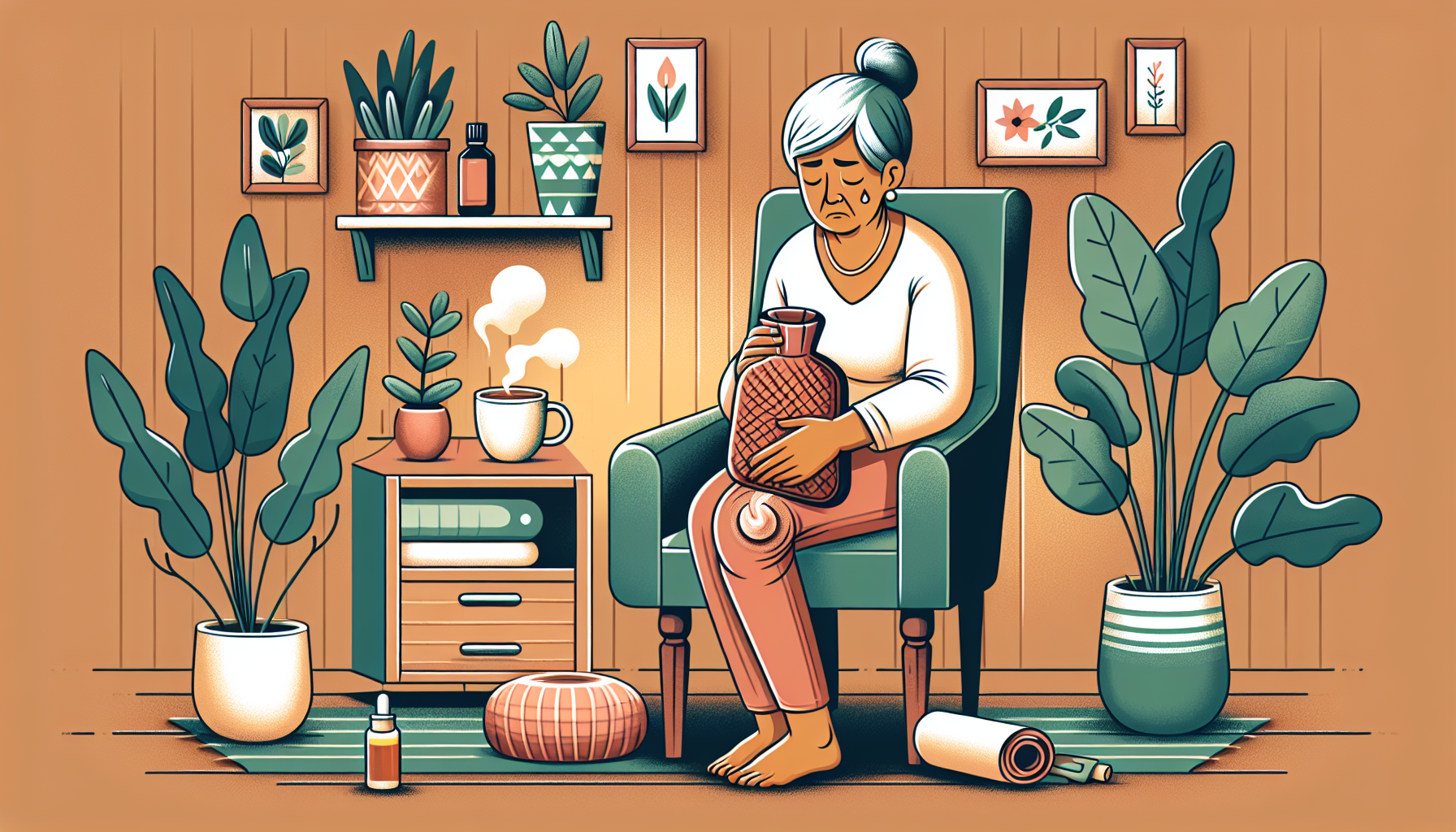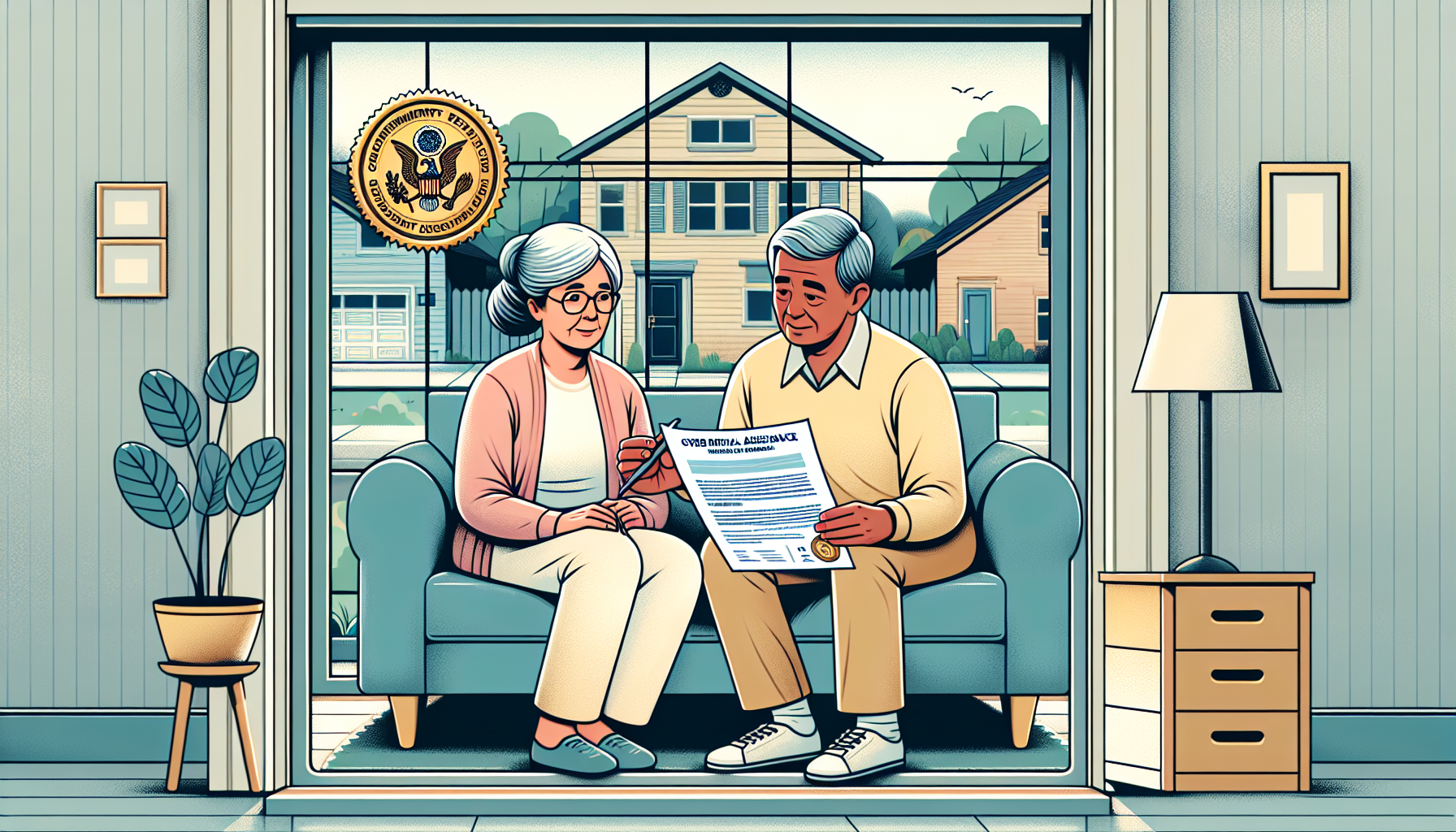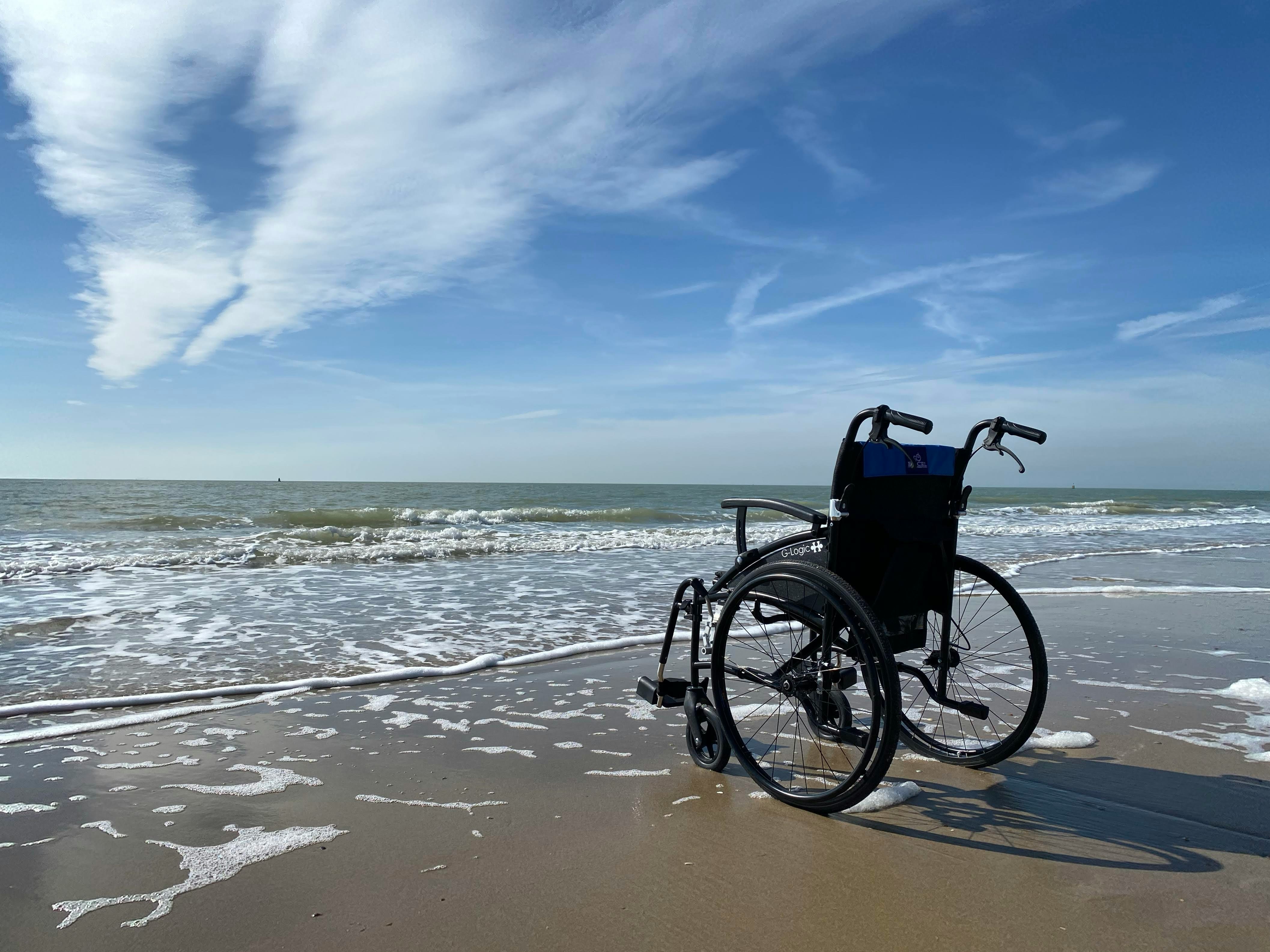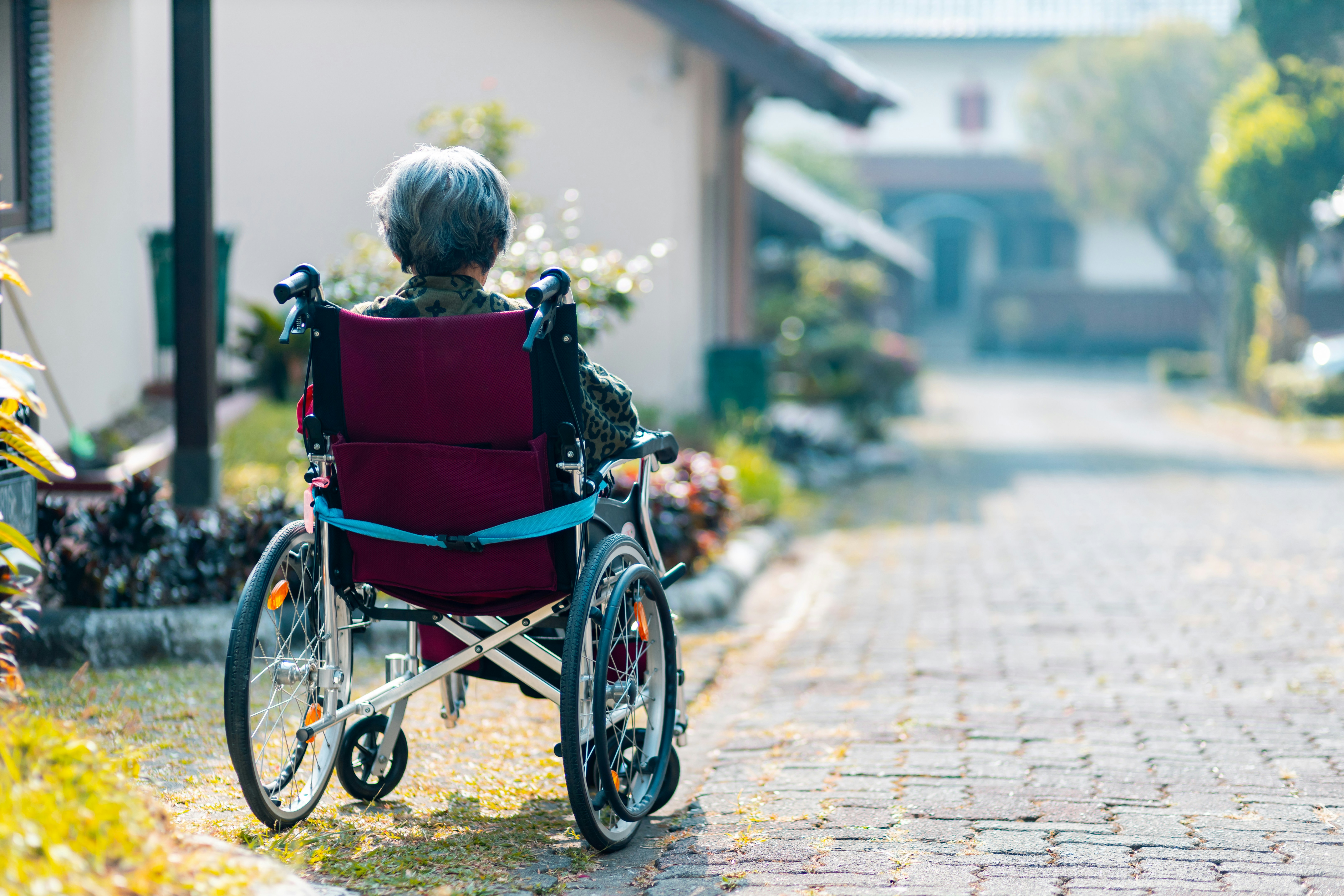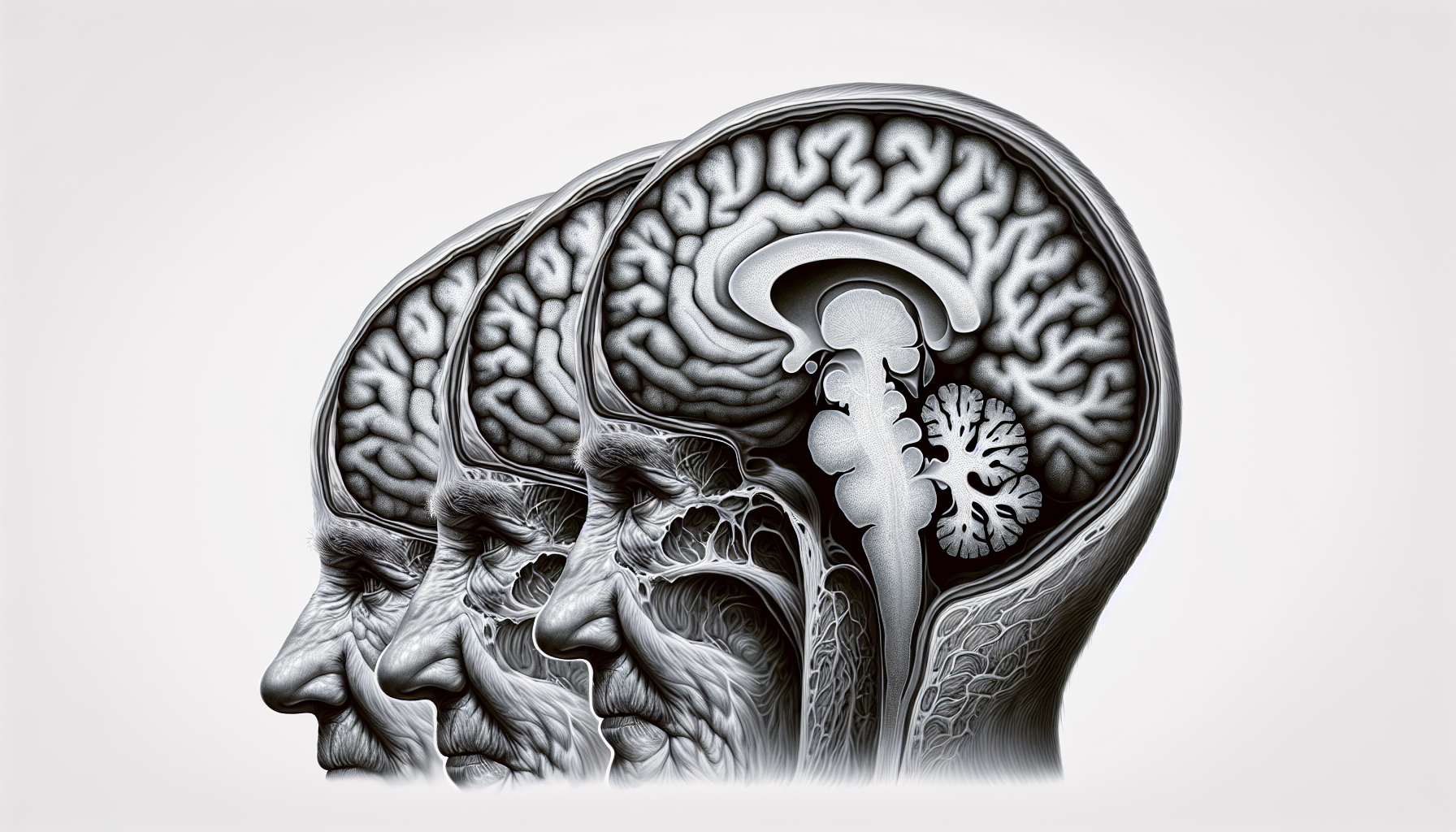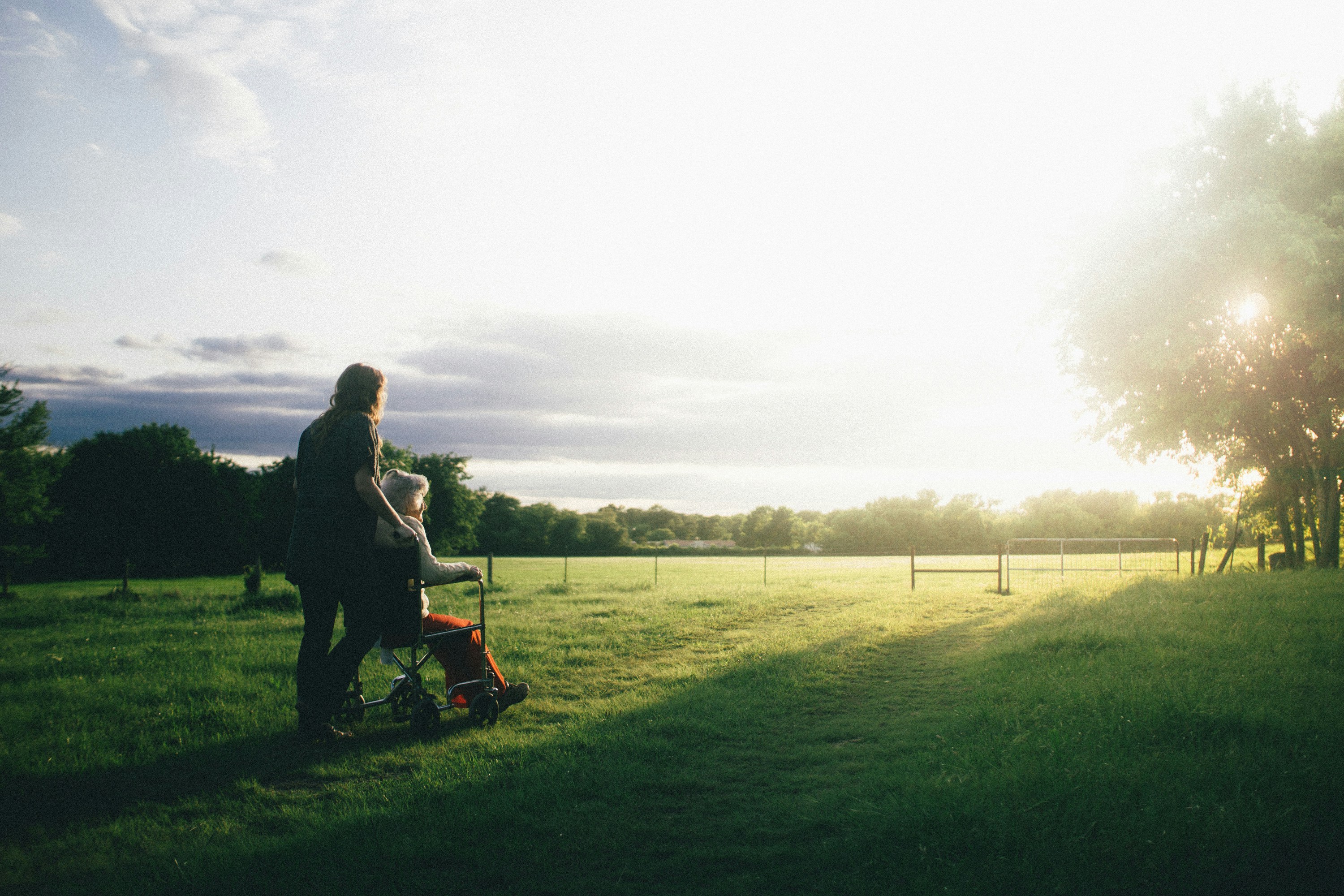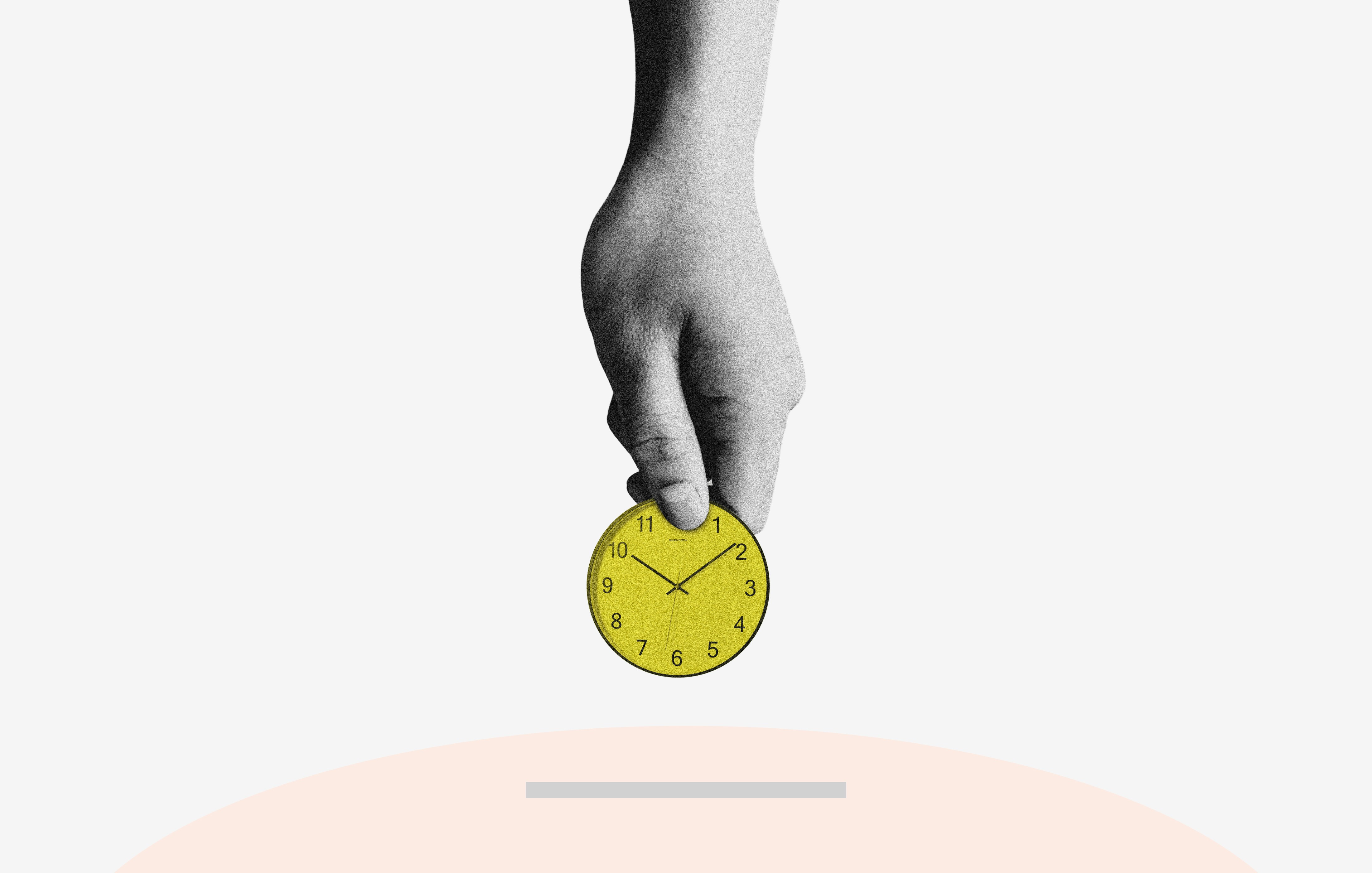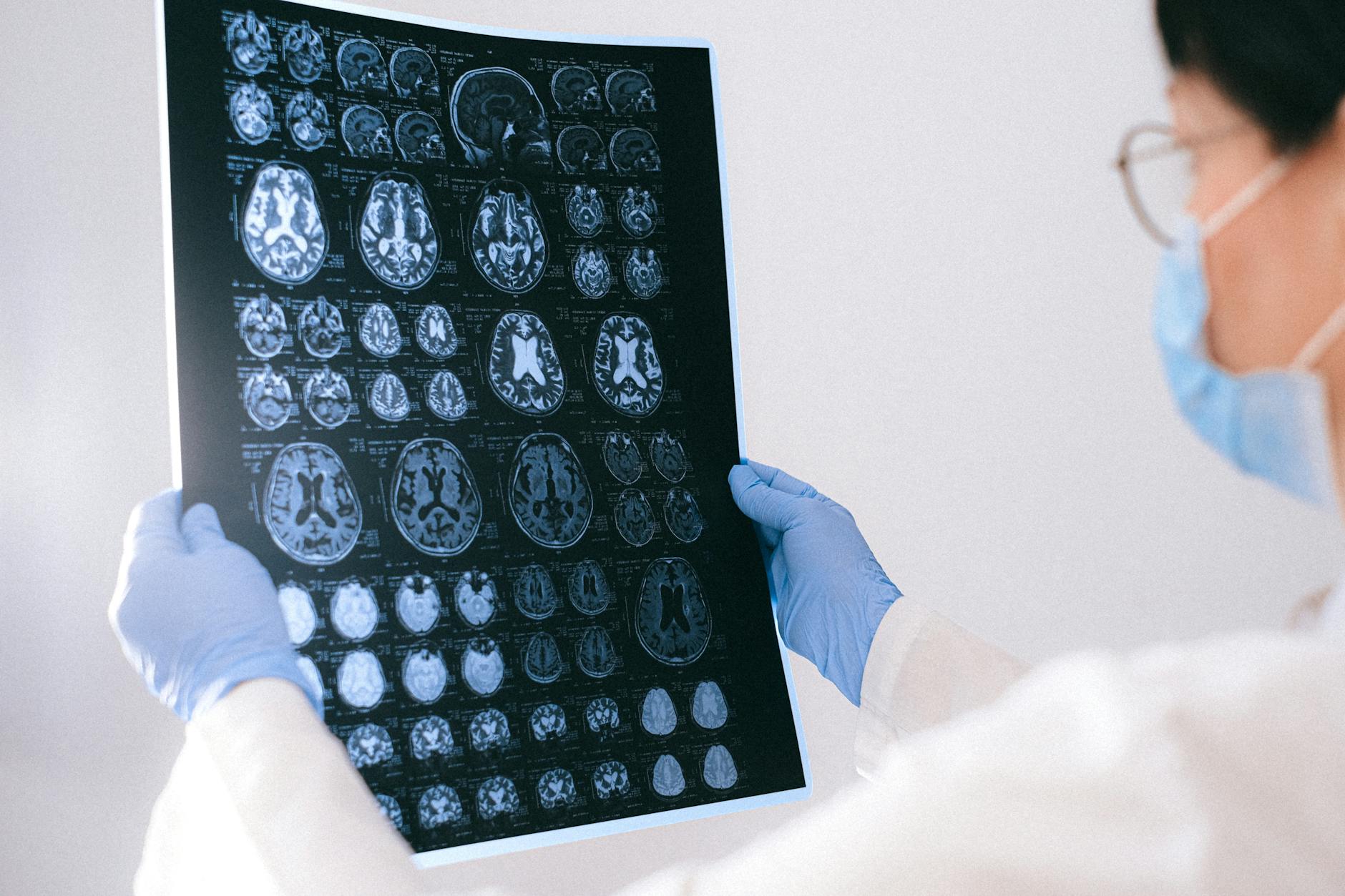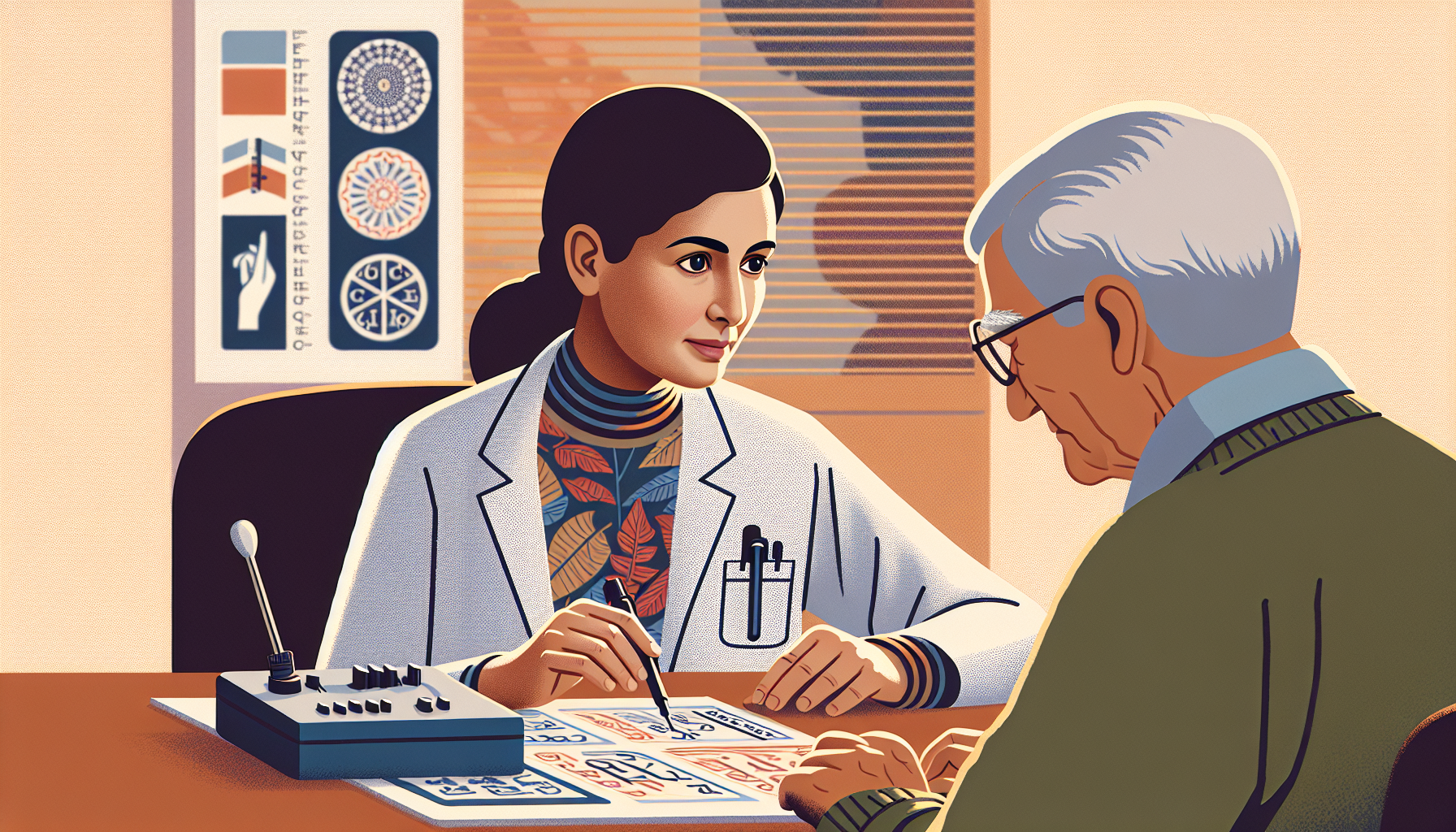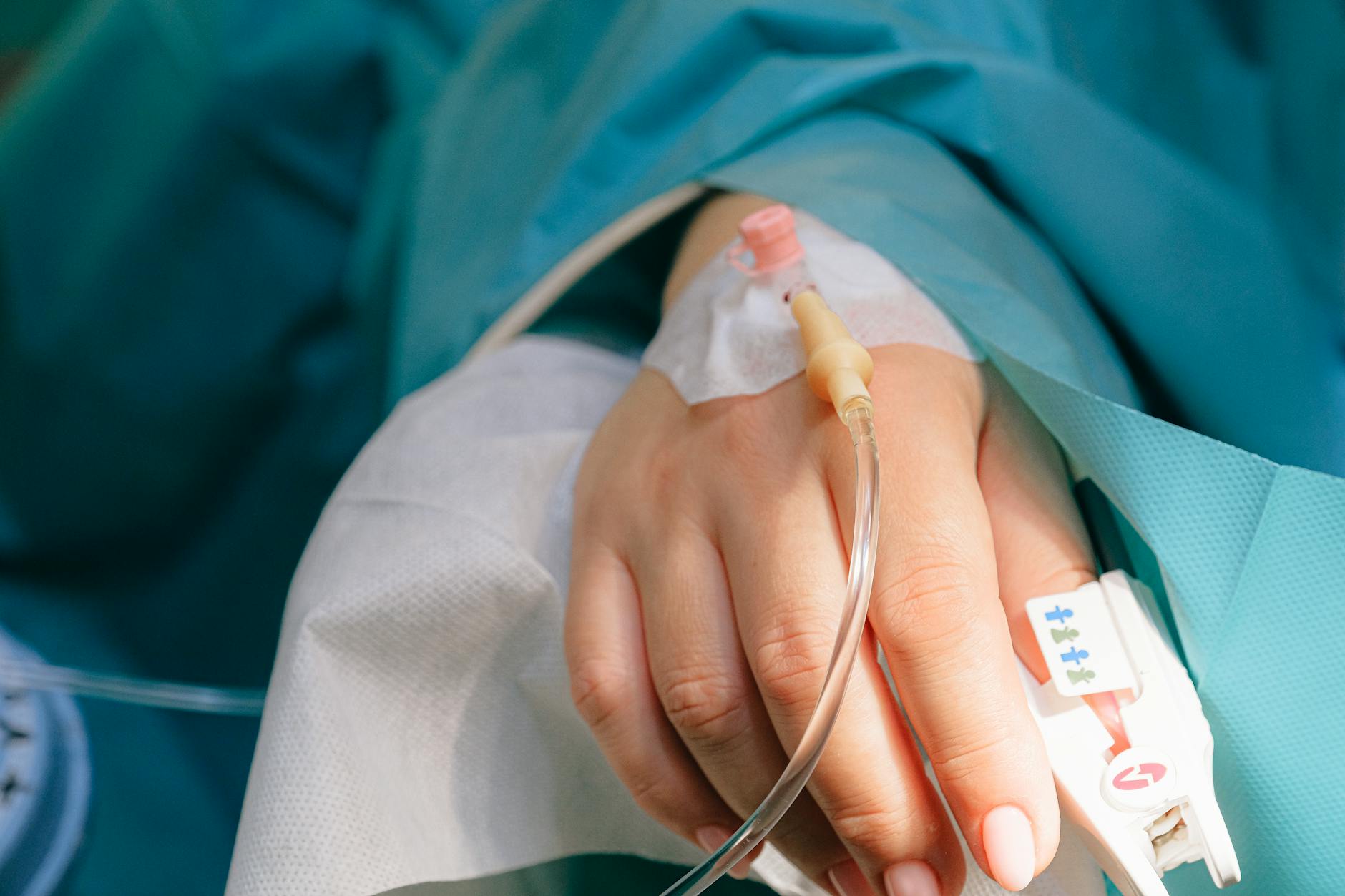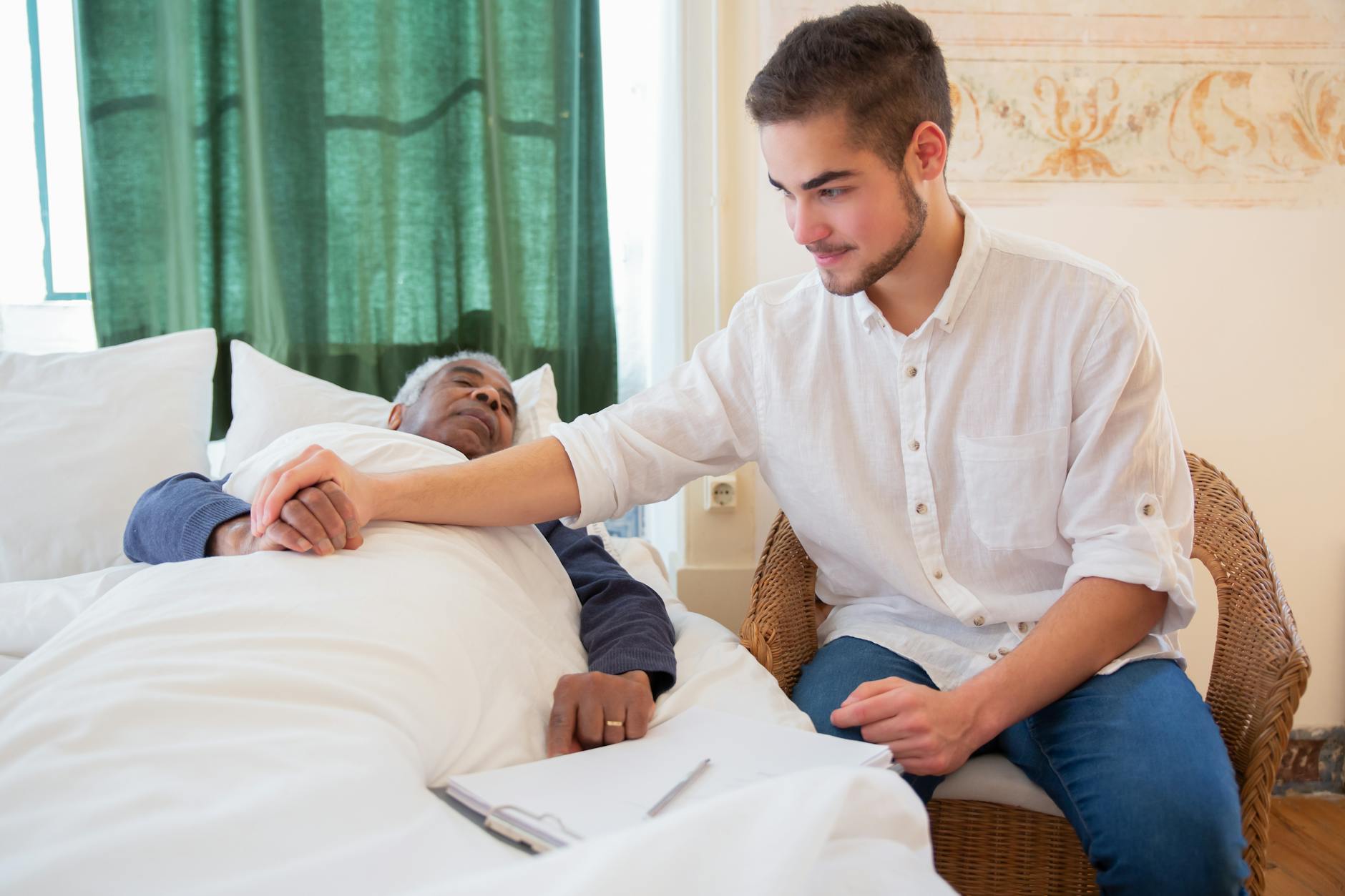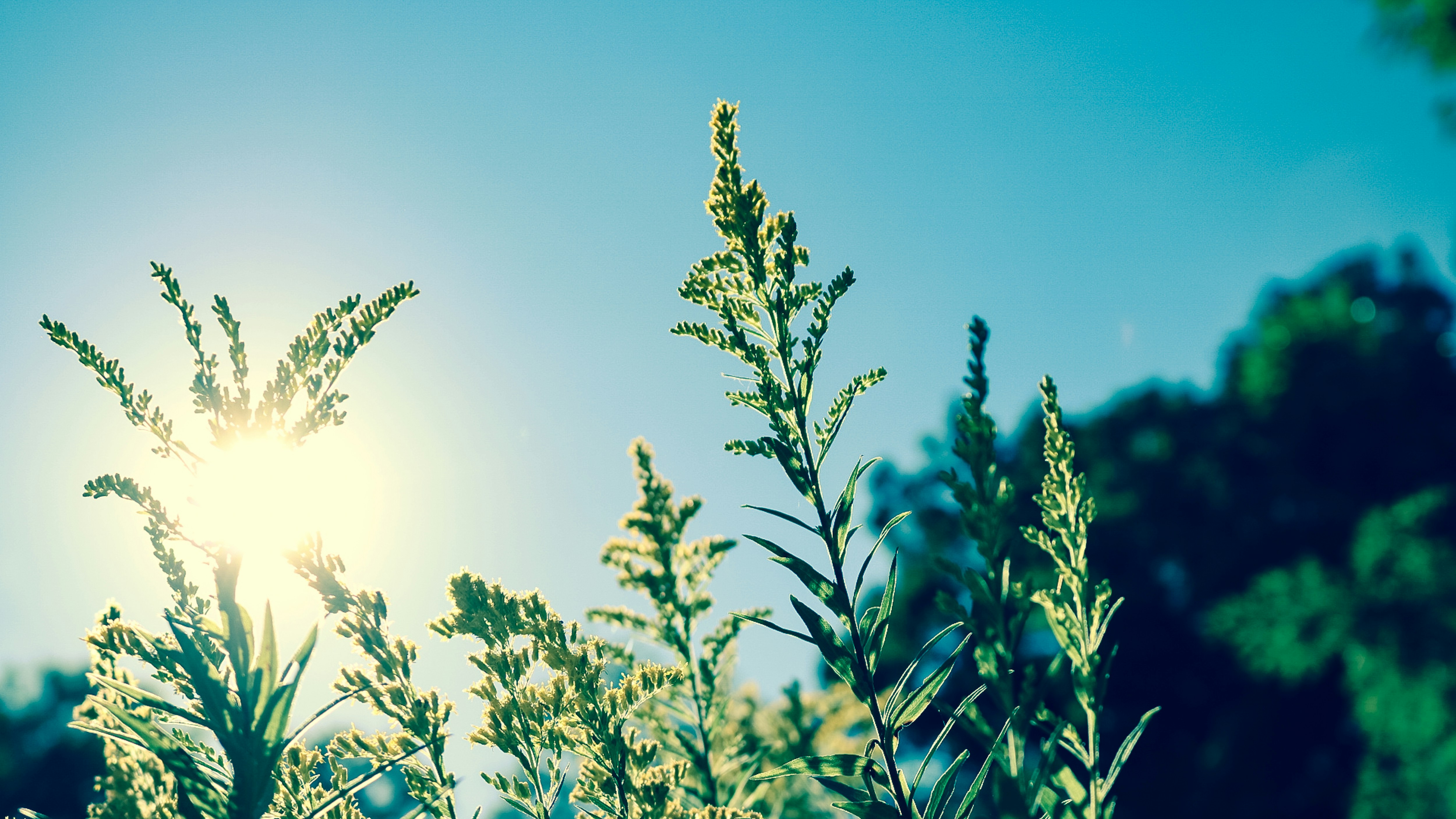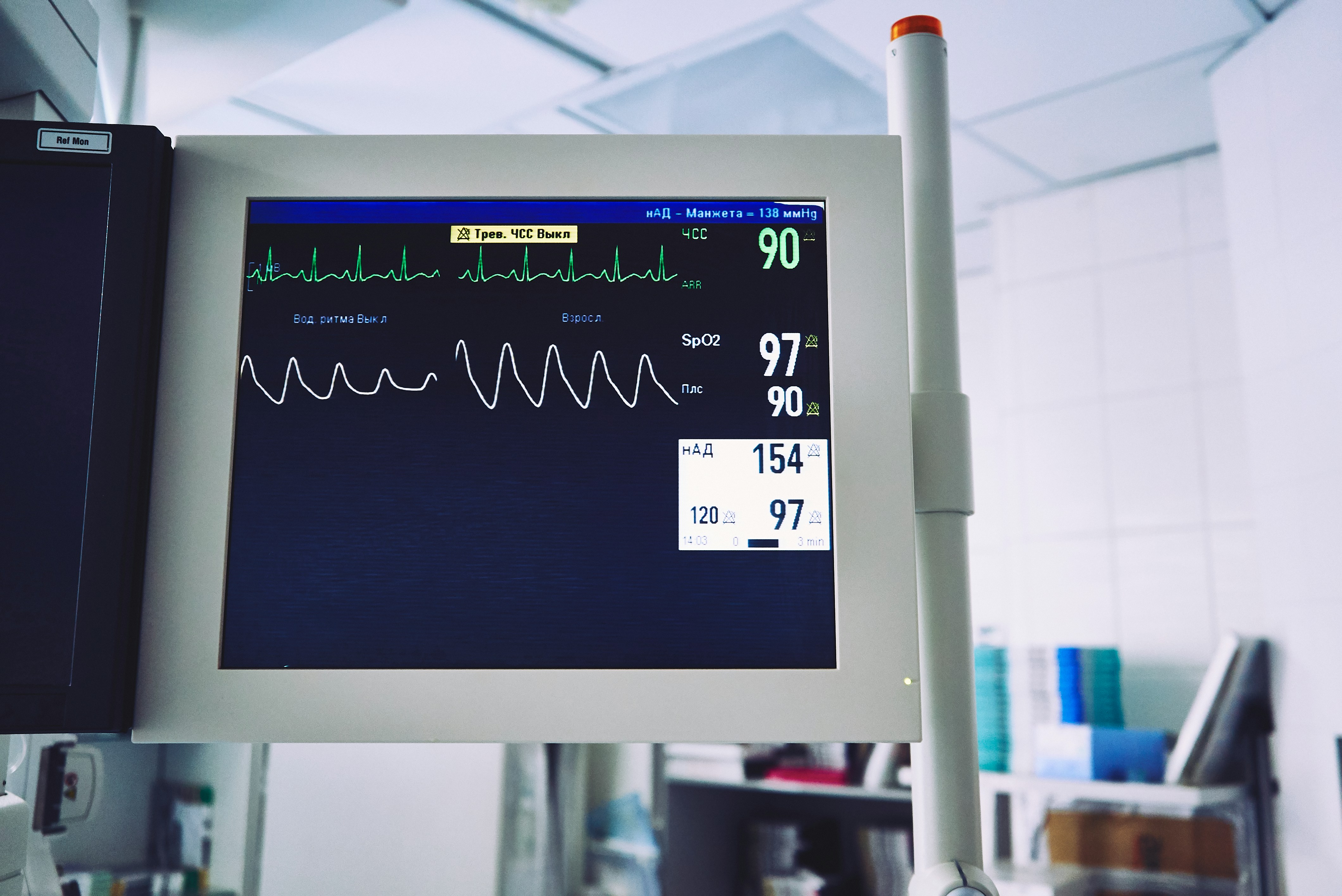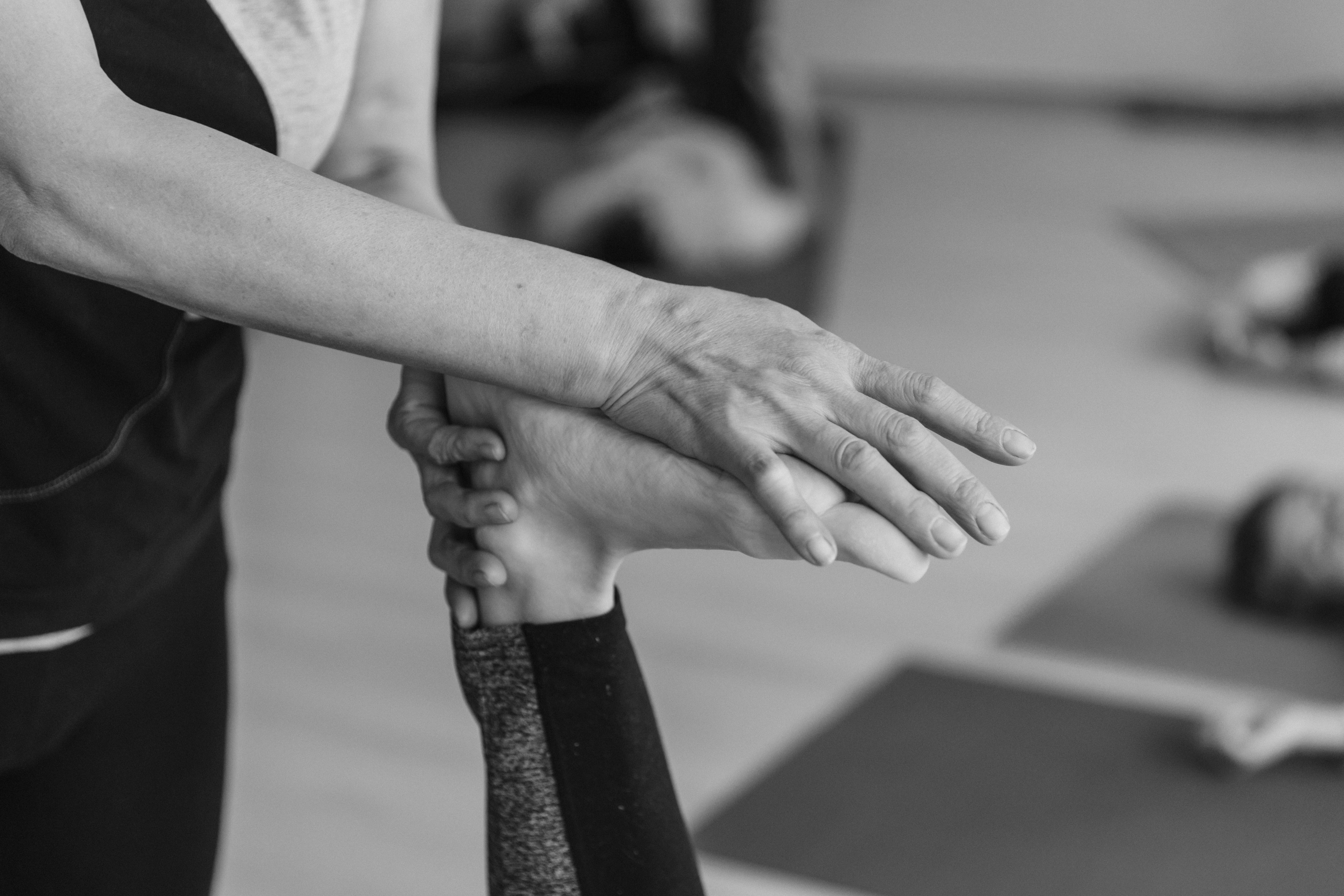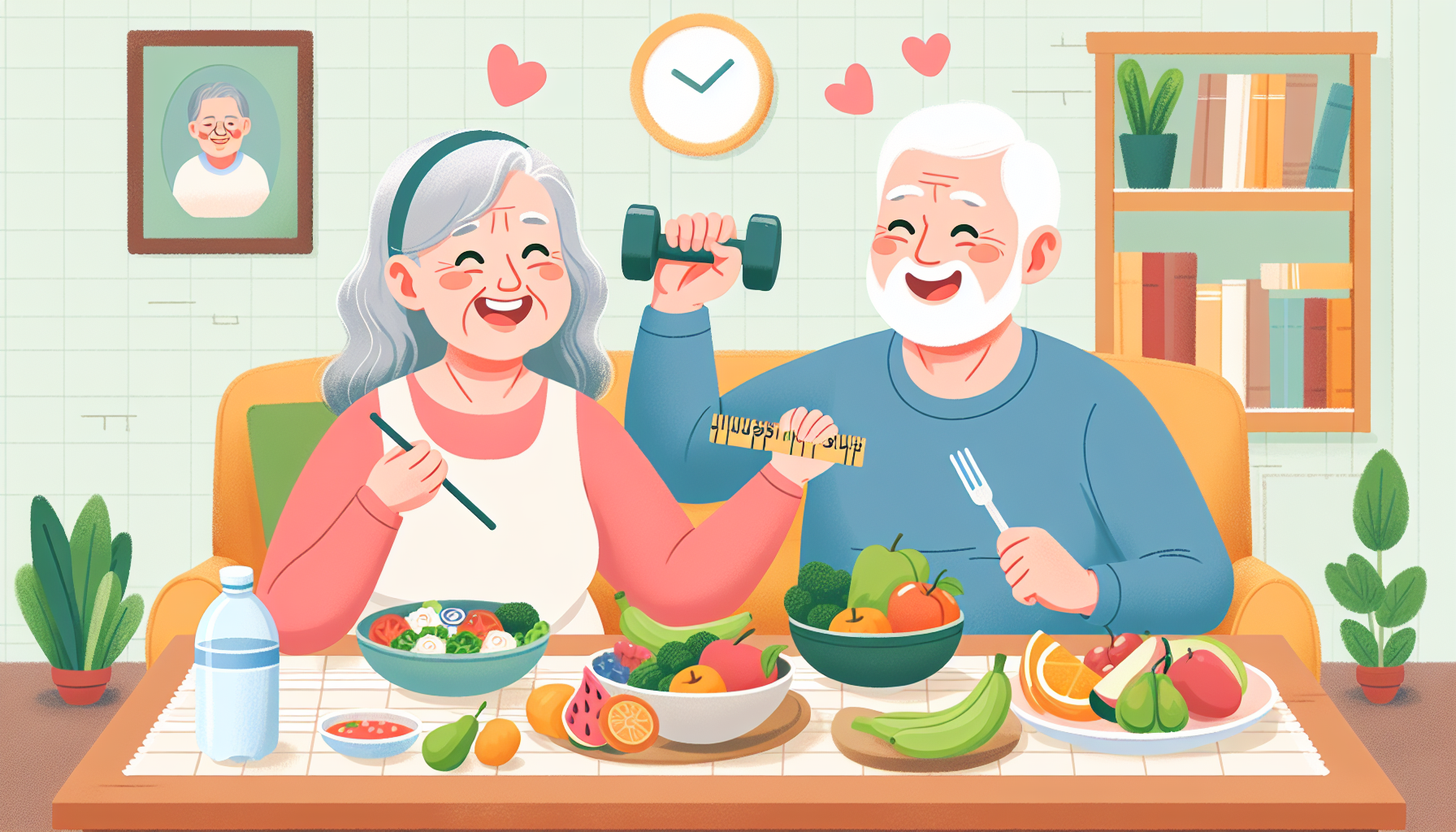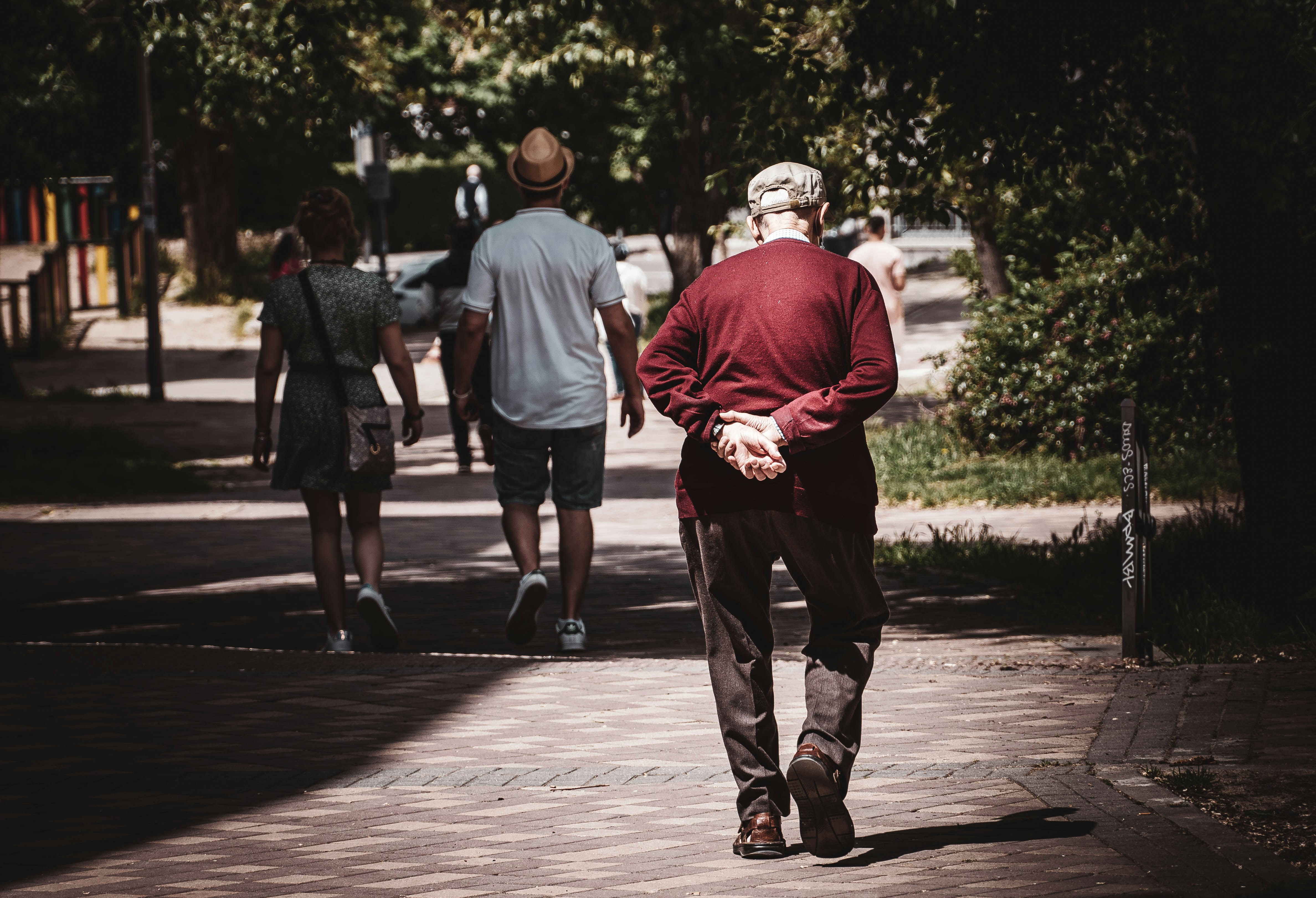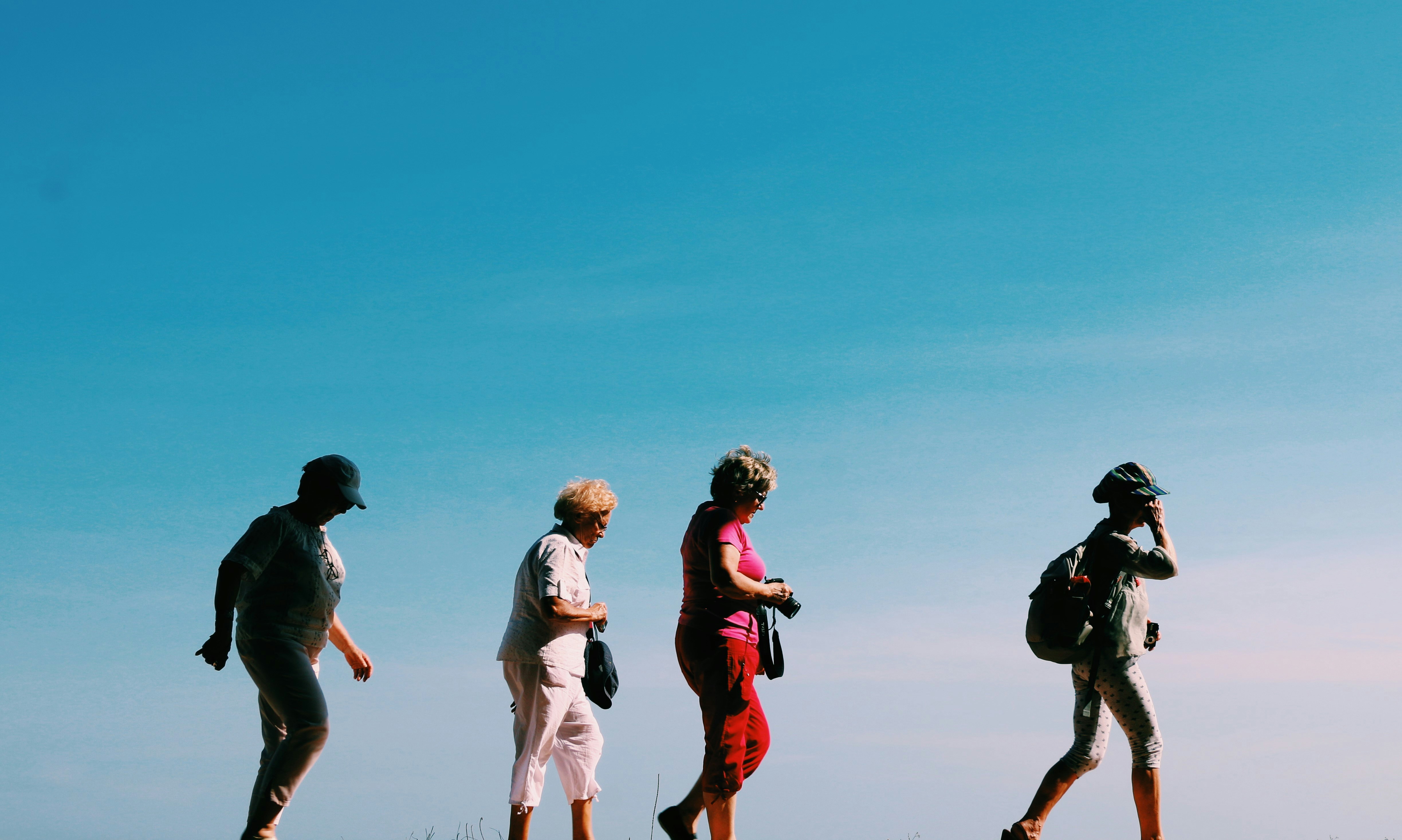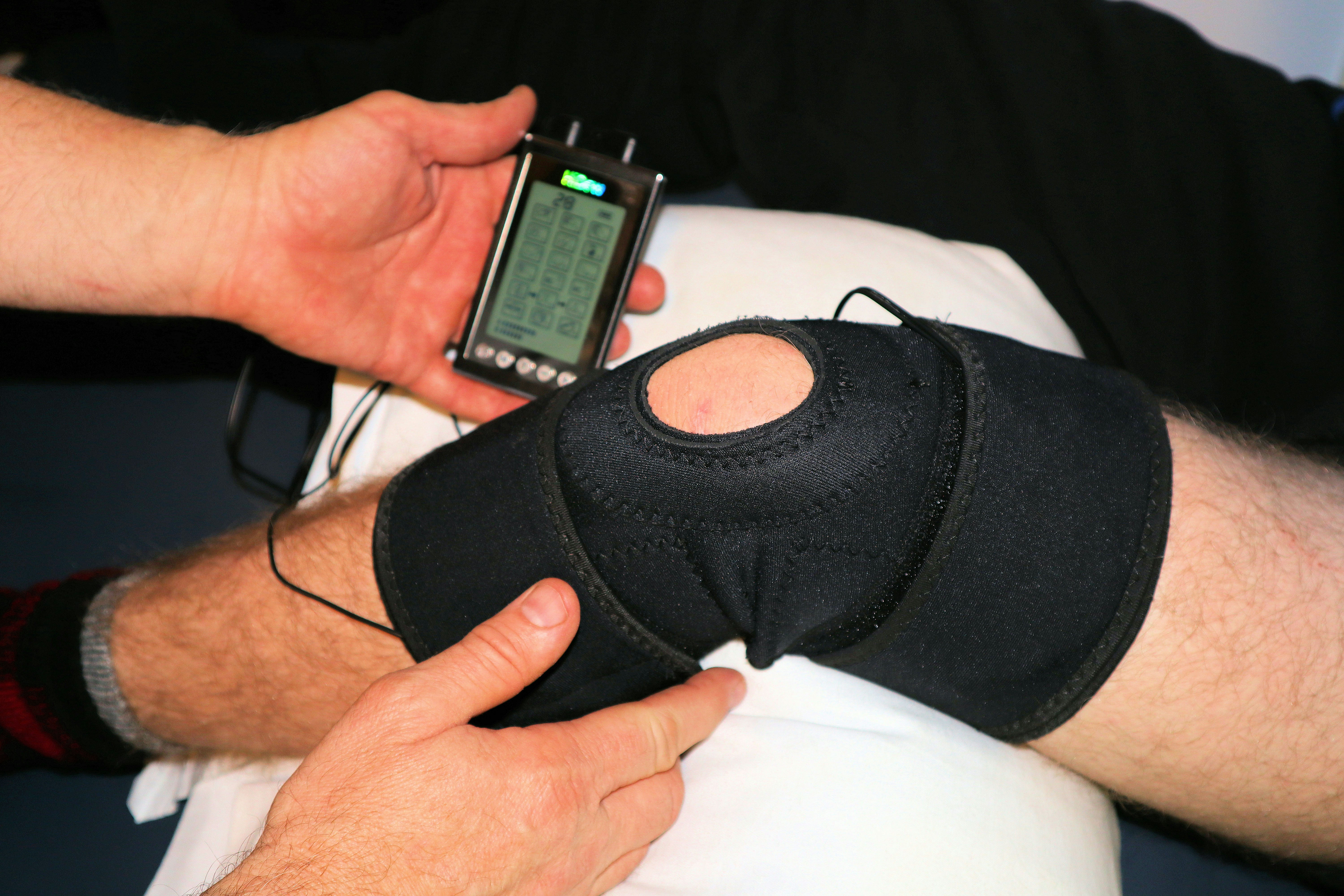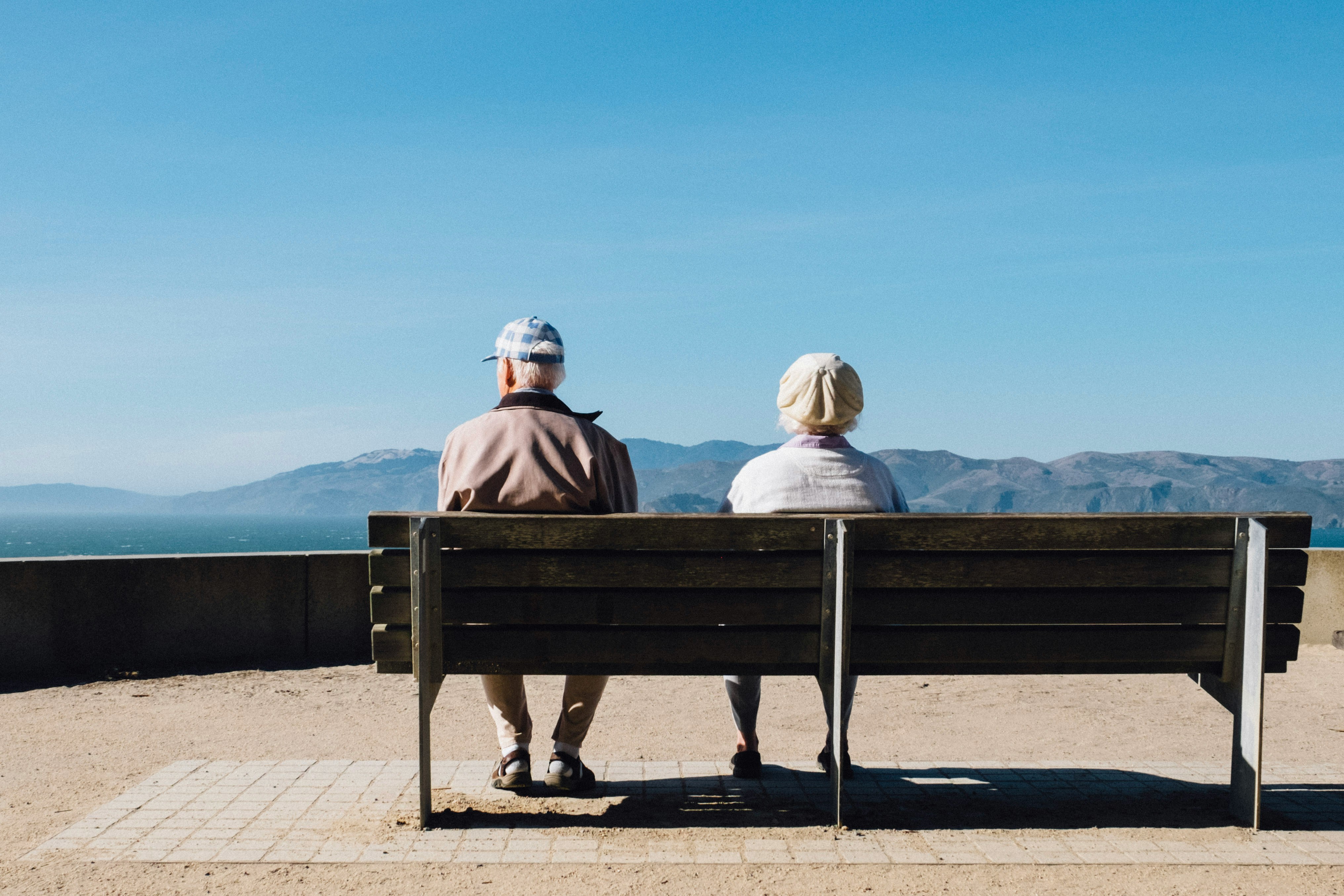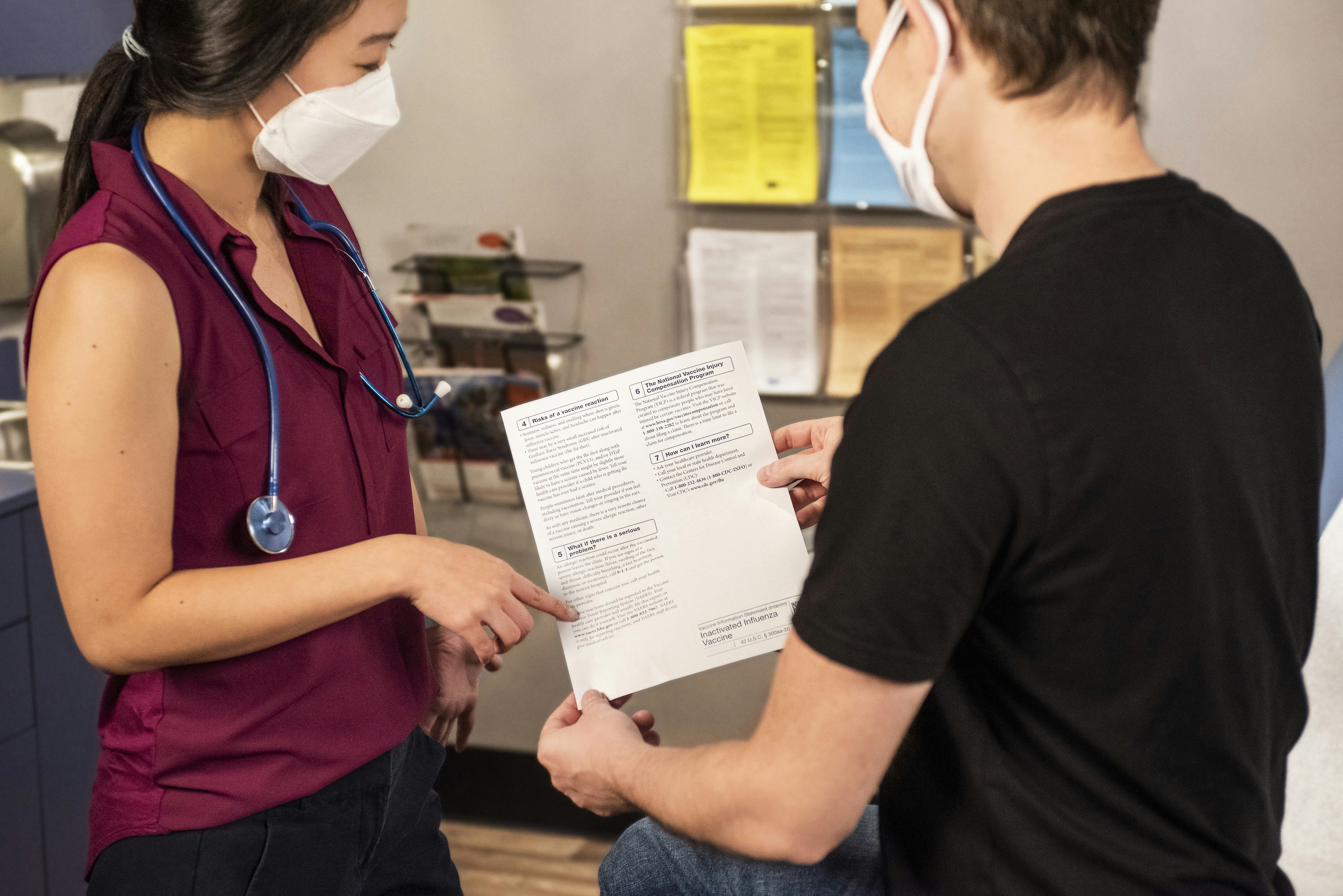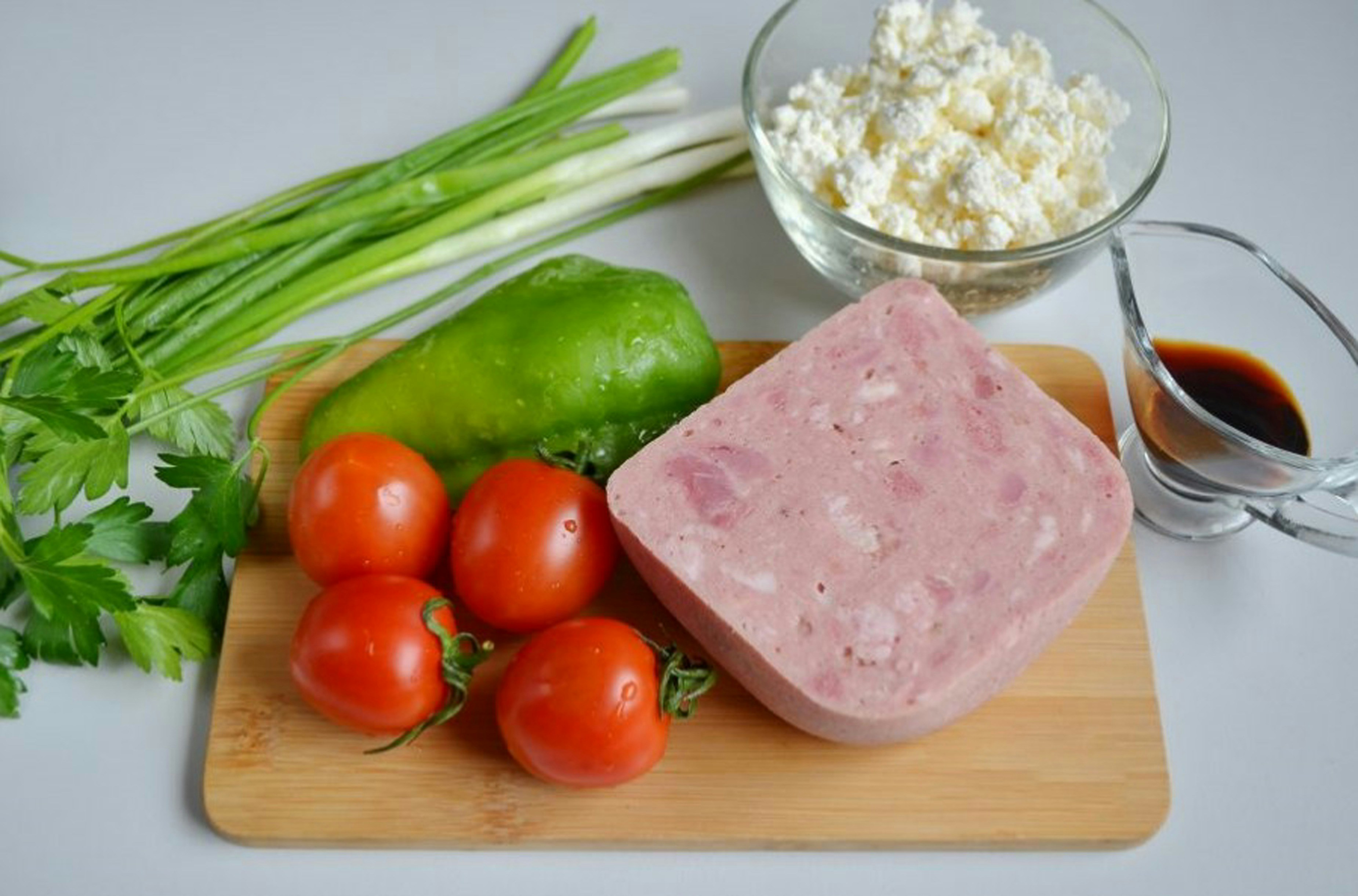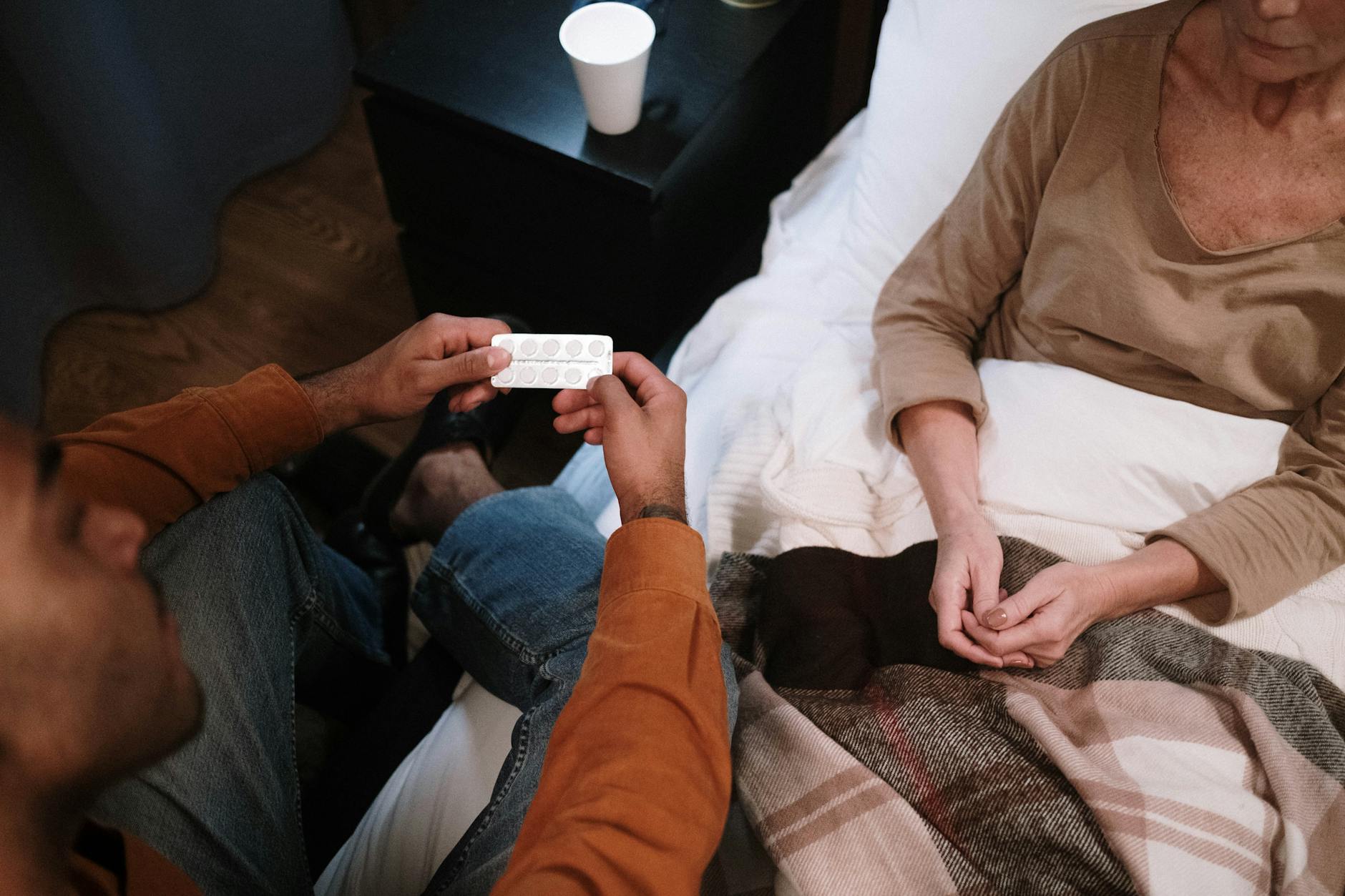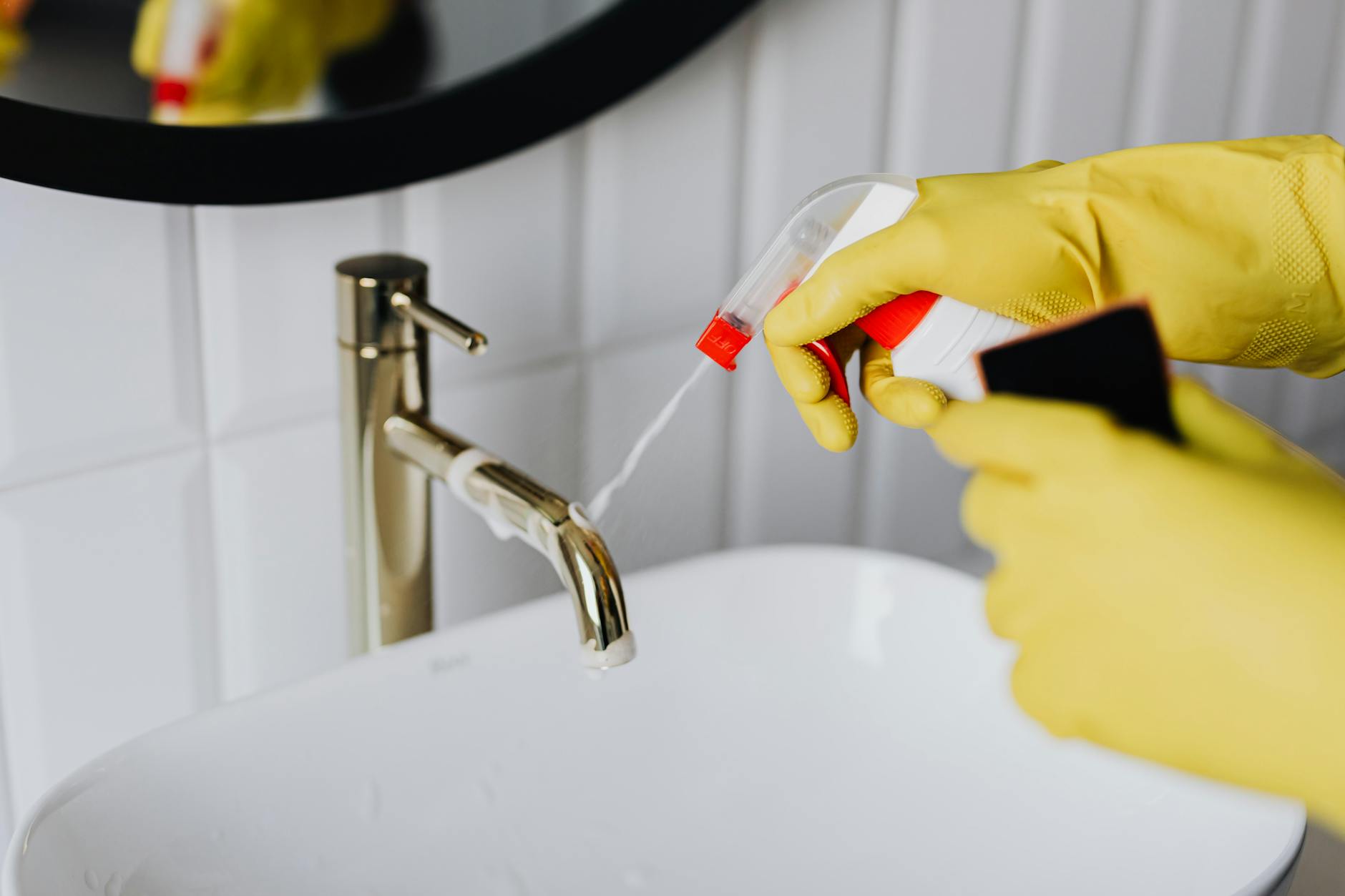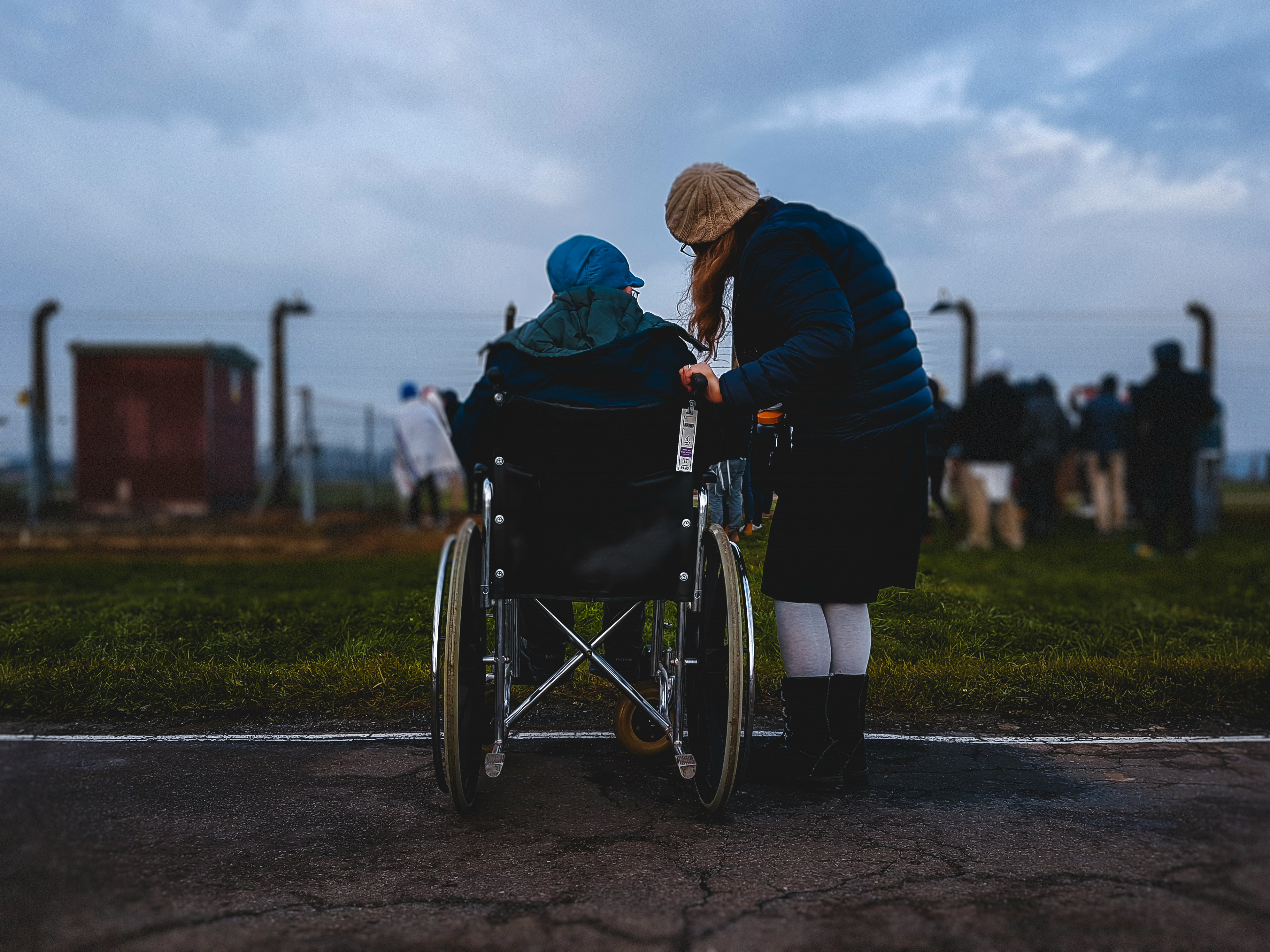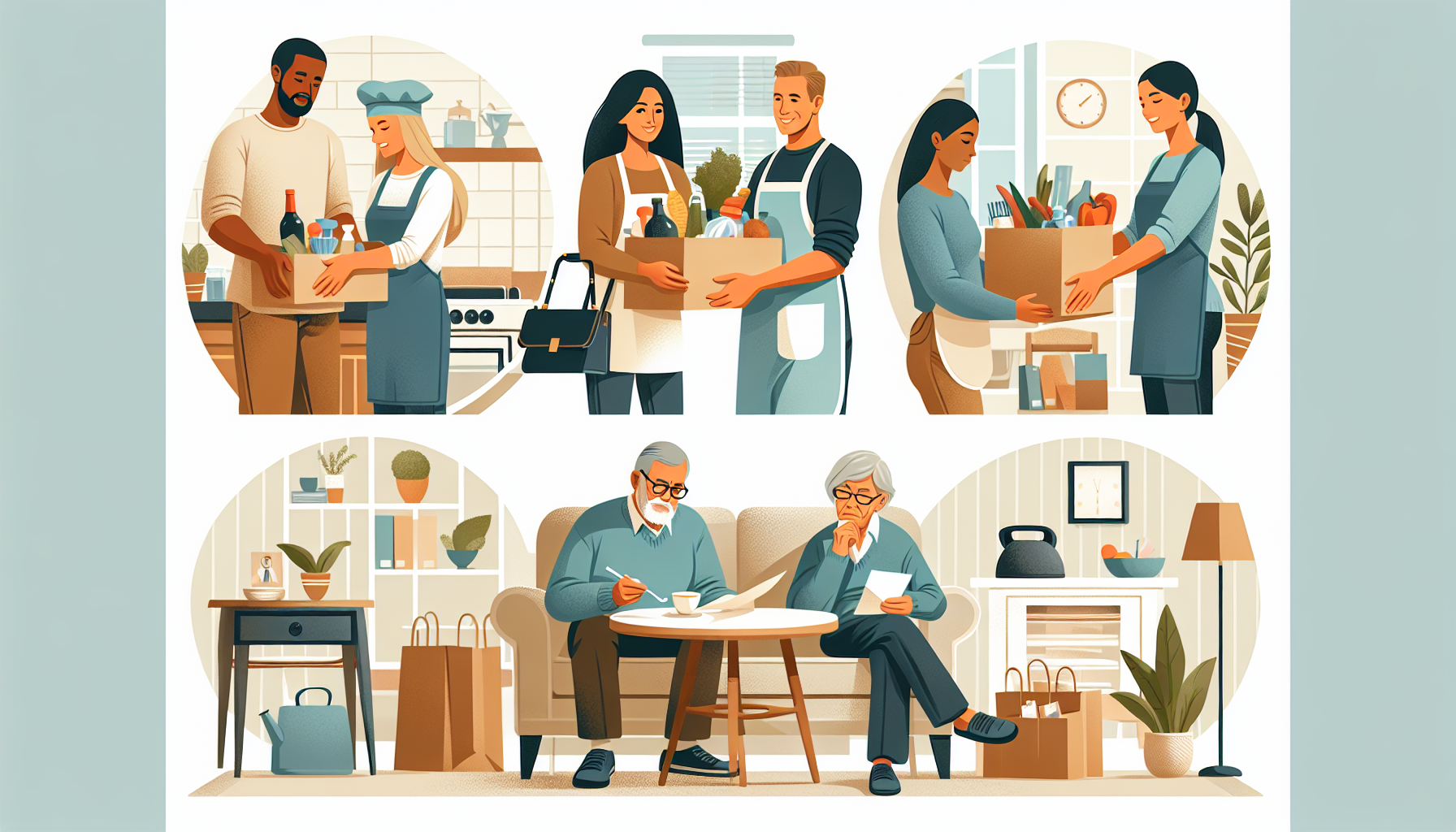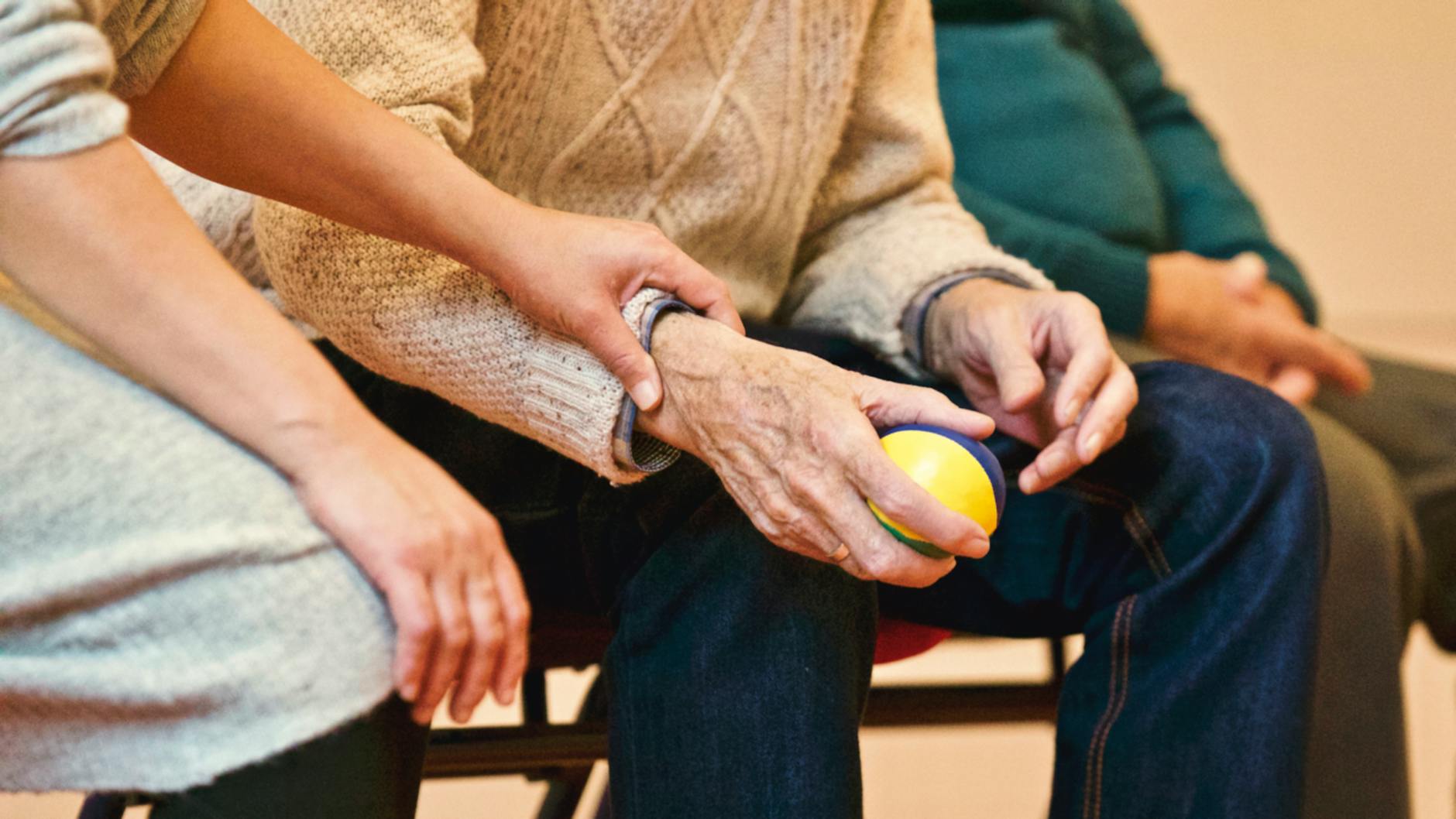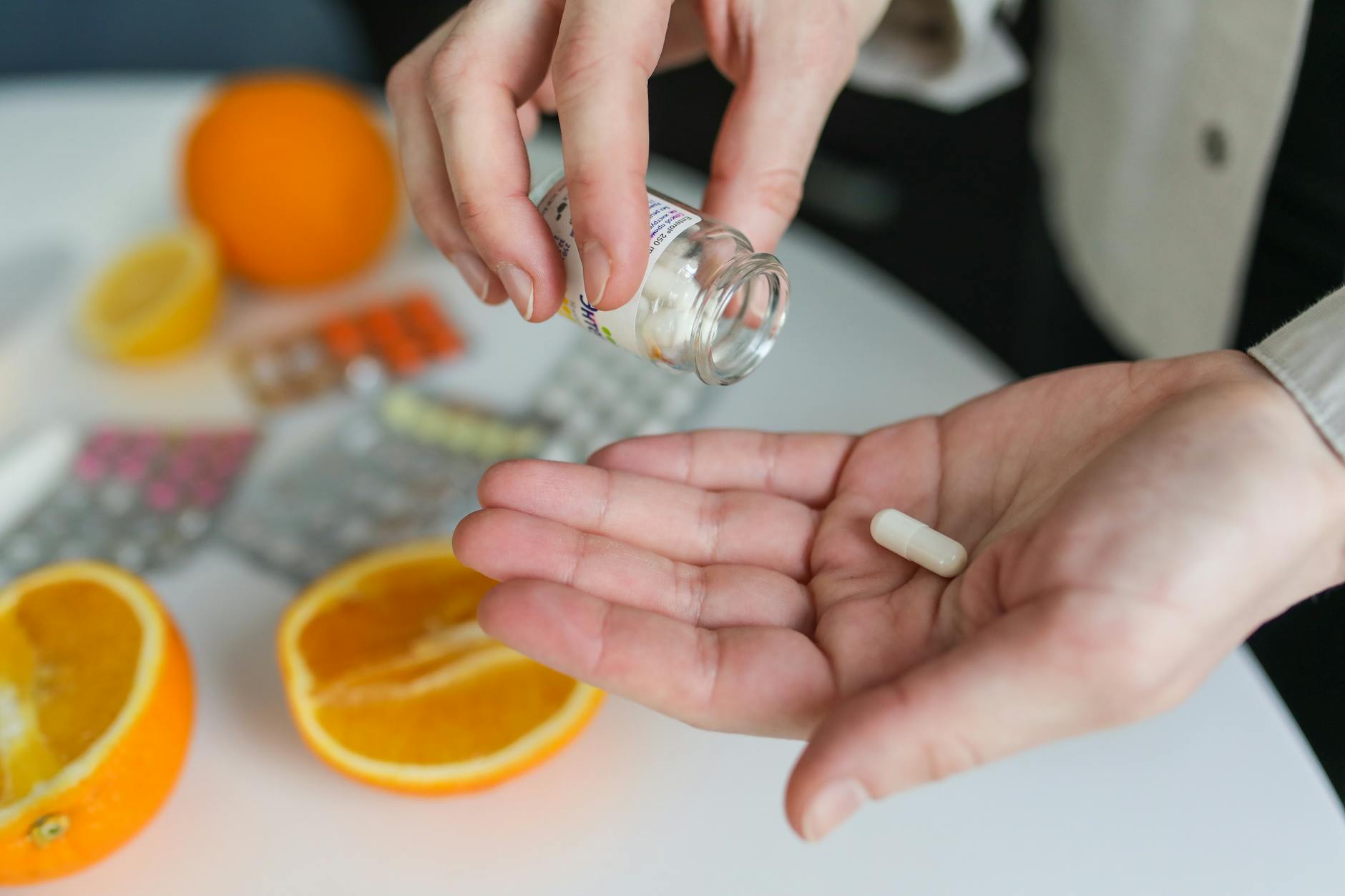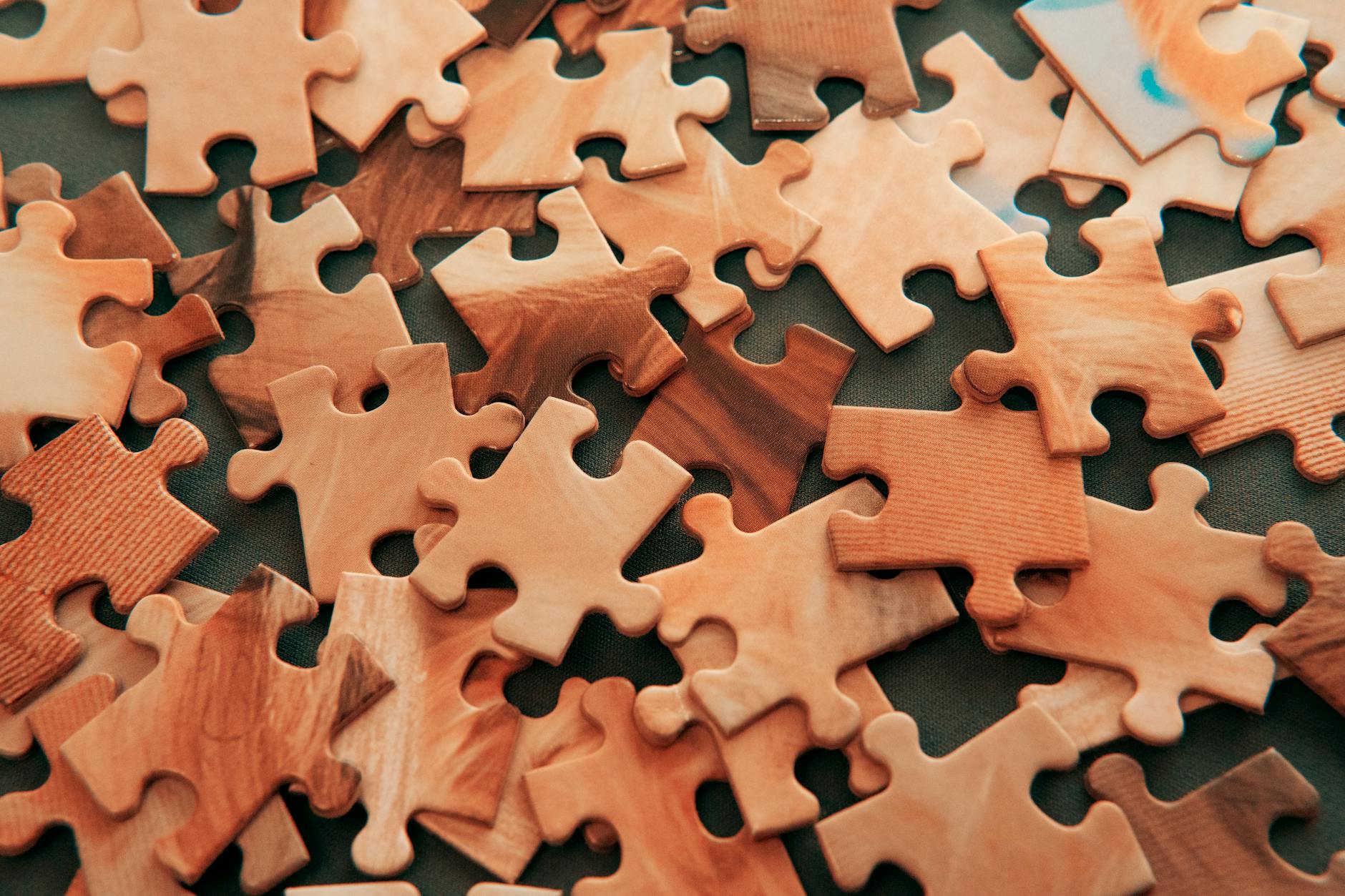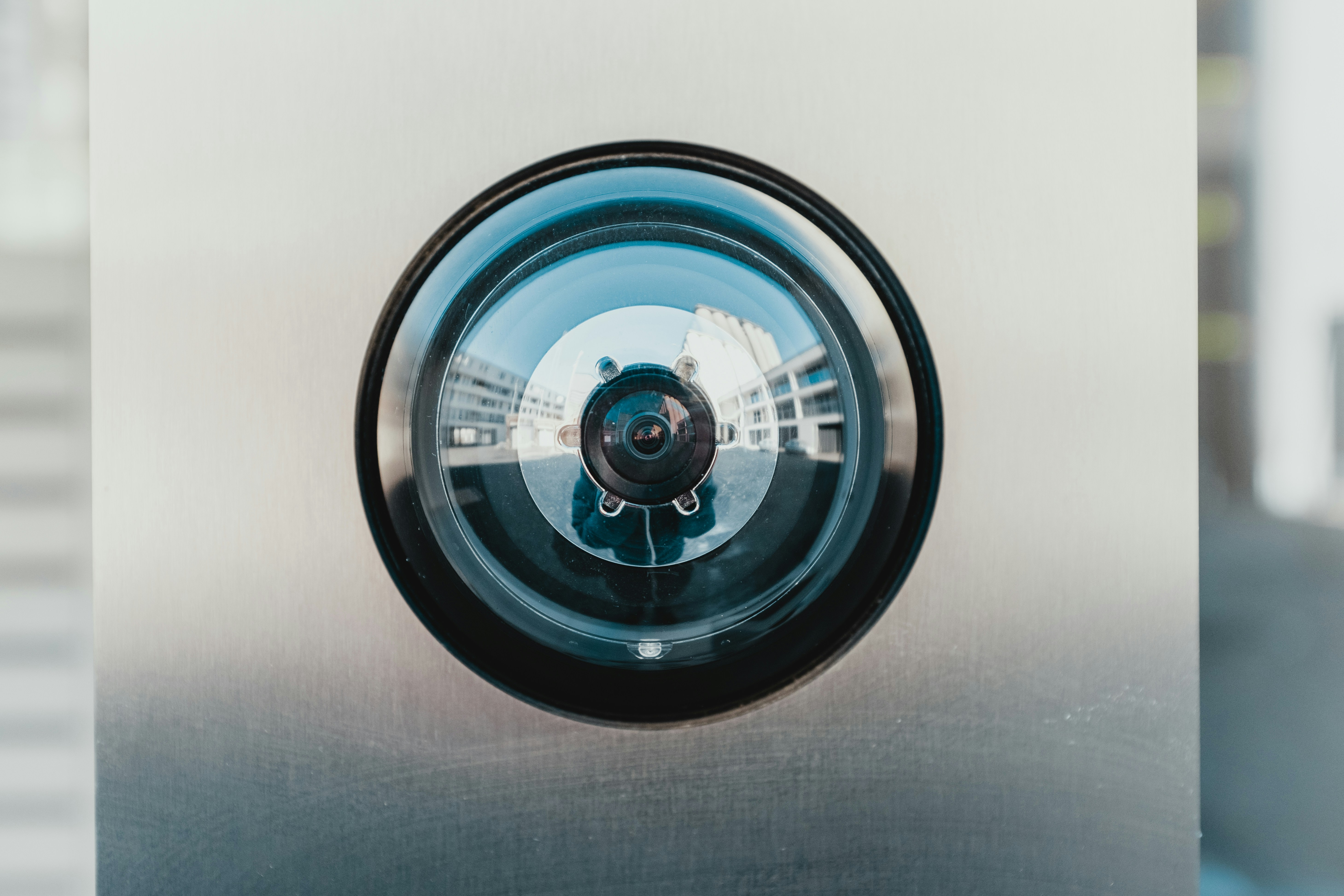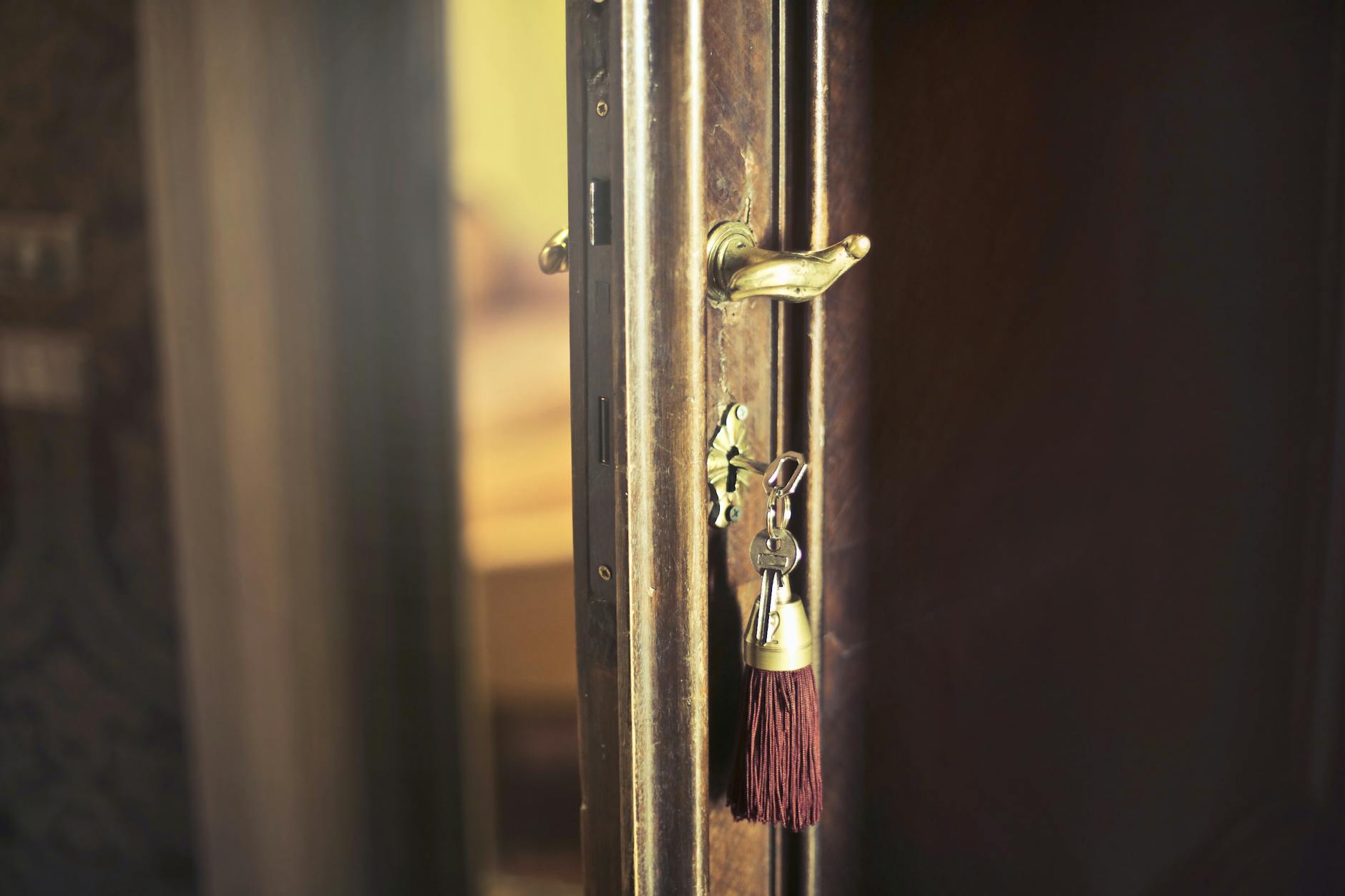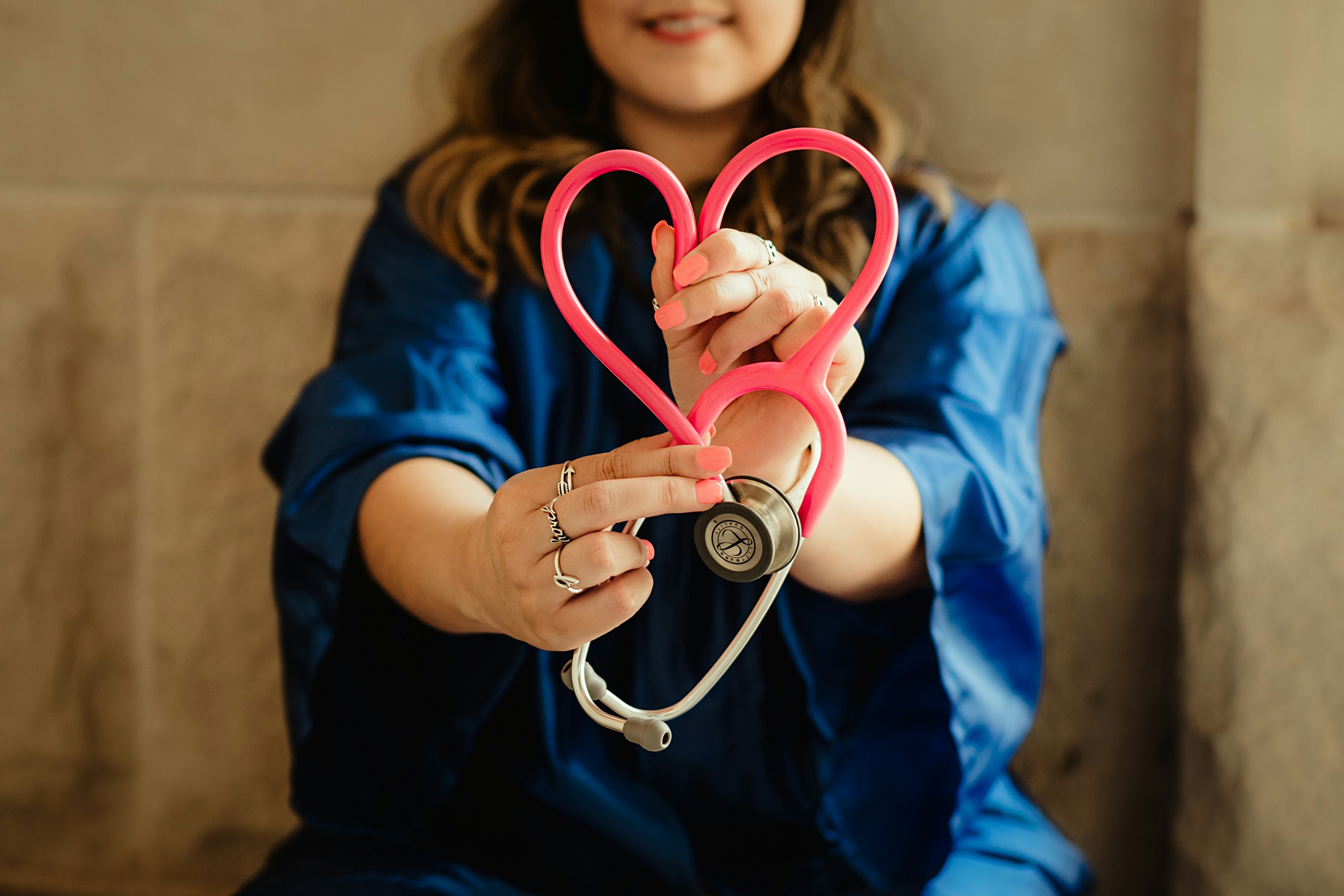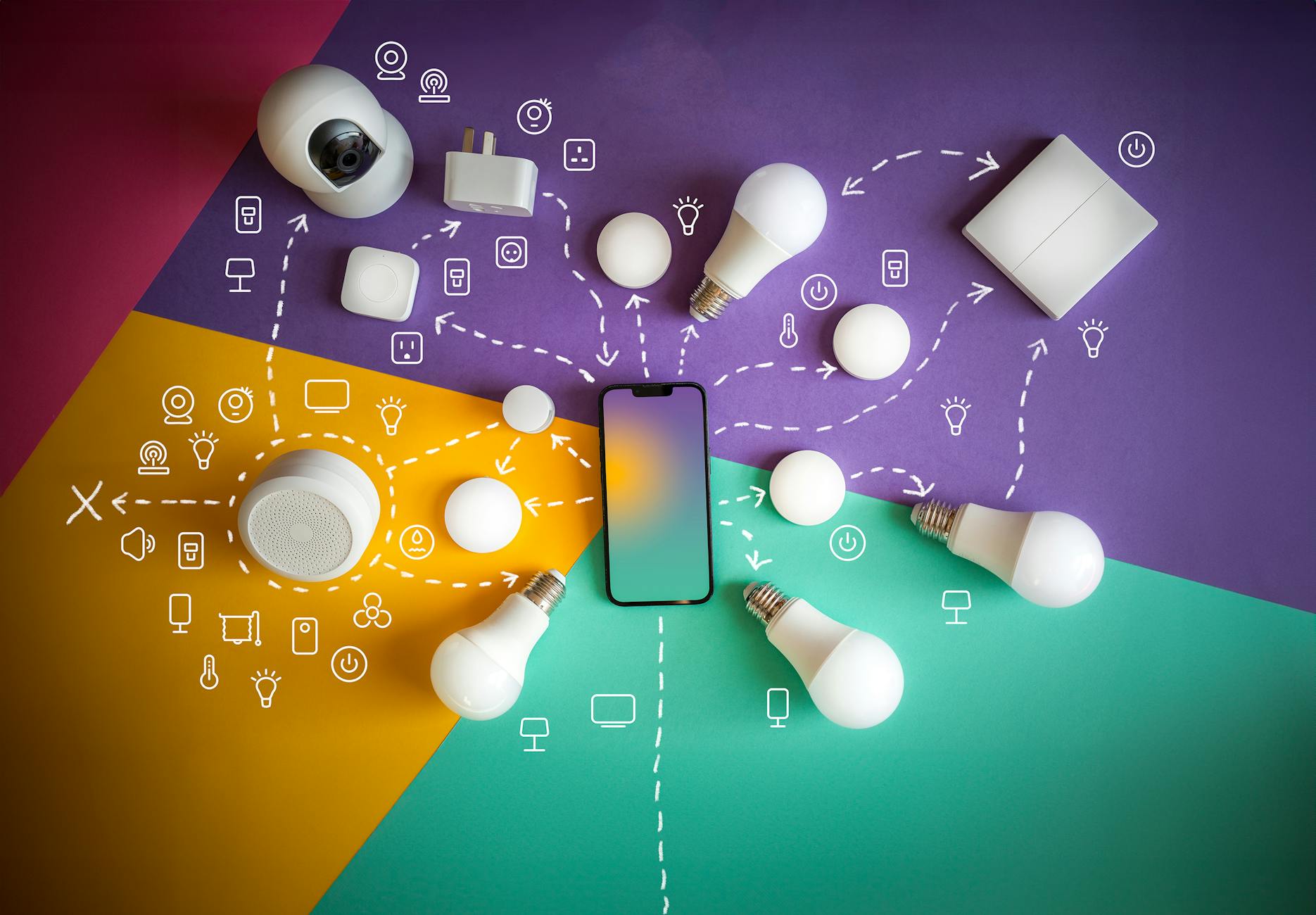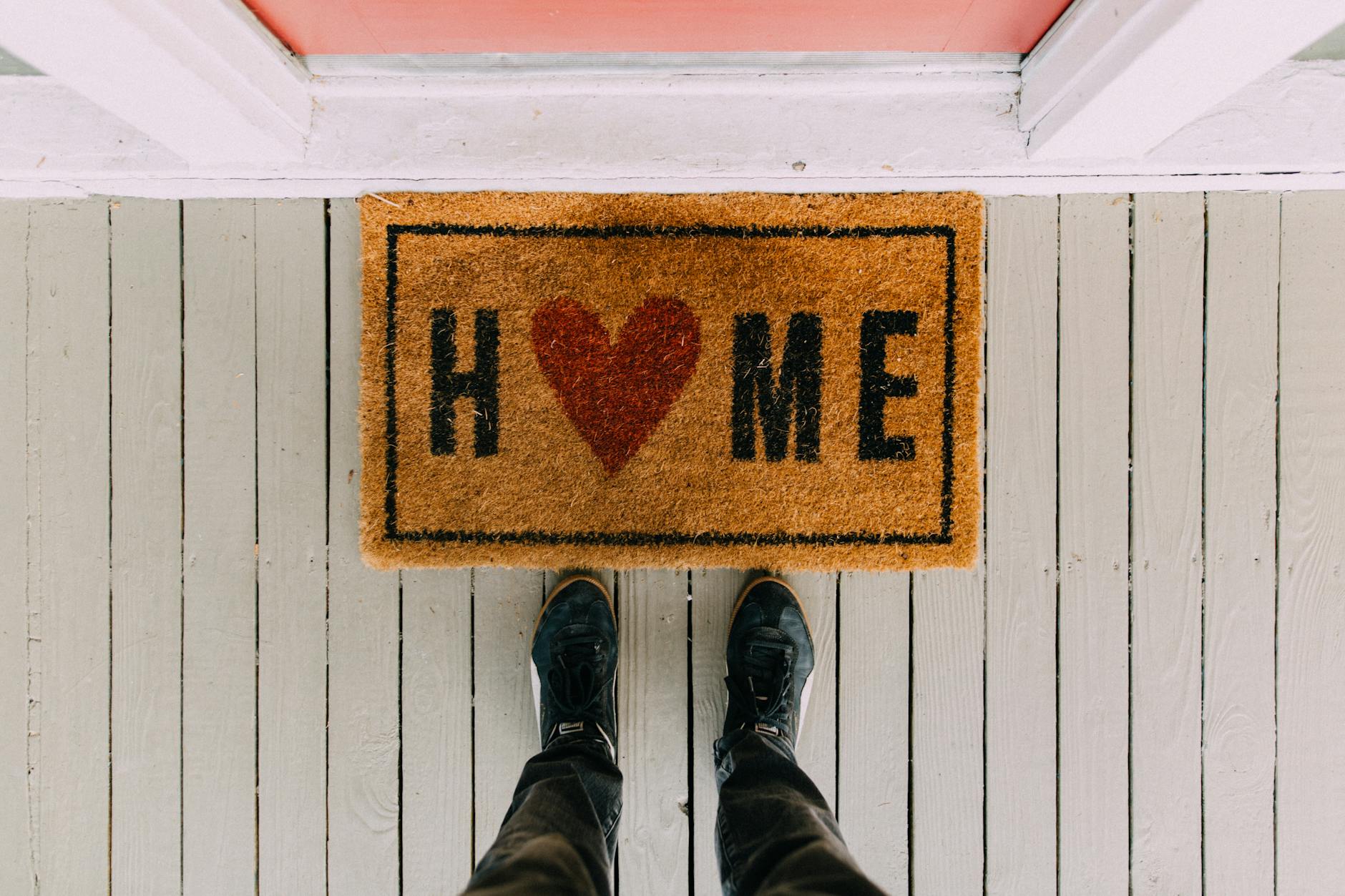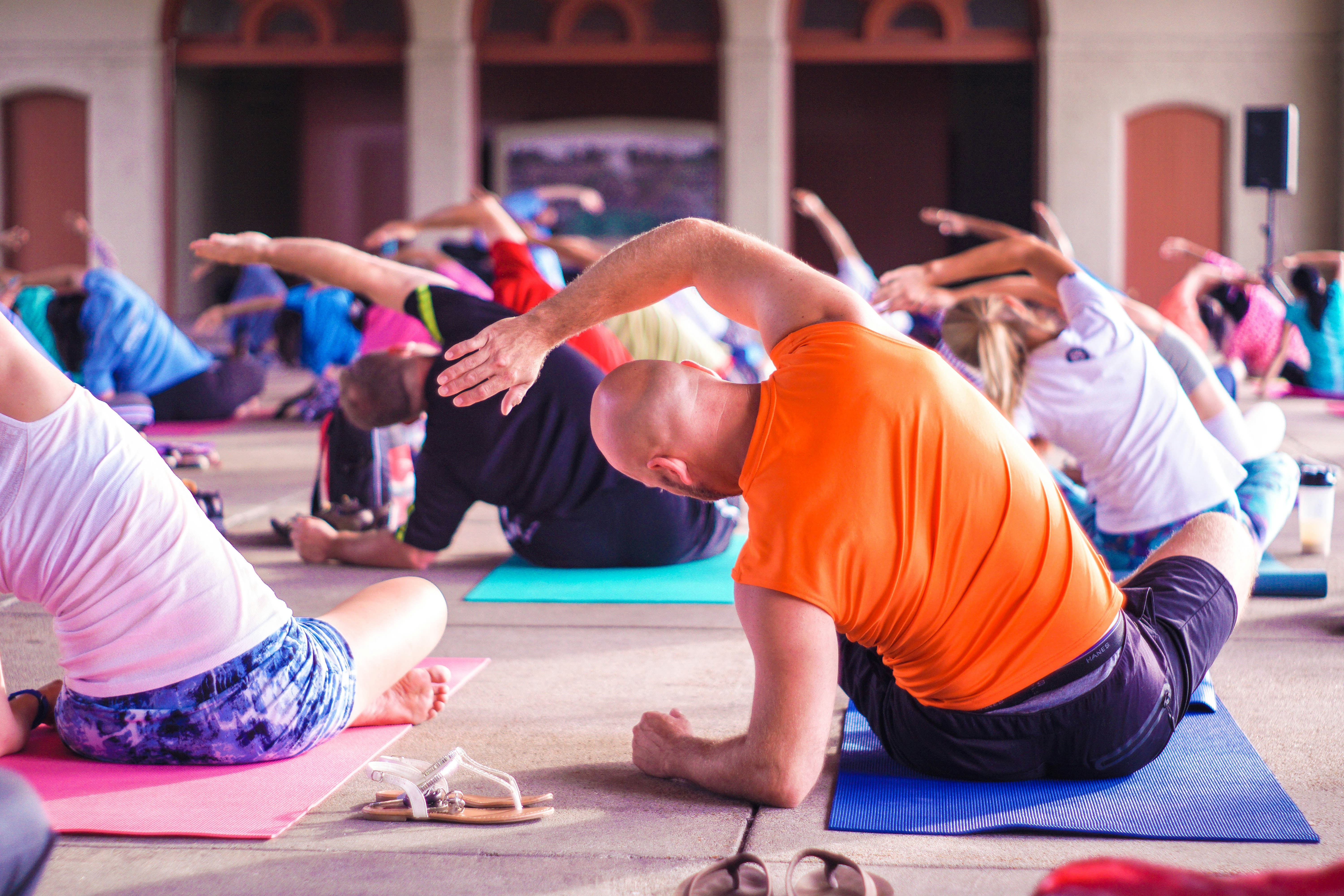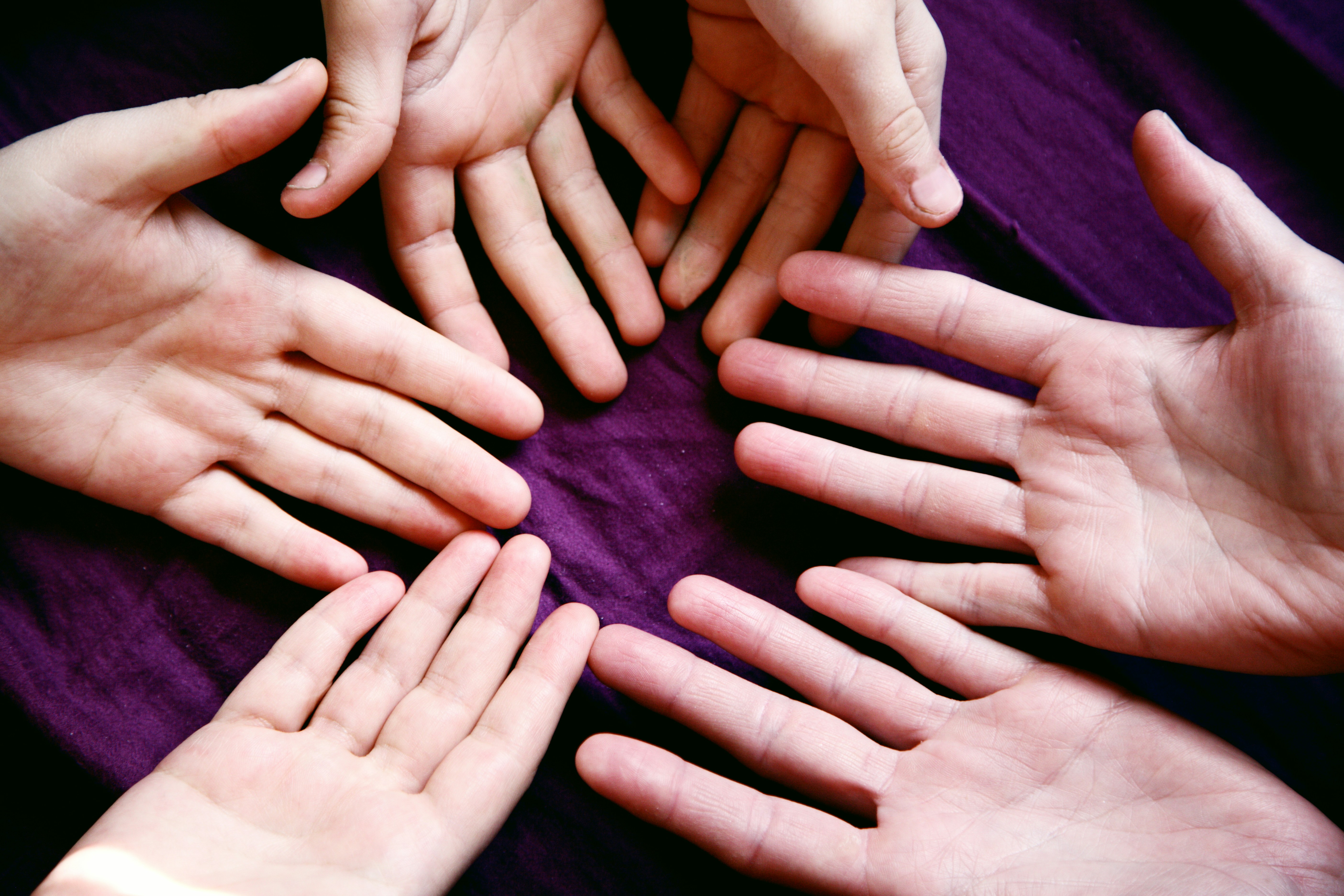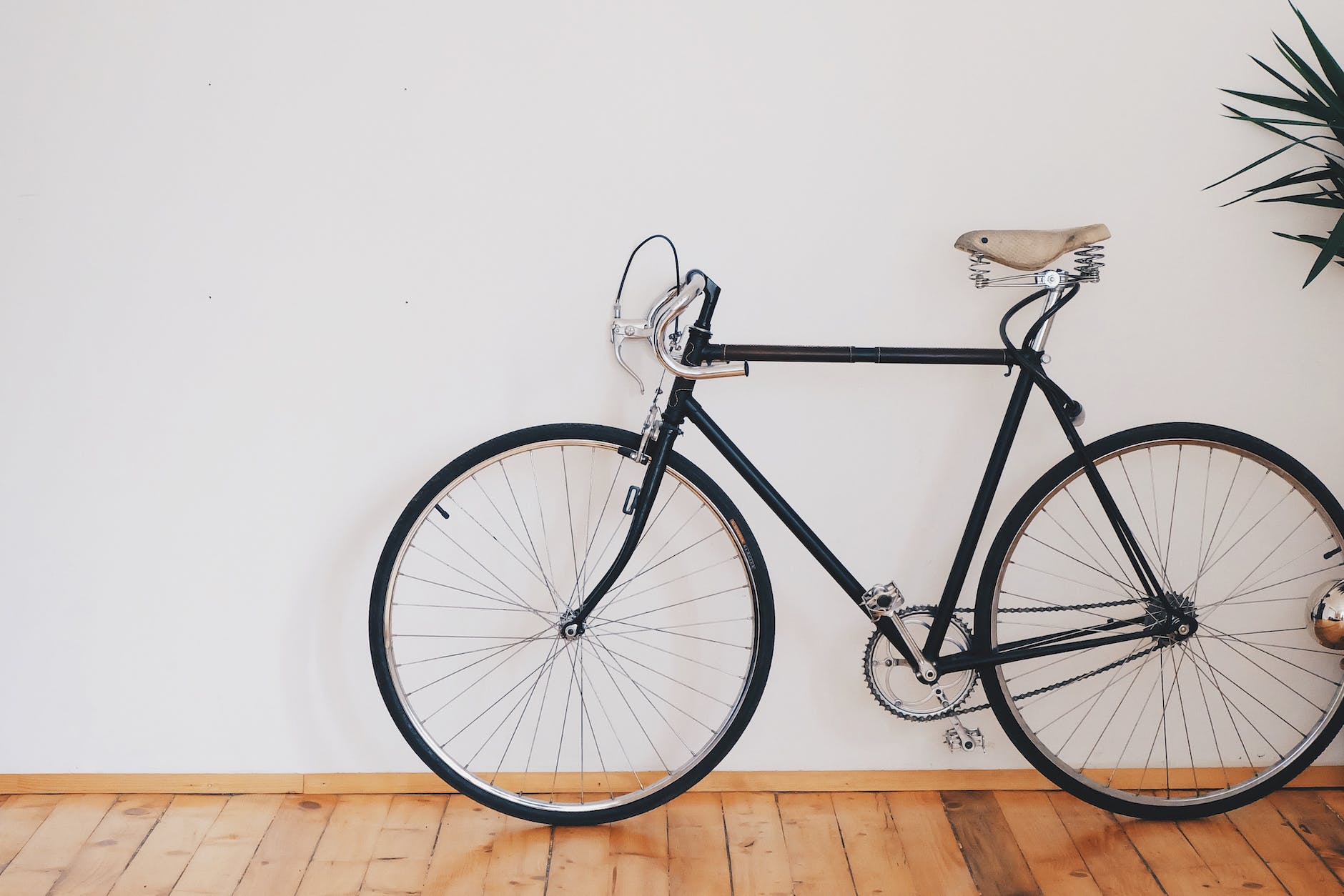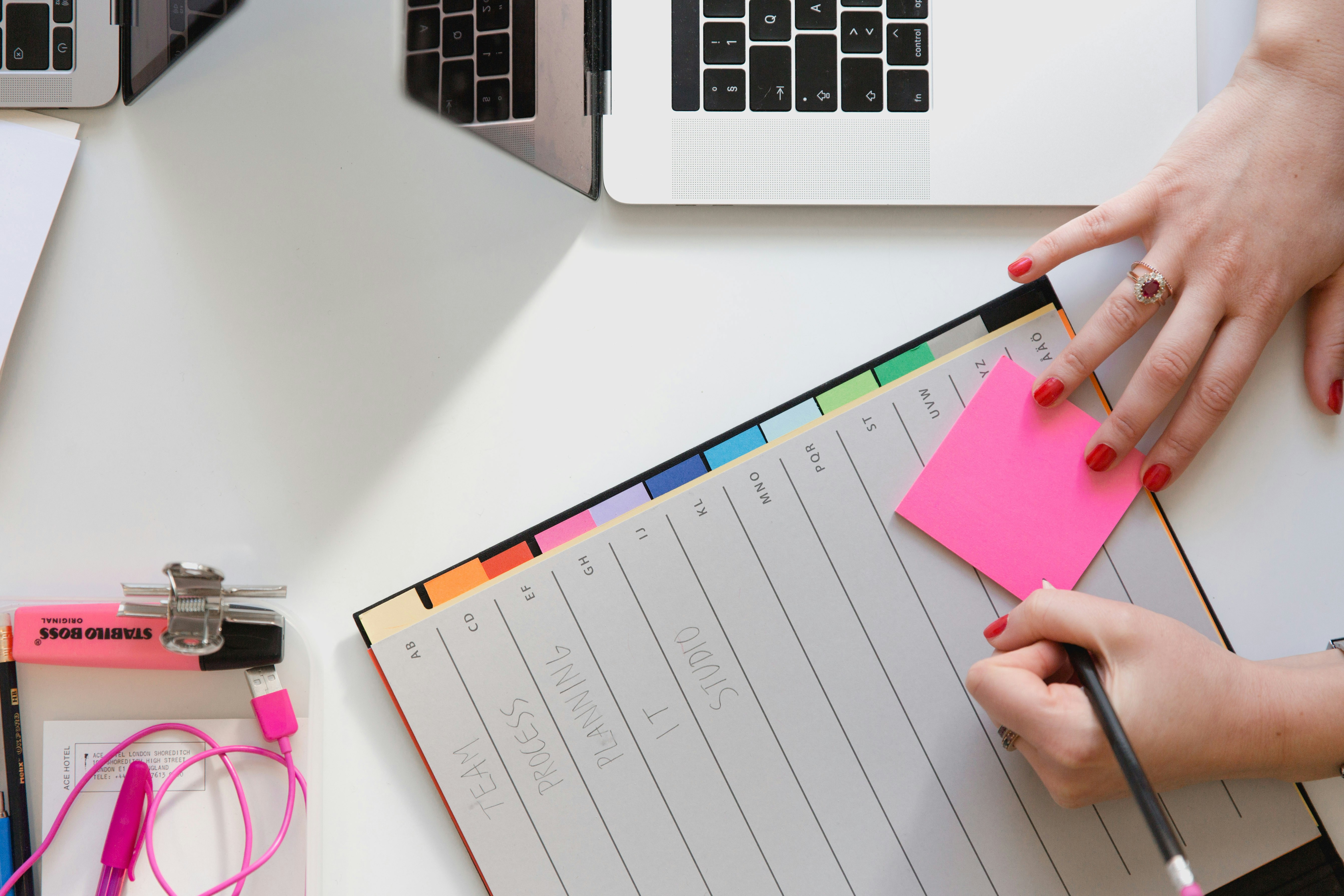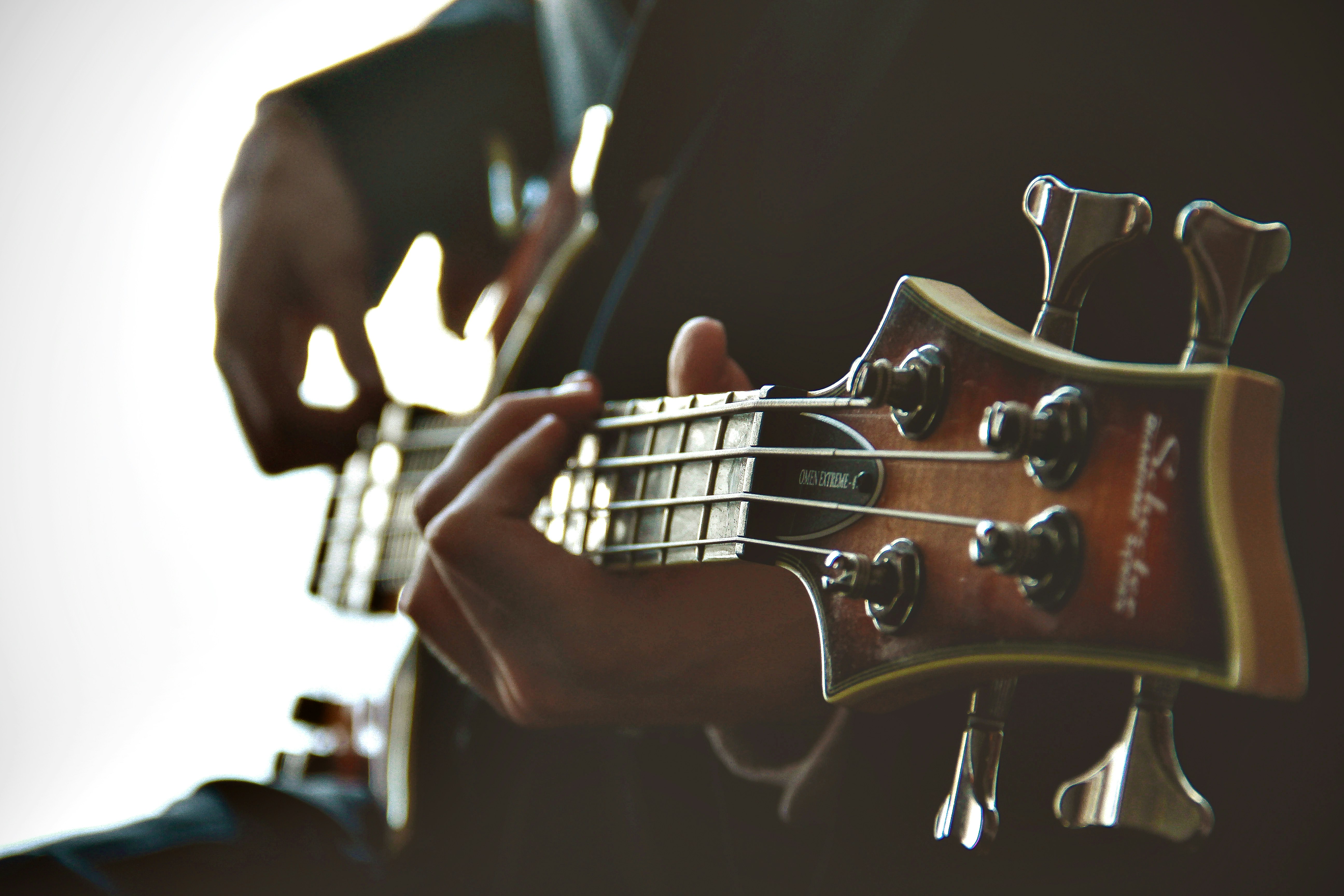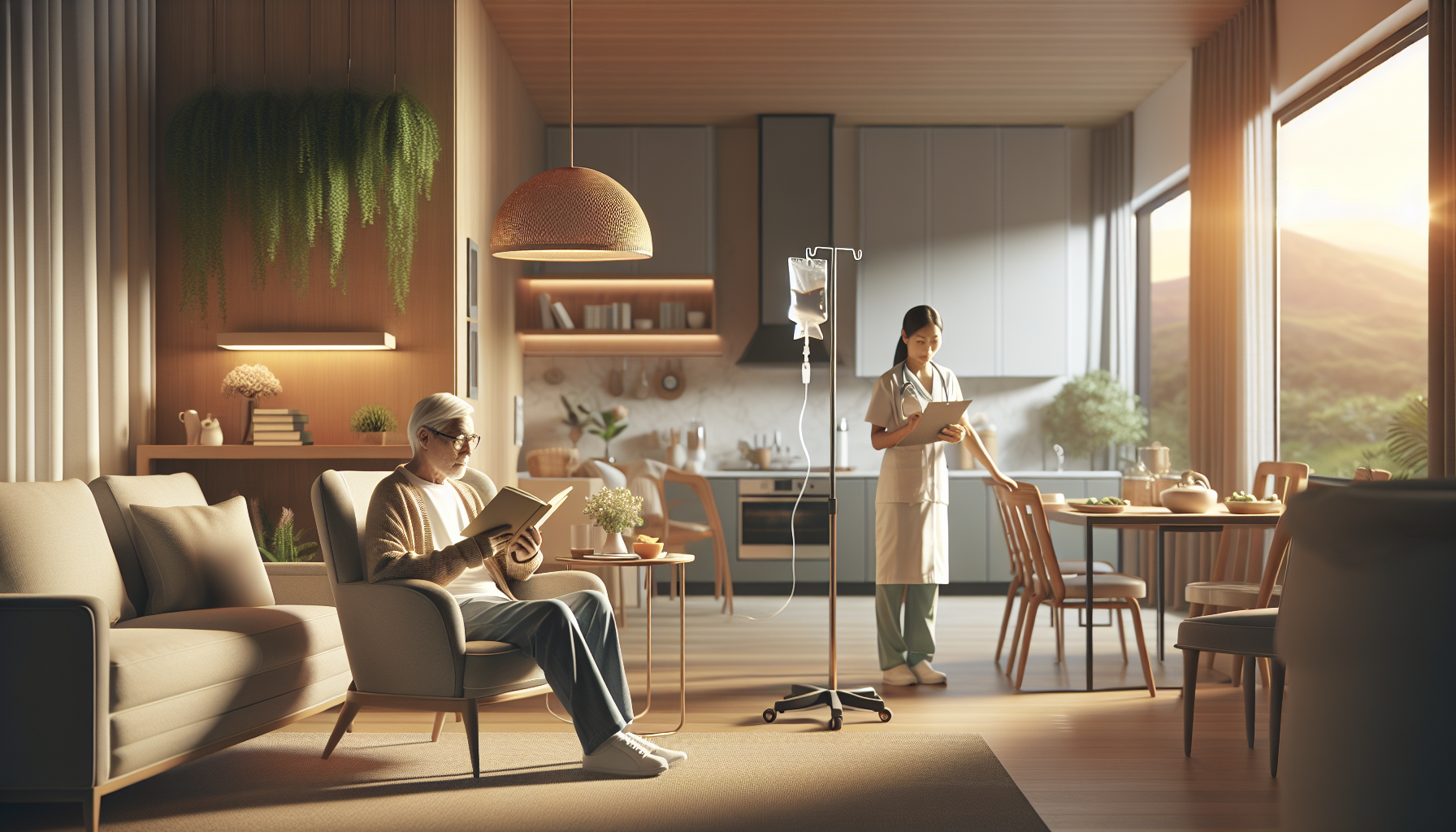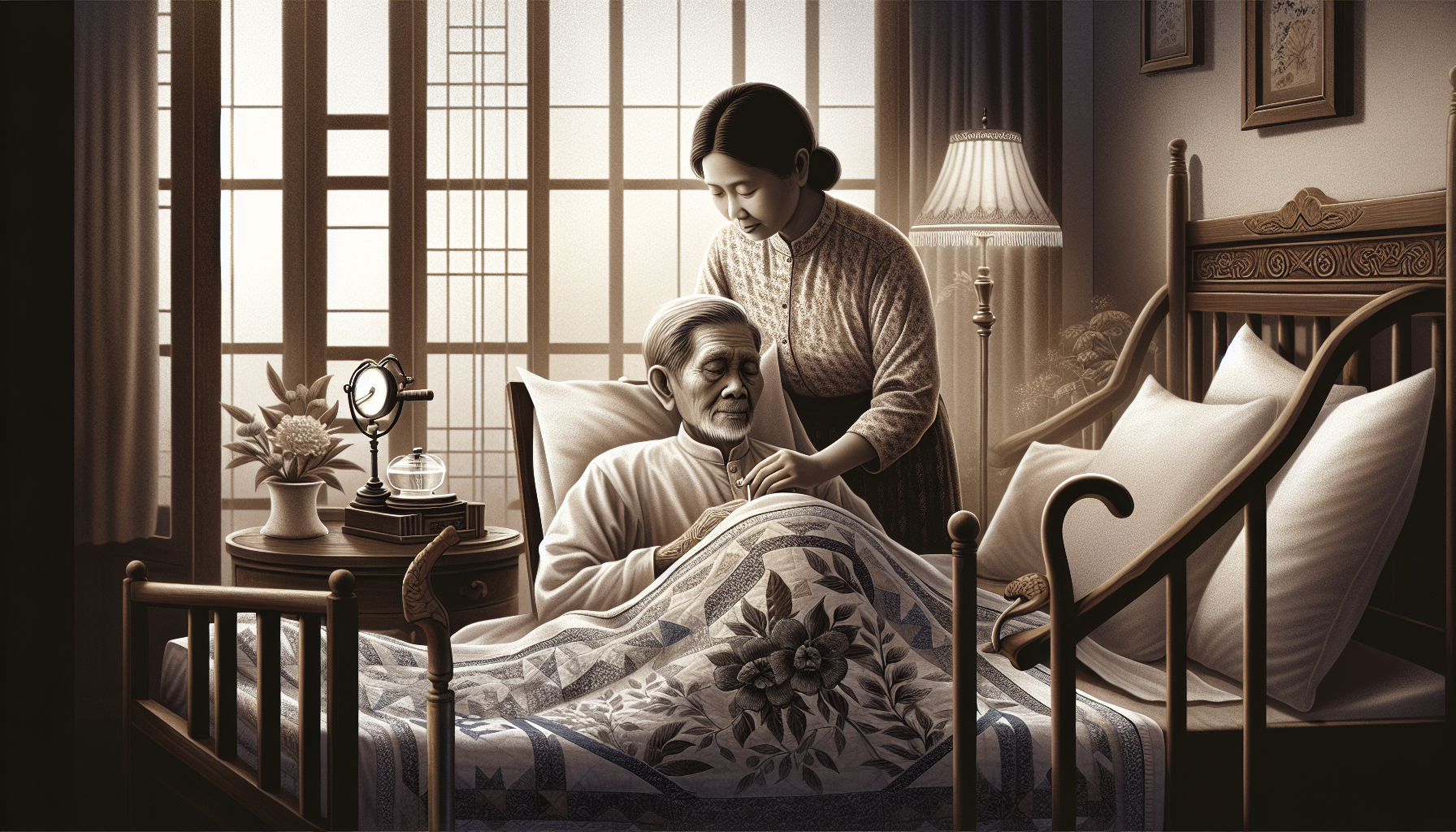What Causes High Blood Pressure In Older Adults?
Let's break down what makes blood pressure tick and why it tends to rise as we age.
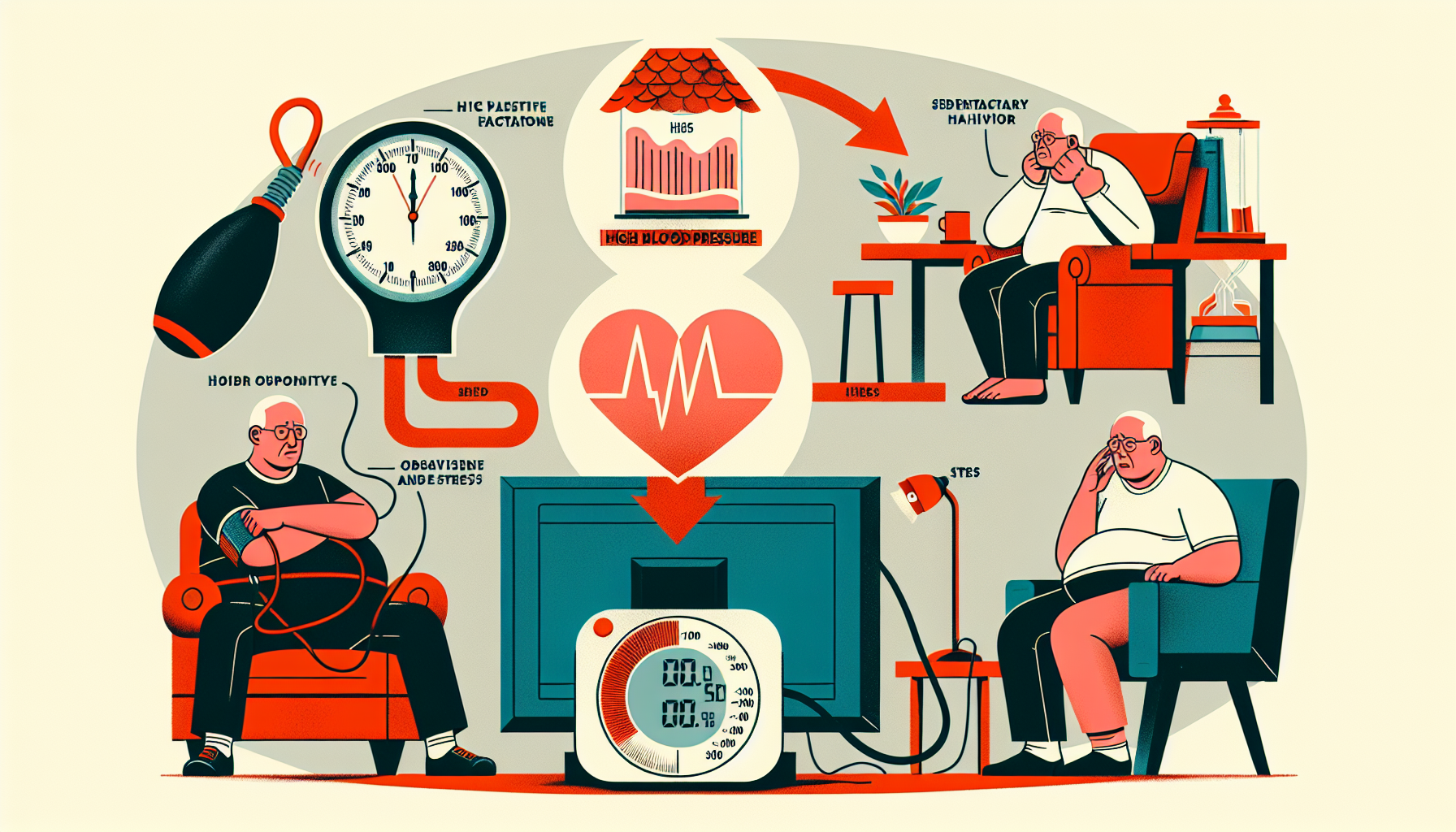
Getting a Grip on High Blood Pressure in Seniors
Blood pressure is all about how hard your heart works and how tight your arteries are. When your heart pumps more blood and your arteries are narrow, your blood pressure goes up. It's measured with two numbers: systolic (the top one) and diastolic (the bottom one). Systolic pressure is the force when your heart beats, and diastolic pressure is the force when your heart rests between beats.
Types of High Blood Pressure
There are two main types: primary (or essential) hypertension and secondary hypertension. According to Mayo Clinic, primary hypertension is the most common, making up 95% of cases in the U.S. This type usually creeps up over time and is often linked to lifestyle choices like eating too much salt.
Secondary hypertension, on the other hand, hits harder and faster. It's caused by other health issues or medications. For example, conditions like preeclampsia during pregnancy can lead to secondary hypertension. Figuring out the root cause is key to managing it effectively.
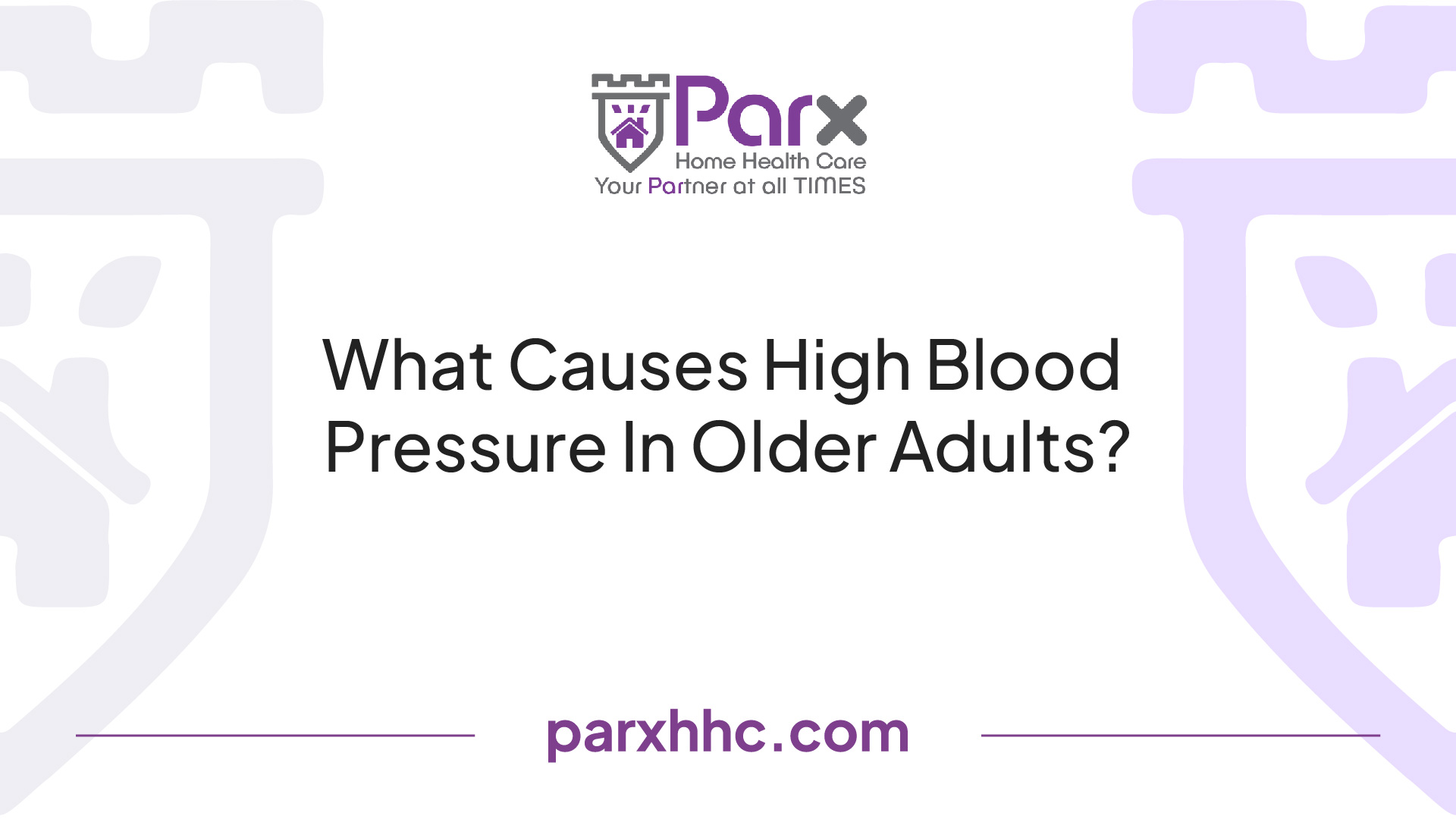
As we get older, the chances of having high blood pressure go up. About 70% of folks over 65 have it [1]. It's also more common and severe in African Americans, often starting earlier than in other groups.
Knowing the basics of blood pressure and its types helps caregivers and seniors understand what’s going on. Next, we'll look into the genetic, environmental, and lifestyle factors that can lead to high blood pressure in older adults.
Why Your Blood Pressure is Skyrocketing?
High blood pressure, or hypertension, in older folks can be a real pain. It's not just one thing causing it; it's a mix of your genes, your environment, and how you live your life.
Blame It on Your Genes
Your family tree might be part of the problem. There are over 100 genetic tweaks linked to hypertension, but none of them are the main culprits. One big player is the renin-angiotensin-aldosterone system, which messes with your blood pressure control. But don’t go blaming your parents entirely—genes are just one piece of the puzzle.
Your Environment's Got a Say
Where you live and how you live can crank up your blood pressure too. Factors like race, age, how active you are, how much you drink, your salt intake, weight, diabetes, and even sleep apnea all play a role. Keeping your weight in check, moving around more, cutting back on booze, and watching your salt can all help keep your blood pressure in line.
Lifestyle Choices Matter
What you do every day matters a lot. Living heart-healthy can counteract those pesky genes. Regular exercise, quitting smoking, and eating less salt are key. Even if you’re genetically prone to high blood pressure, these changes can make a big difference.
And let's not forget about monogenic hypertension. This type is caused by a single genetic glitch passed down from a parent and makes up about 30% of hypertension cases. It often messes with your electrolytes, like potassium [2]. Each type of monogenic hypertension has its own quirks and symptoms.
Taking Control
Knowing what’s driving your high blood pressure is half the battle. By tackling genetic, environmental, and lifestyle factors, you can take charge of your health. Regular check-ups and following your doctor’s advice, including taking prescribed meds, can help keep your blood pressure in check and avoid complications.
How Your Diet Can Tame High Blood Pressure?
Eating right can be a game-changer for managing high blood pressure, especially for older folks. What you put on your plate can either crank up your blood pressure or help keep it in check. Let's break down how the DASH diet, sodium, and your favorite drinks like alcohol and caffeine play into this.
The DASH Diet: Your Blood Pressure's Best Friend
The DASH diet (Dietary Approaches to Stop Hypertension) isn't just a fancy name—it's a proven way to lower blood pressure and bad cholesterol, which are big-time culprits behind heart disease and strokes [3].
So, what's on the menu? Think fruits, veggies, whole grains, lean meats, and low-fat dairy. These foods pack a punch with minerals like potassium, calcium, and magnesium, all known to help lower blood pressure. The diet also says "no thanks" to foods loaded with sodium, added sugars, and saturated fats.
To stick to the DASH diet, go for low-sodium and low-fat options while loading up on fruits, veggies, and whole grains. This simple shift can make a big difference in your blood pressure. For more tips, check out our article on government grants for elderly care.
Sodium: The Sneaky Blood Pressure Booster
Too much sodium is like adding fuel to the fire when it comes to high blood pressure. It makes your body hold onto extra fluid, which ups your blood volume and, you guessed it, your blood pressure.
The DASH diet suggests keeping sodium under 2,300 milligrams (mg) a day, but going even lower to 1,500 mg can be better [3]. To cut back, choose fresh foods over processed ones and use herbs and spices instead of salt to jazz up your meals.
Cutting down on sodium can really help manage high blood pressure. For more on this, see our article on government programs for seniors home repairs.
Alcohol and Caffeine: Handle with Care
Too much booze can send your blood pressure soaring. Men should stick to two drinks a day max, and women should aim for one or less. Moderation is key.
Caffeine is a bit of a wild card. It can cause a short-term spike in blood pressure, but its long-term effects aren't clear. Keep an eye on how caffeine affects you and consider cutting back if you notice a problem.
Being smart about alcohol and caffeine can help keep your blood pressure in check. For more tips on managing high blood pressure, including how to avoid heat stroke, check out our article on government assistance for low-income seniors.
By eating right, cutting back on sodium, and being mindful of your alcohol and caffeine intake, you can take control of your blood pressure. These changes, along with other healthy habits, can lead to better overall health. Always talk to your doctor for advice tailored to your needs.
Health Risks and Complications
High blood pressure, or hypertension, is often called a "silent killer" because it usually sneaks up on you without any symptoms. This sneaky nature can lead to serious health problems if ignored. It's crucial for older adults to get the lowdown on these risks and why regular check-ups are a must.
The Sneaky Nature of High Blood Pressure
High blood pressure often flies under the radar, showing no obvious signs. This makes it tough to spot without regular check-ups. Even without symptoms, high blood pressure quietly wreaks havoc on your blood vessels, upping the risk of various health issues.
Health Risks of High Blood Pressure
If left unchecked, high blood pressure can lead to a host of health problems. Over time, it puts a strain on your heart, which can lead to heart disease, heart attacks, and heart failure. It can also damage blood vessels, increasing the risk of stroke, kidney disease, and vision problems. Plus, it can contribute to other serious conditions like diabetes and dementia.
Why Regular Monitoring Matters
Keeping an eye on your blood pressure is key if you've been diagnosed with hypertension. Regular monitoring helps you stay on top of your numbers, spot any changes, and see how well your lifestyle tweaks and treatments are working. It's a good idea to team up with healthcare pros to set up a monitoring schedule and discuss your target blood pressure range [4].
Using a home blood pressure monitor is a great way to keep tabs on your readings between doctor visits. This info can be super helpful for your healthcare team and guide your treatment plan. Regular monitoring puts you in the driver's seat, letting you make necessary lifestyle and medication adjustments as advised by your healthcare team.
By understanding the sneaky nature of high blood pressure, the associated health risks, and the importance of regular monitoring, older adults can take proactive steps to manage their blood pressure effectively. Adopting a heart-healthy lifestyle, including a balanced diet, regular exercise, stress management, and sticking to your meds, can significantly cut the risk of complications tied to high blood pressure. Regular monitoring is a valuable tool in keeping your blood pressure in check and staying healthy.
Managing and Treating High Blood Pressure in Older Adults
Taking care of high blood pressure in older adults often means mixing lifestyle tweaks with, sometimes, a bit of medication. It's a lifelong gig, and you gotta team up with your healthcare pro to keep things in check.
Lifestyle Changes for Blood Pressure Control
Living heart-healthy is key to keeping blood pressure in line. Here’s what you can do:
- DASH Diet: The DASH (Dietary Approaches to Stop Hypertension) diet is all about eating smart. Think fruits, veggies, whole grains, lean proteins, and low-fat dairy. This diet can really help lower blood pressure and cut down the risk of heart disease and stroke. Check out our piece on government grants for elderly care for more info.
Data from Mayo Clinic
- Cut Down on Salt: Too much salt can crank up your blood pressure. Aim for no more than 2,300 mg of sodium a day. If you’ve got hypertension, try to stick to 1,500 mg. More details in our article on government programs for seniors home repairs.
- Watch the Booze and Caffeine: Drinking too much alcohol can spike your blood pressure. Men should stick to two drinks a day, and women to one. Caffeine’s a bit of a wild card—it might cause a short-term bump in blood pressure. Keep an eye on how it affects you. For more, see our article on government assistance for low-income seniors.
Medication for High Blood Pressure
Sometimes, lifestyle changes just aren’t enough. That’s where meds come in. Your doc will pick the right type and dose based on what you need.
Common meds for high blood pressure include:
- Diuretics: These help your body get rid of extra sodium and water, lowering blood pressure.
- ACE Inhibitors: They relax your blood vessels, making it easier for blood to flow.
- ARBs: These block a hormone that narrows blood vessels, helping to lower blood pressure.
- Calcium Channel Blockers: They relax and widen blood vessels, making blood flow easier.
- Beta-Blockers: These slow down your heart rate and reduce the force of heartbeats, lowering blood pressure.
Always take your meds as prescribed and keep up with regular check-ups to monitor and adjust as needed. For more, see our article on how to prevent heat stroke?.
Lifelong Commitment to Managing Blood Pressure
Managing high blood pressure isn’t a one-and-done deal. It’s a lifelong commitment. Stick to those lifestyle changes, keep an eye on your blood pressure, and stay in touch with your healthcare team. By living heart-healthy, you can manage high blood pressure and lower the risk of heart disease, stroke, kidney issues, and other serious health problems. The goal? Keep your blood pressure in a healthy range and give seniors the best care possible.
Hypertensive Crisis and Emergency
When dealing with high blood pressure in older adults, it's crucial to be aware of the possibility of a hypertensive crisis. This is a medical emergency where blood pressure spikes dramatically, often exceeding 180/120 mmHg. Immediate medical attention is needed to prevent serious complications.
What is a Hypertensive Crisis?
A hypertensive crisis happens when blood pressure shoots up to dangerous levels. This sudden spike can put a lot of stress on blood vessels and organs, leading to problems like stroke, heart attack, or organ damage. Keeping an eye on blood pressure is especially important for older adults who are more likely to face this issue.
Symptoms to Watch For
Knowing the symptoms of a hypertensive crisis can save lives. Common signs include:
- Severe headache
- Chest pain
- Shortness of breath
- Vision problems
- Nausea or vomiting
- Seizures
- Confusion or changes in mental status
If any of these symptoms show up, get medical help right away.
What to Do in a Hypertensive Crisis?
If a hypertensive crisis strikes, quick action is key. Here’s what you should do:
- Call for Help: Dial emergency services or head to the nearest emergency room immediately.
- Keep Calm: Help the person stay calm and reassure them while waiting for medical help.
- Encourage Rest: Have them sit or lie down comfortably to reduce stress on the heart.
- Avoid Medication: Don’t give any medication to lower blood pressure unless a healthcare professional says so.
- Monitor Vital Signs: If you can, keep track of their blood pressure, heart rate, and breathing until help arrives. This info can be useful for the medical team.
Remember, managing a hypertensive crisis needs quick medical intervention. Always follow healthcare professionals' advice for the best outcome.
Prevention and Care
For those caring for older adults with high blood pressure, understanding the signs of a hypertensive crisis is vital. Regular blood pressure checks, sticking to prescribed medications, and maintaining a healthy lifestyle can lower the risk of hypertensive crises and other high blood pressure-related issues.
References
[1]: https://medlineplus.gov/genetics/condition/hypertension/
[2]: https://www.healthline.com/health/high-blood-pressure-hypertension/familial-hypertension
[3]: https://www.mayoclinic.org/healthy-lifestyle/nutrition-and-healthy-eating/in-depth/dash-diet/art-20048456
[4]: https://www.heart.org/en/health-topics/high-blood-pressure/changes-you-can-make-to-manage-high-blood-pressure
[5]: https://www.webmd.com/hypertension-high-blood-pressure/blood-pressure-causes
